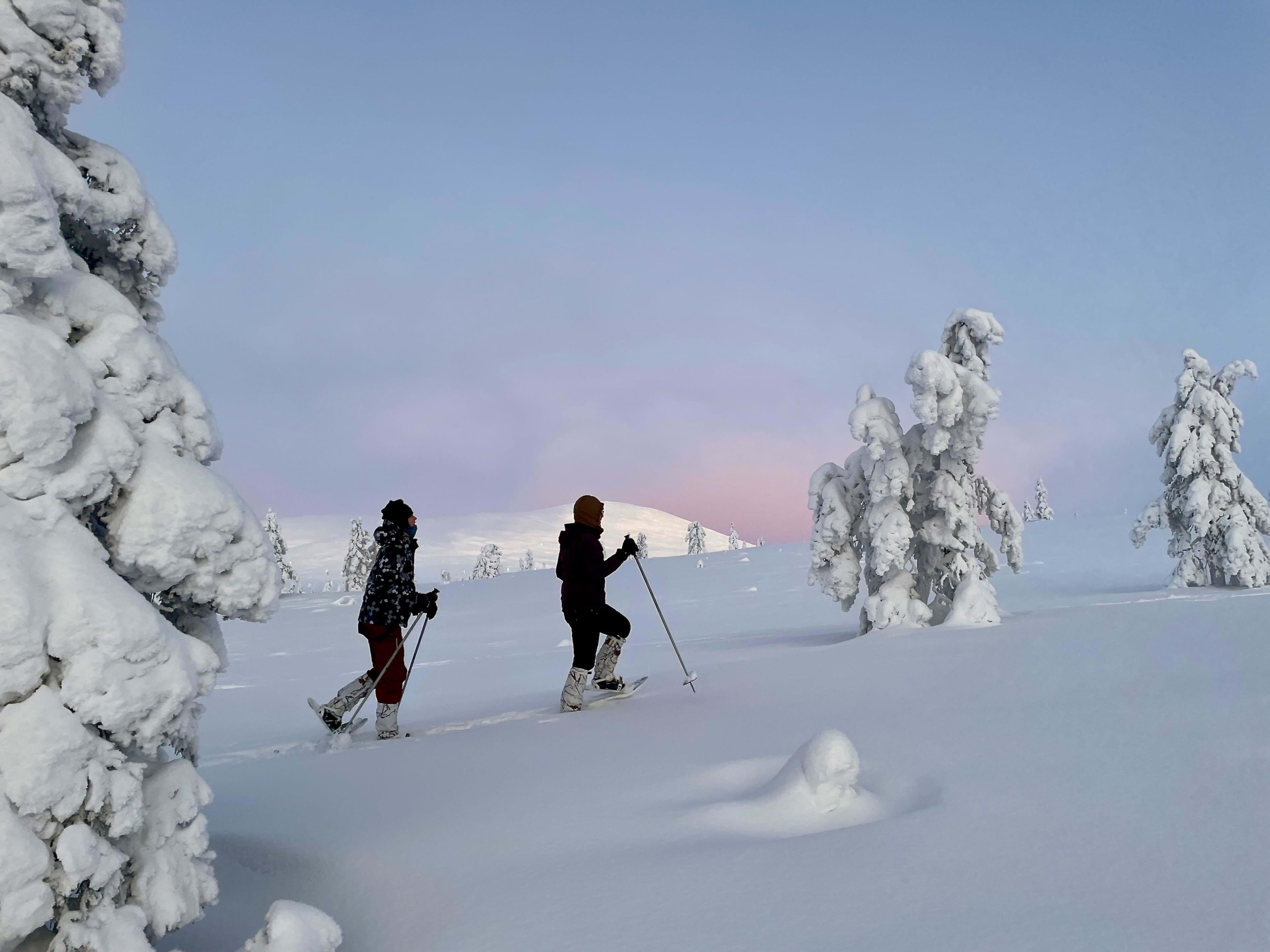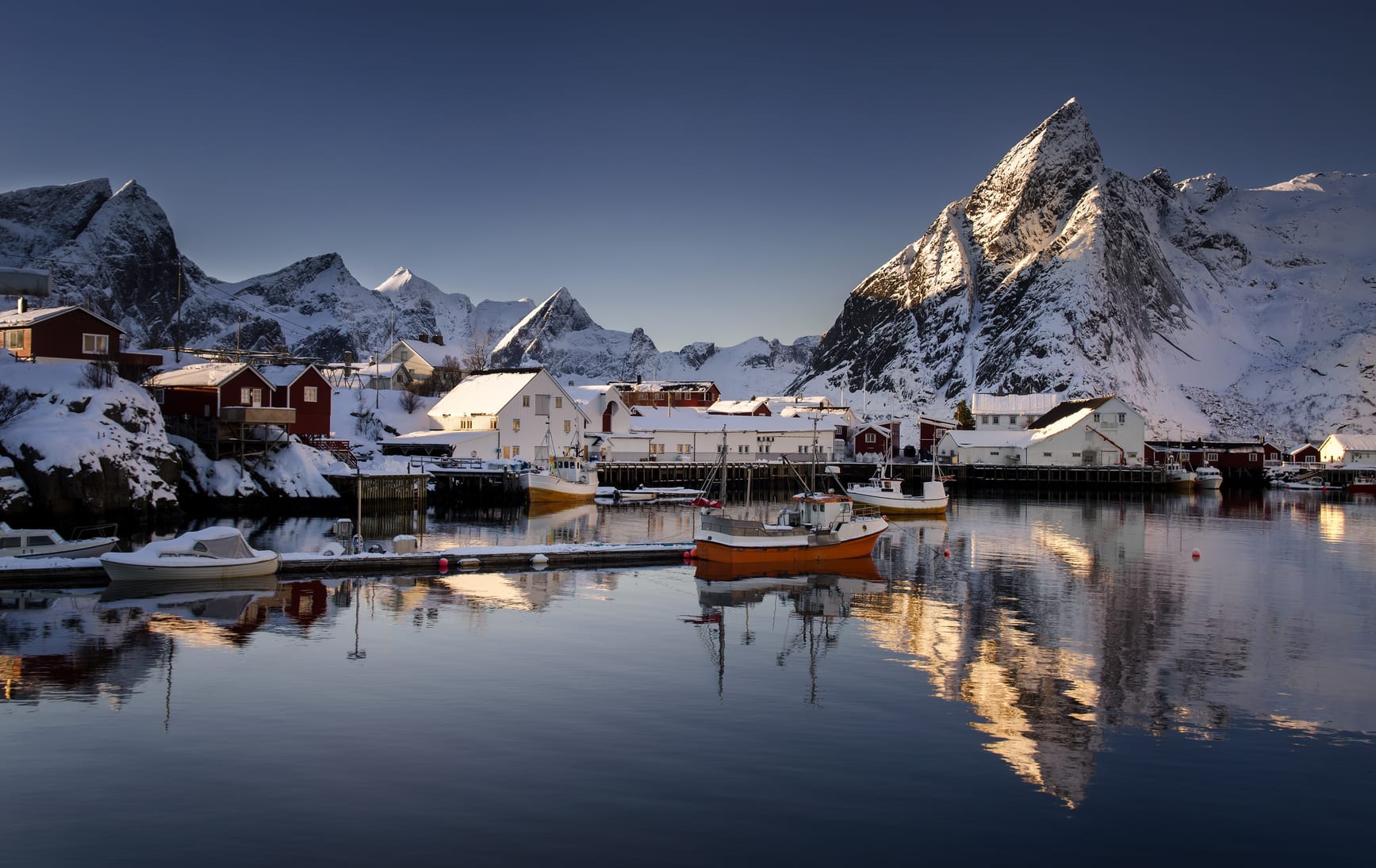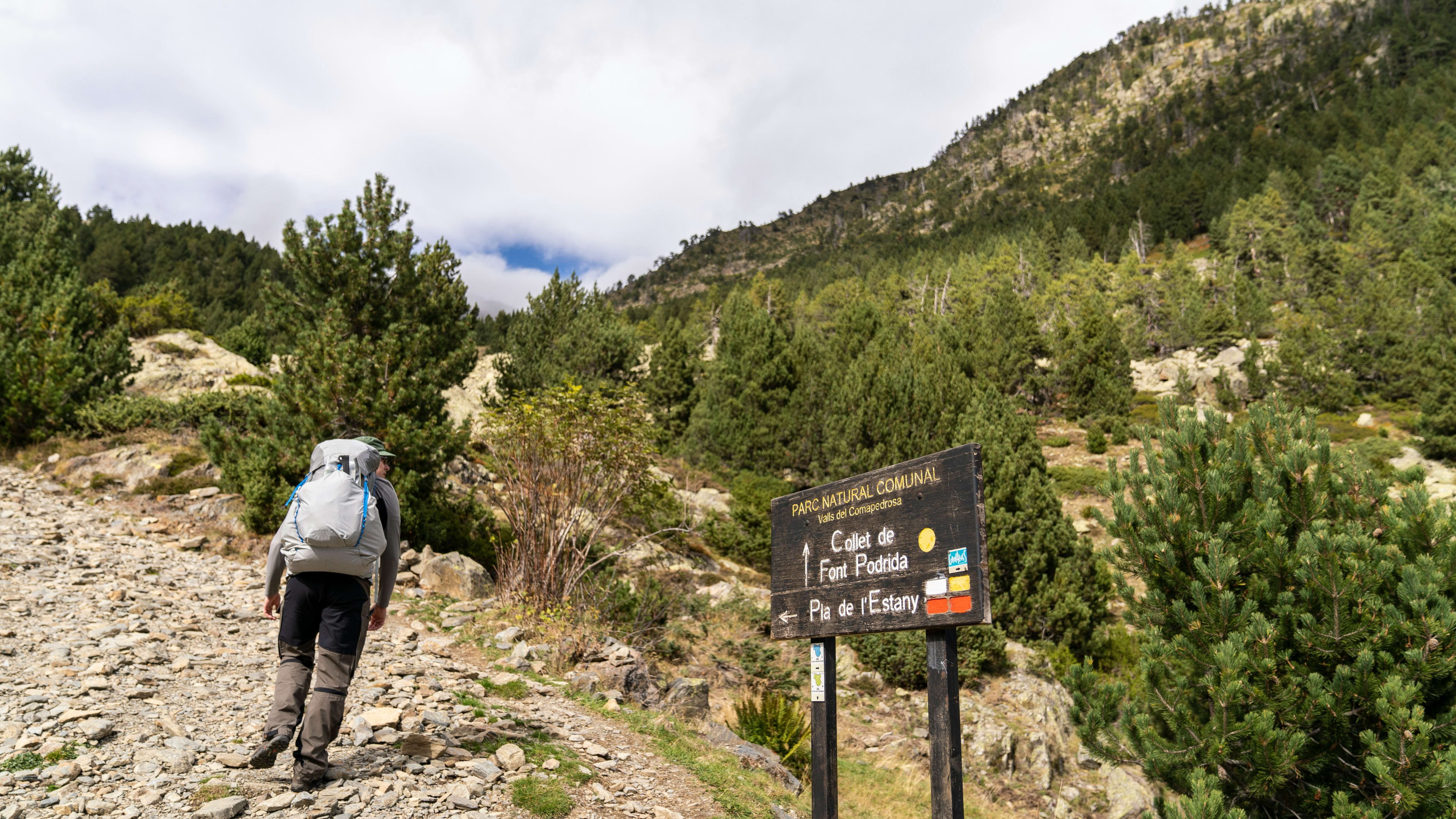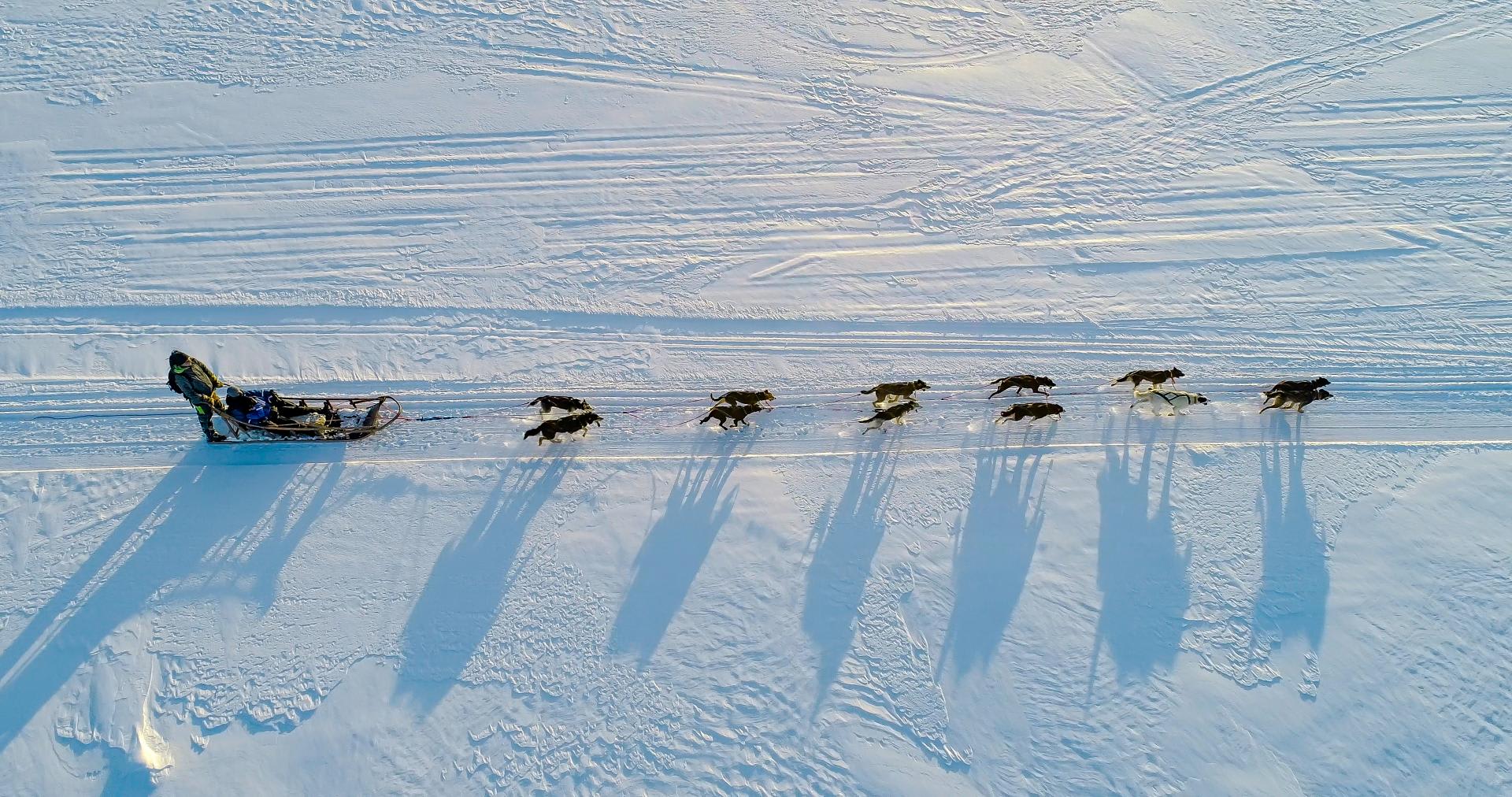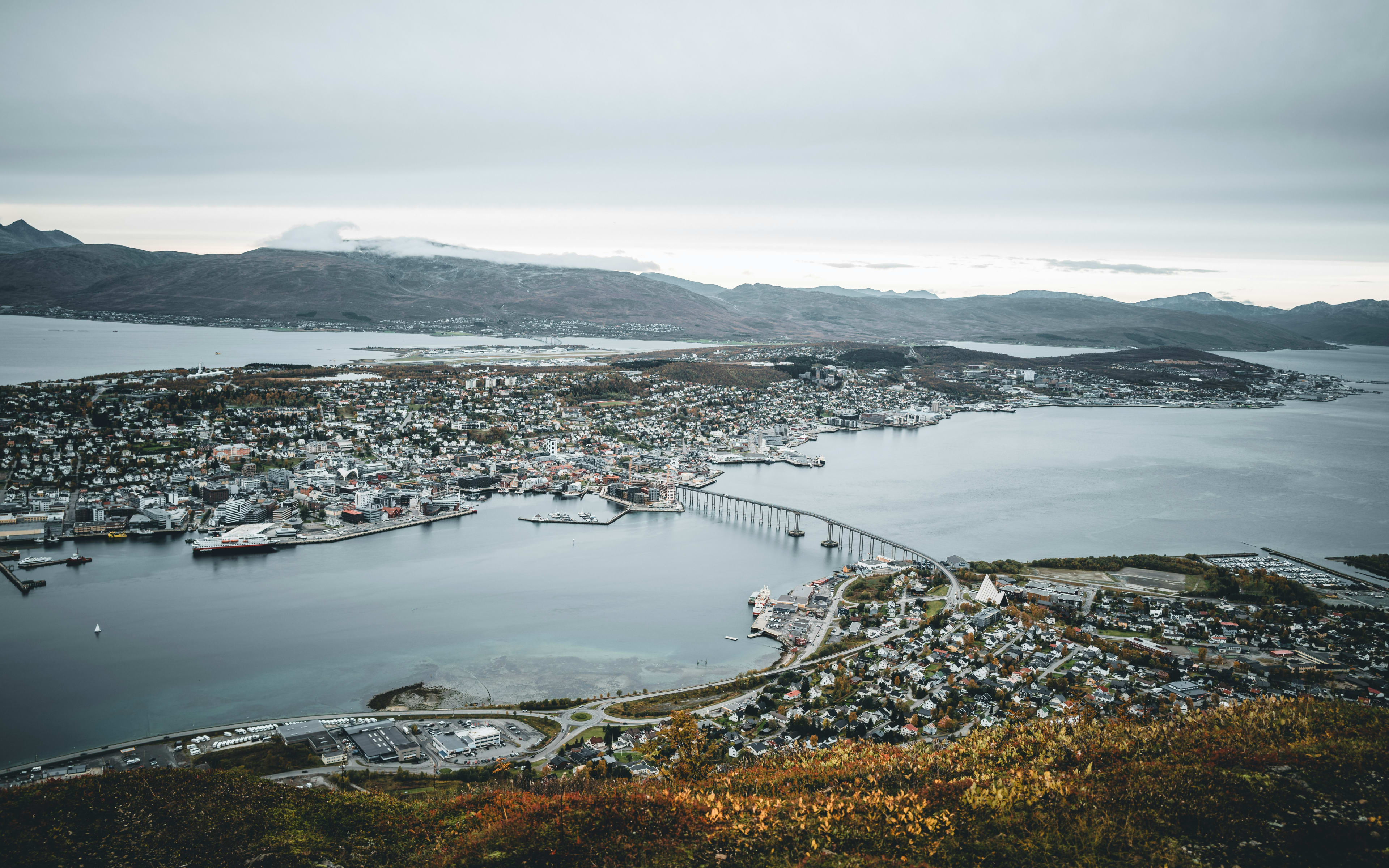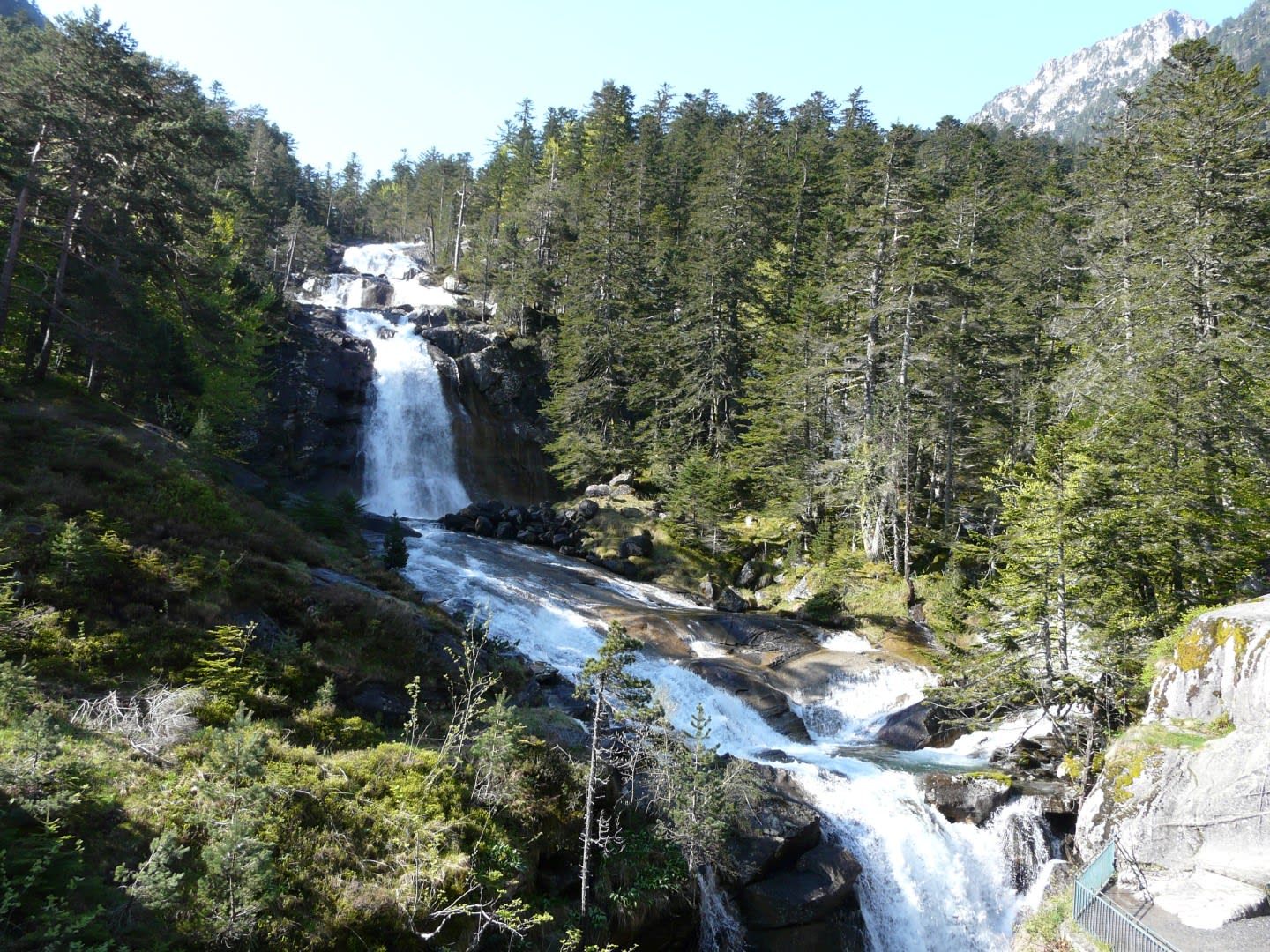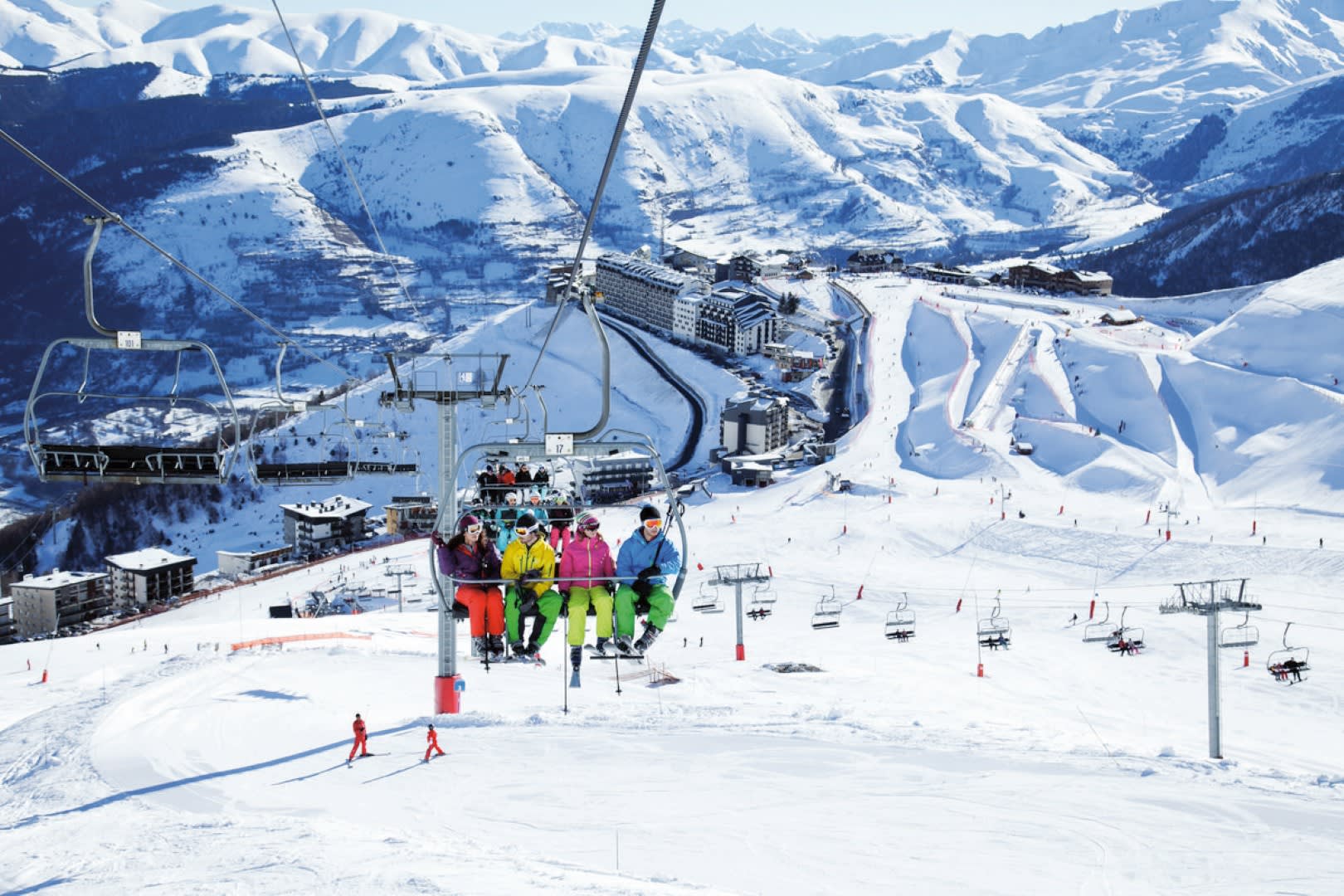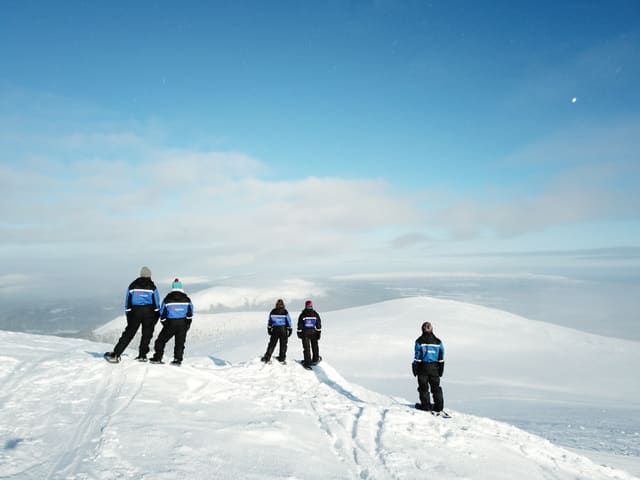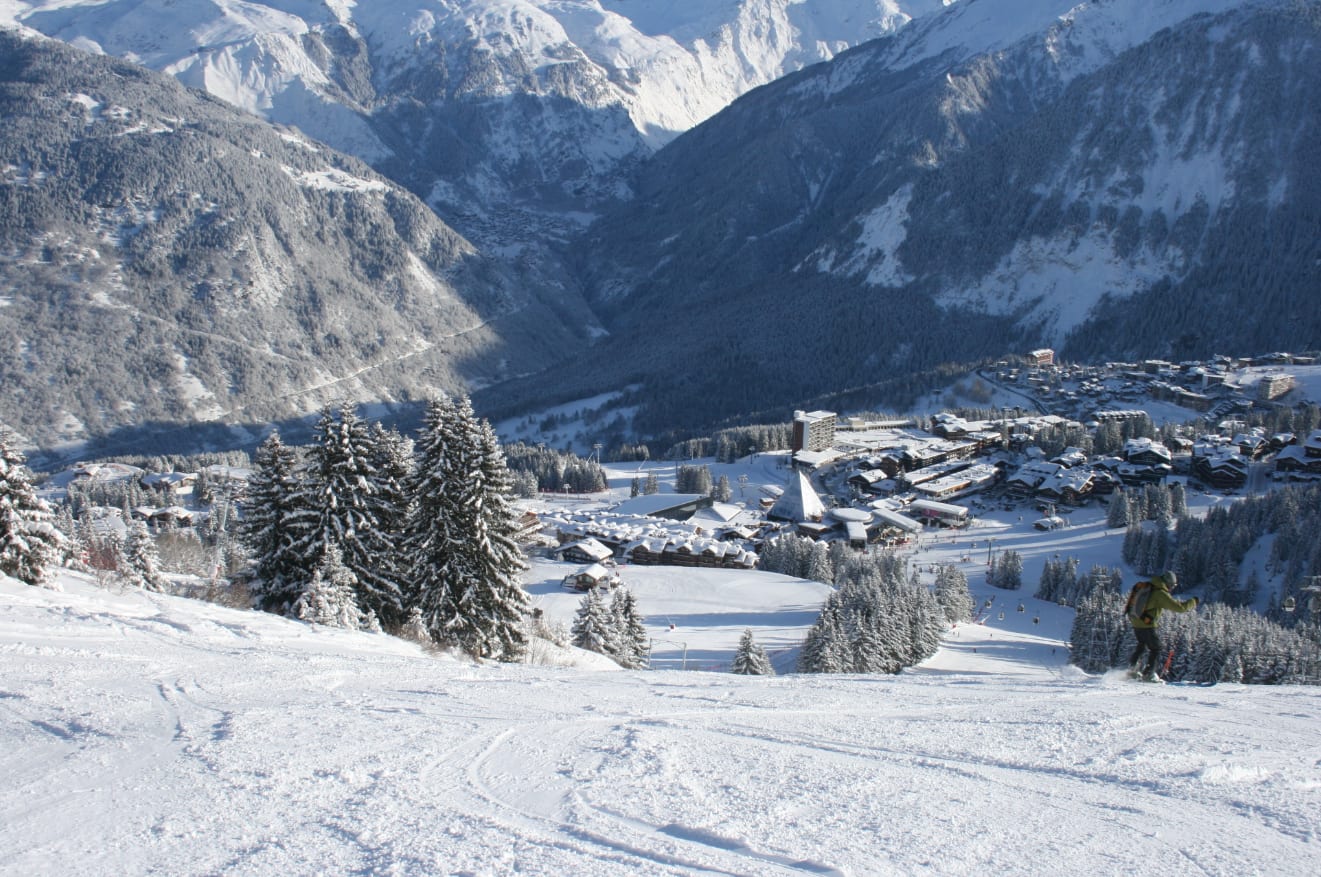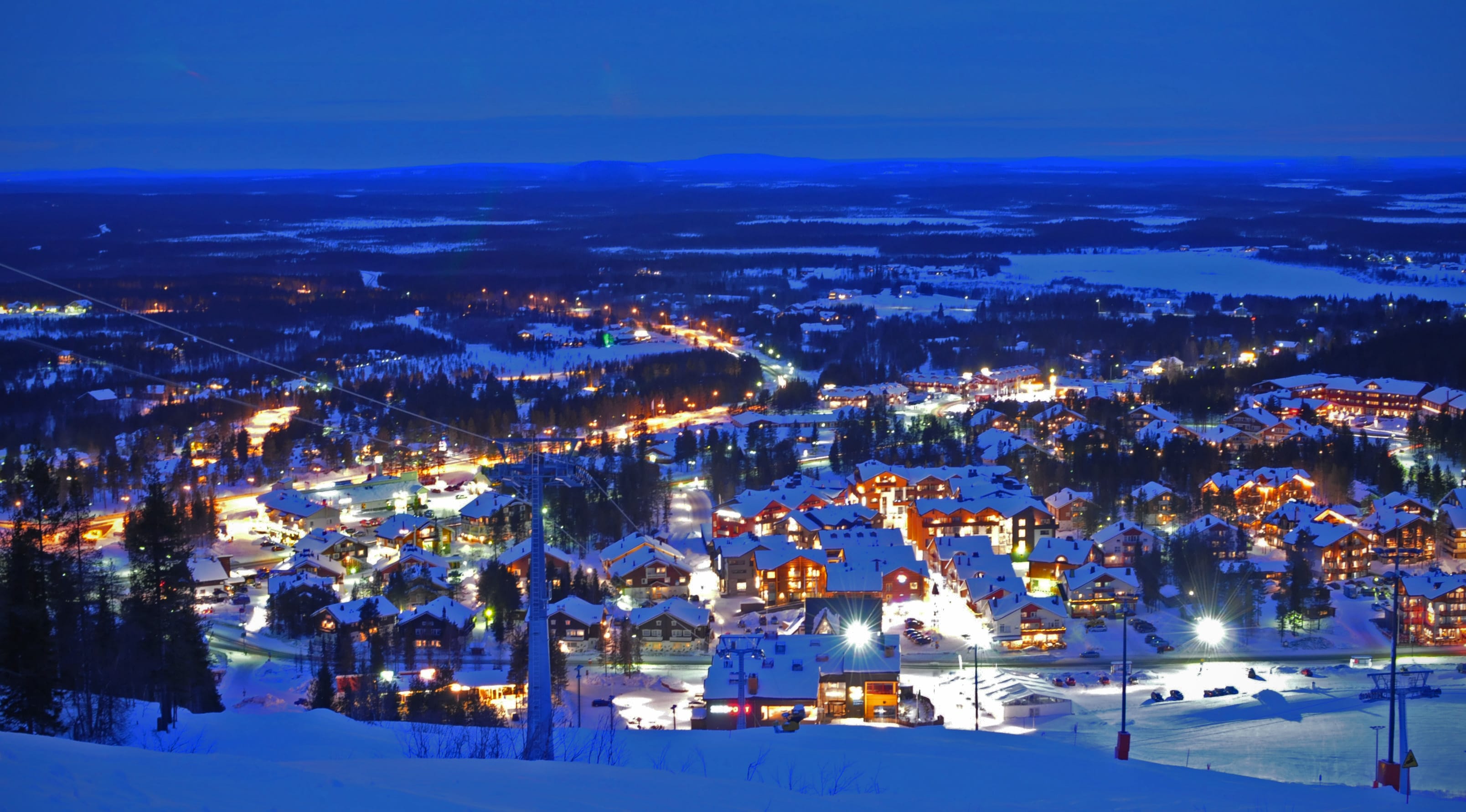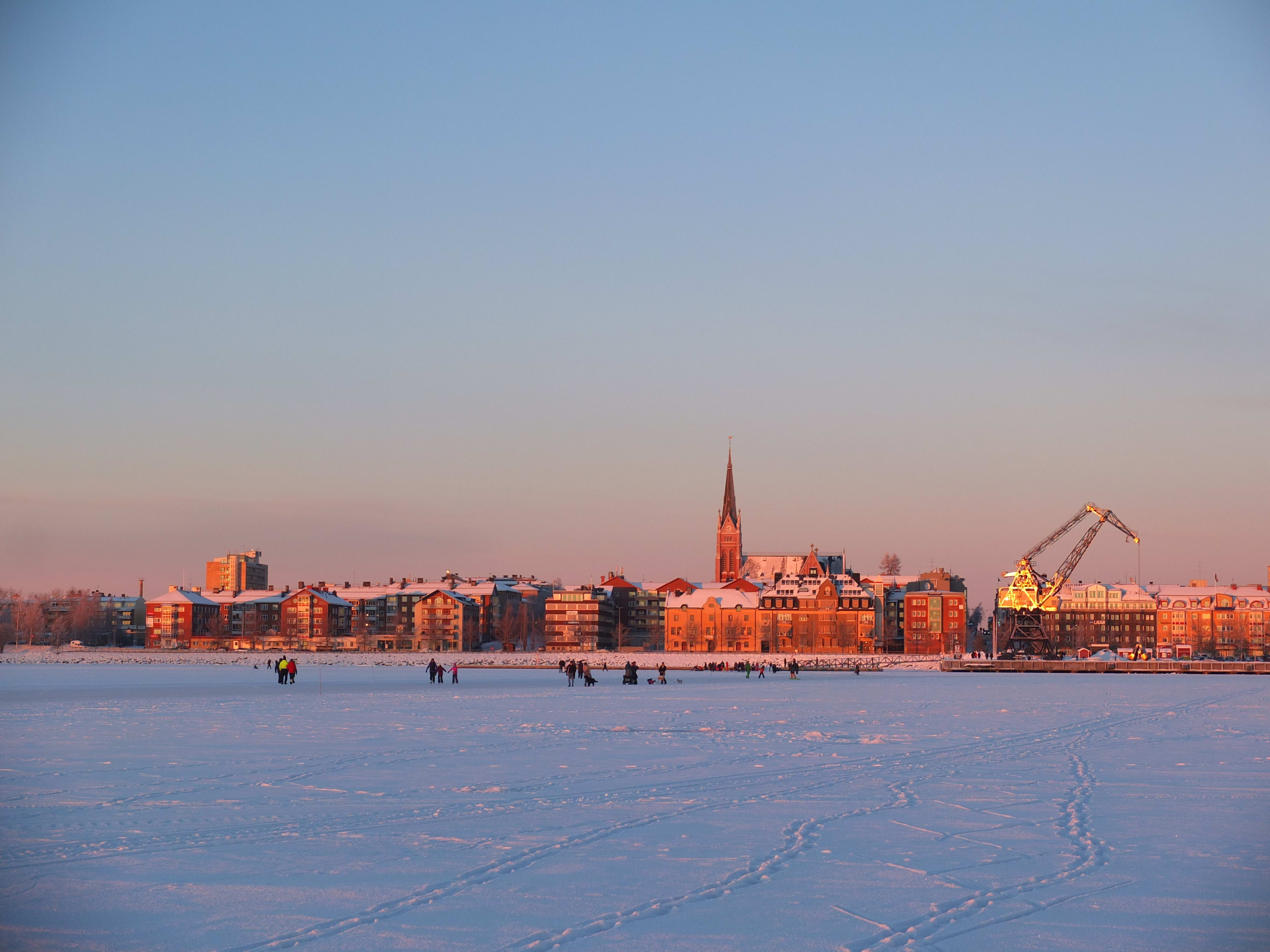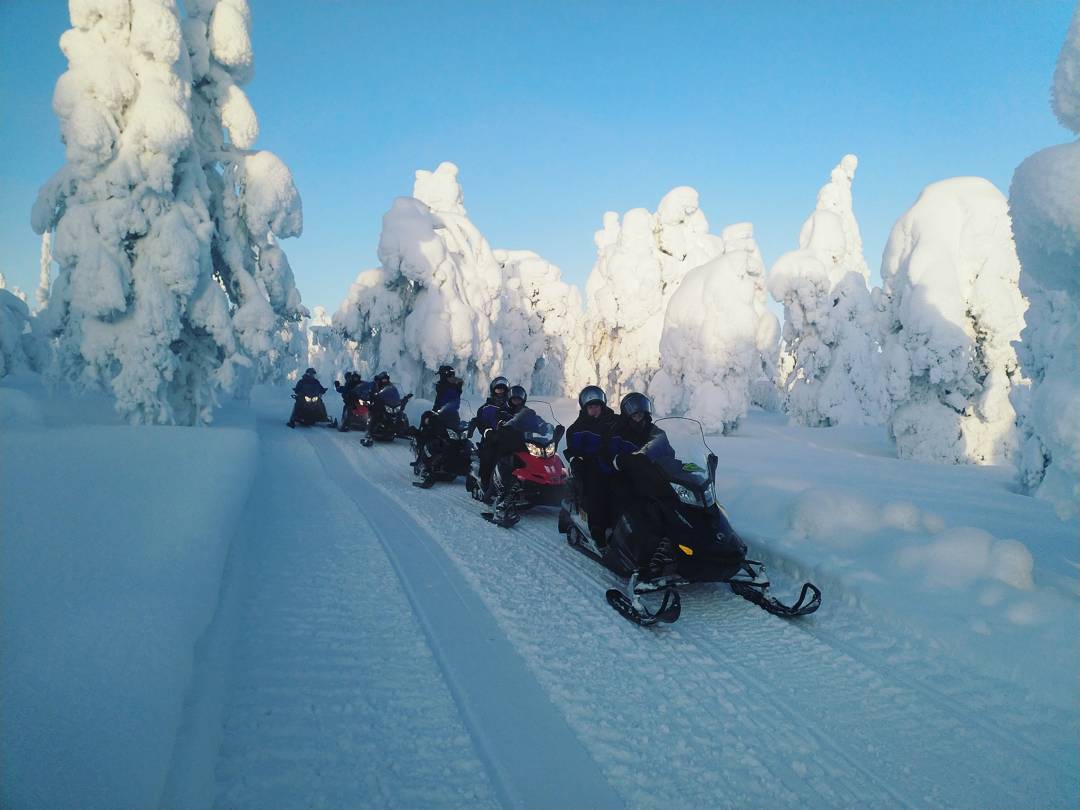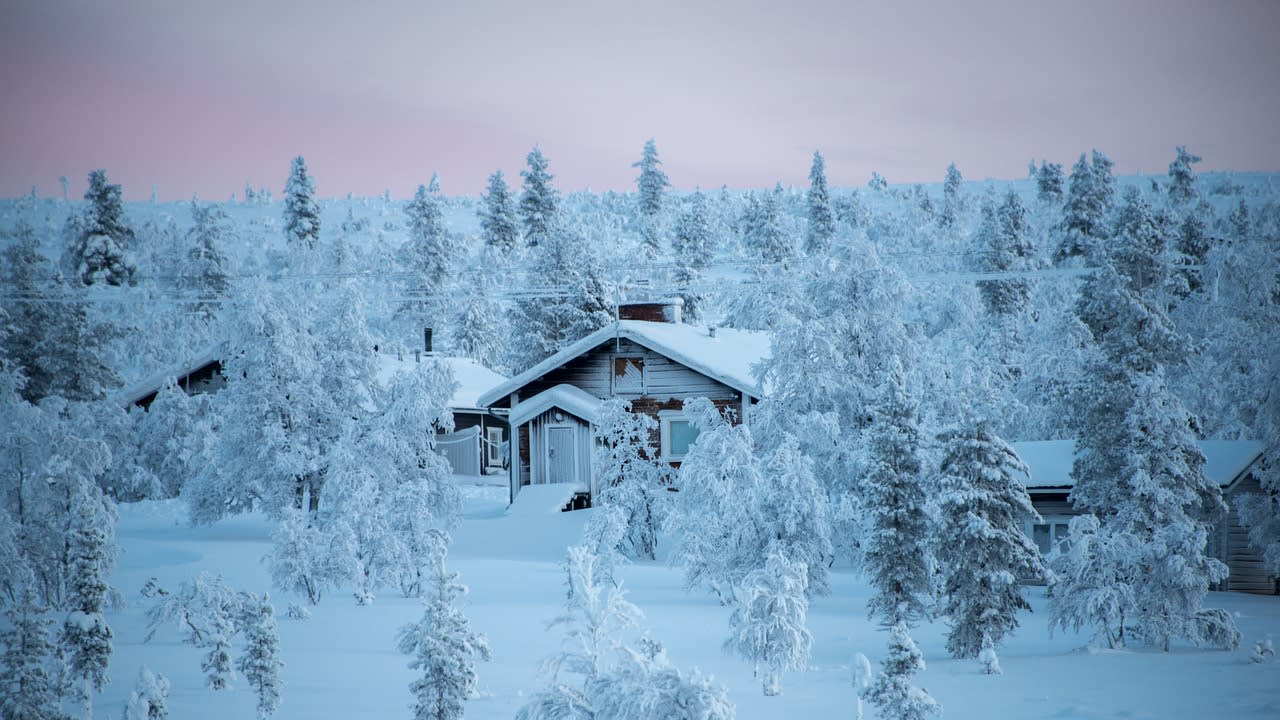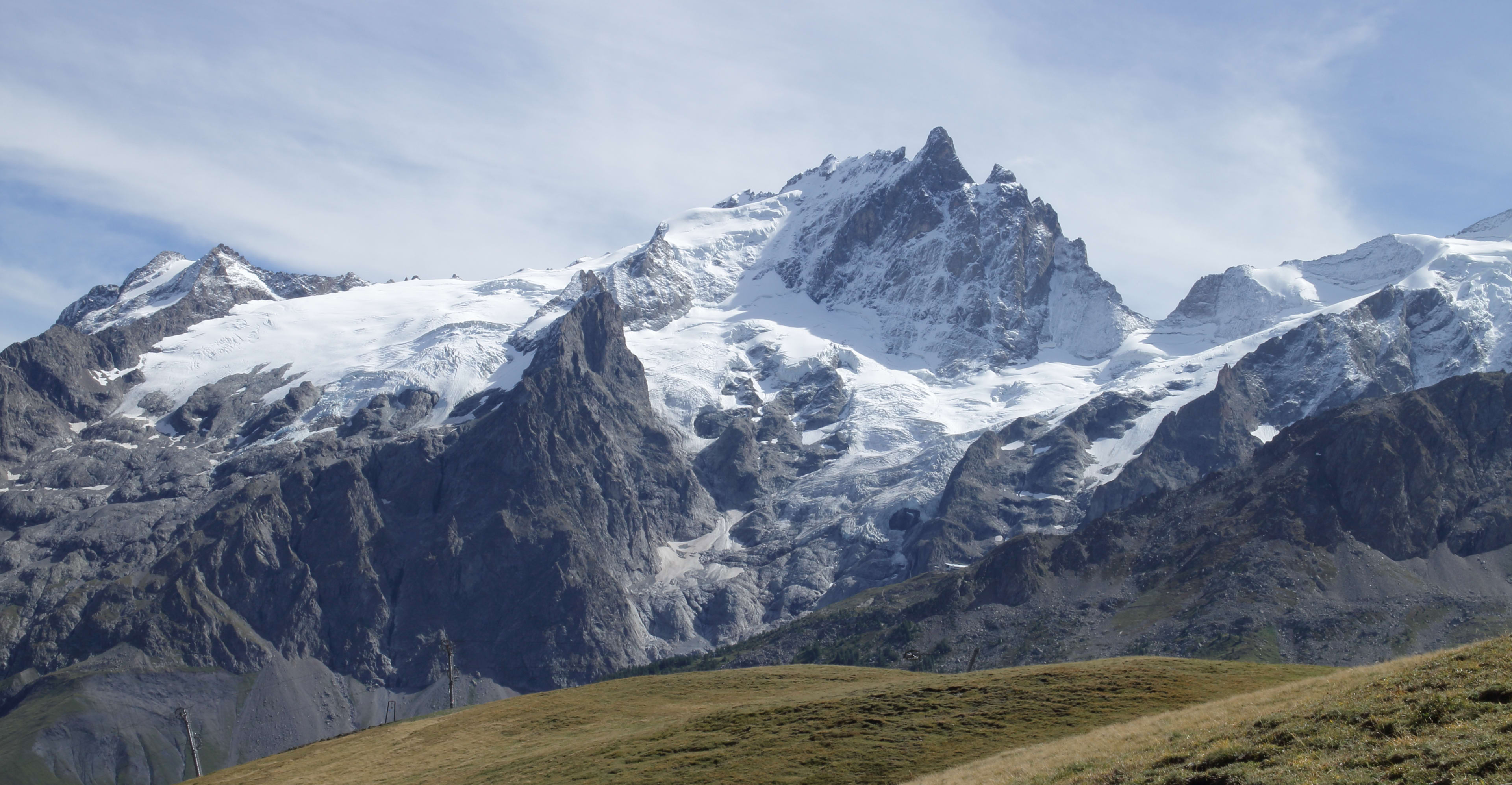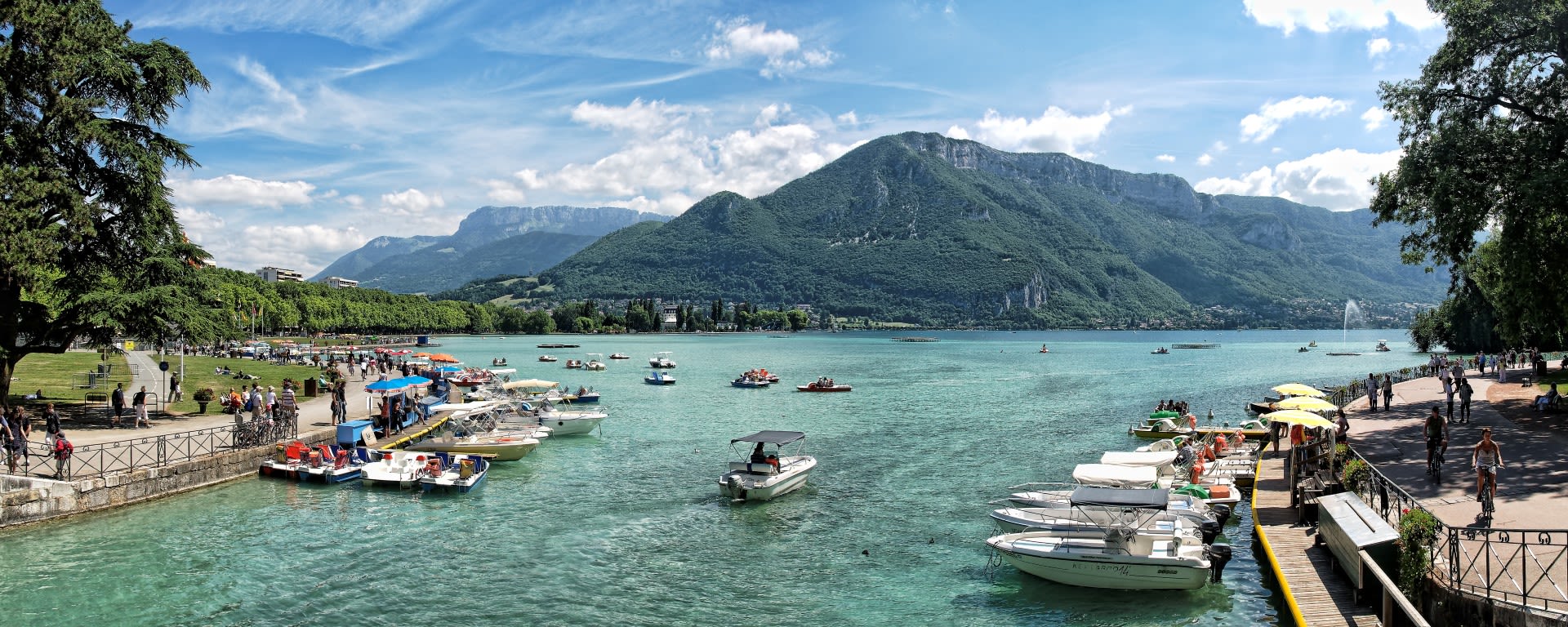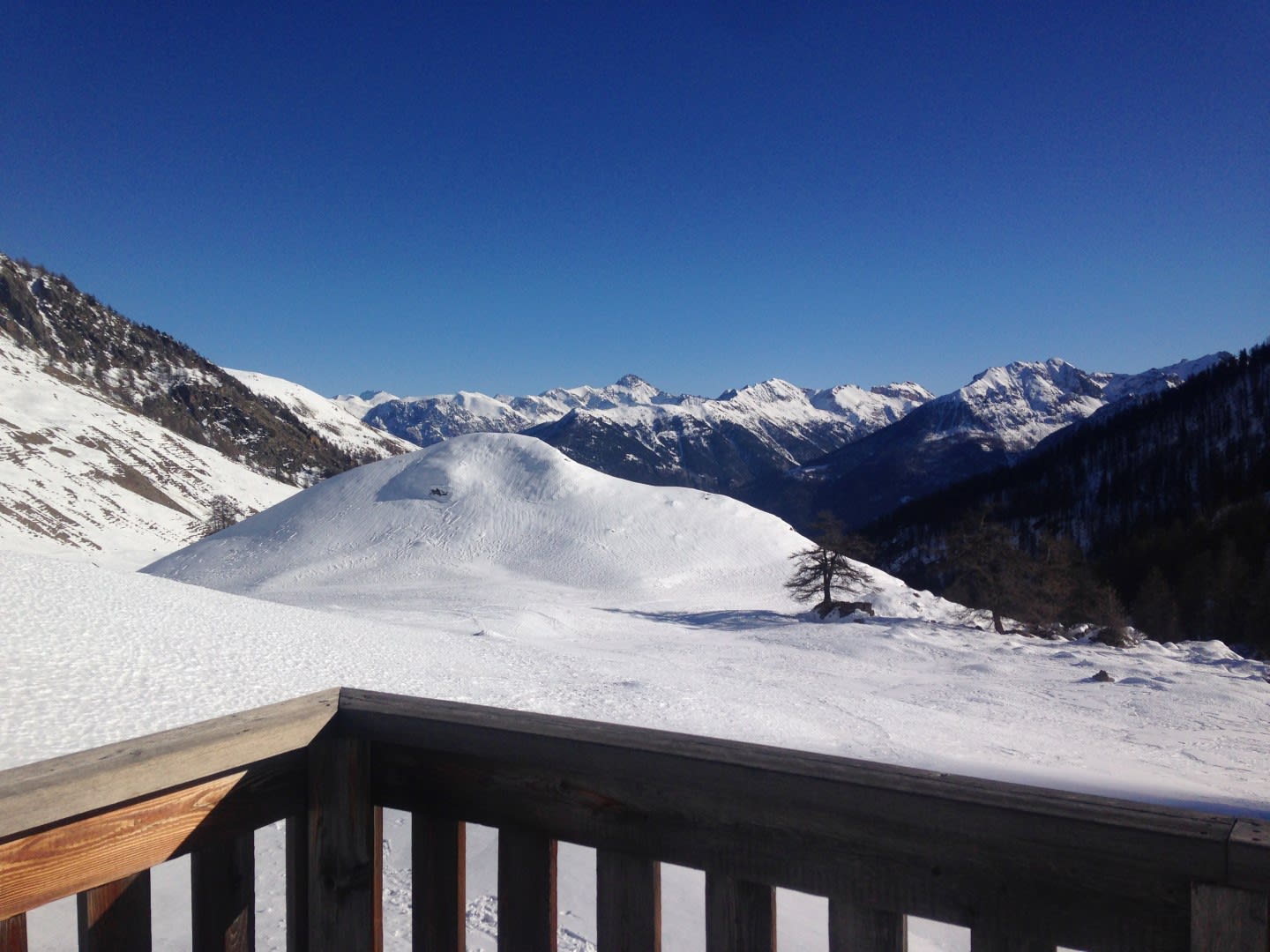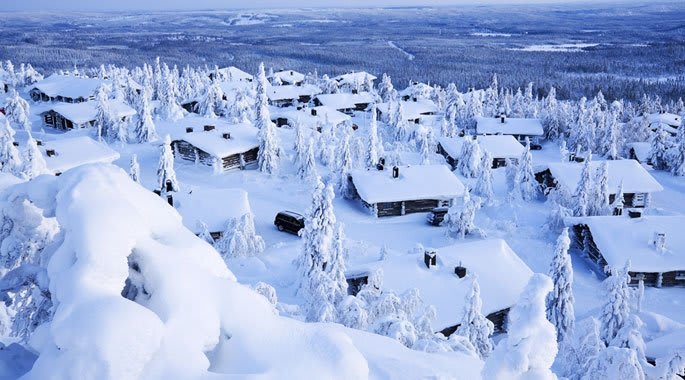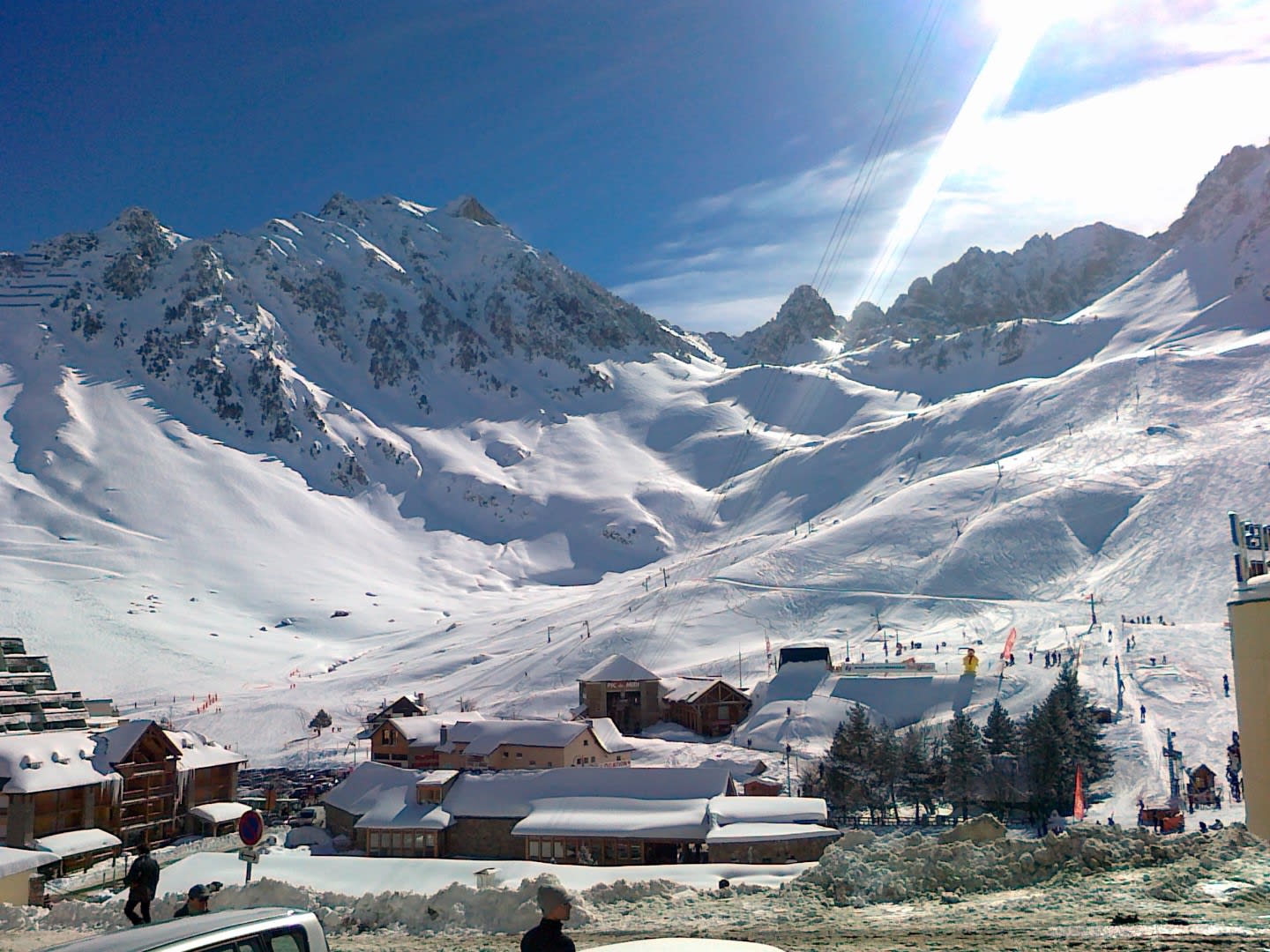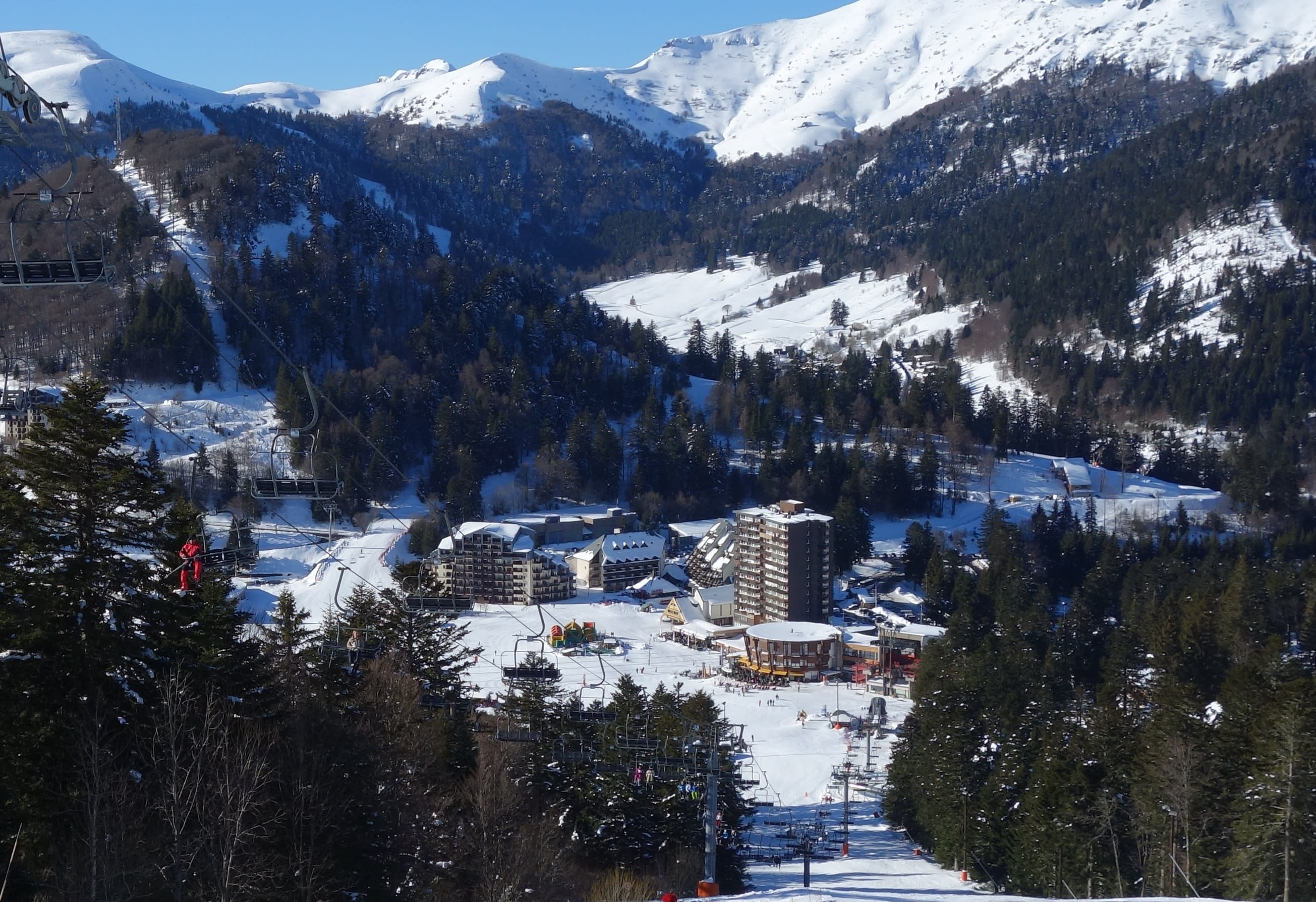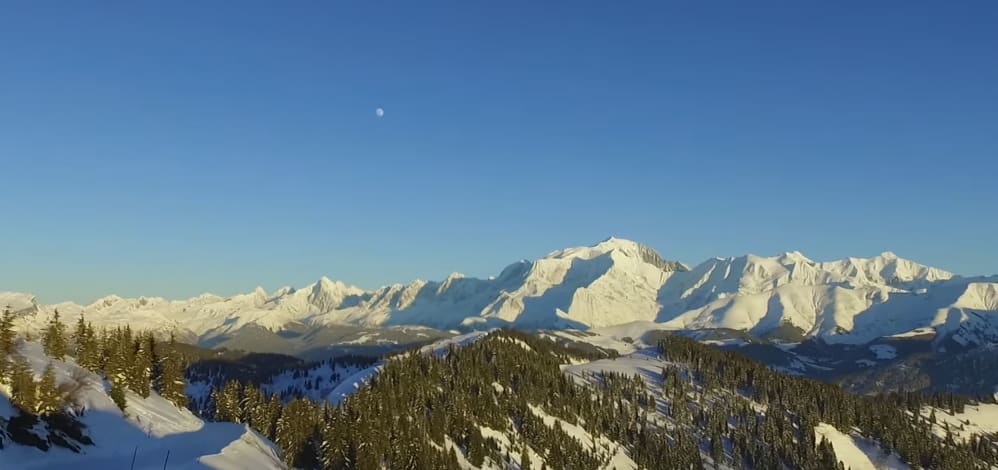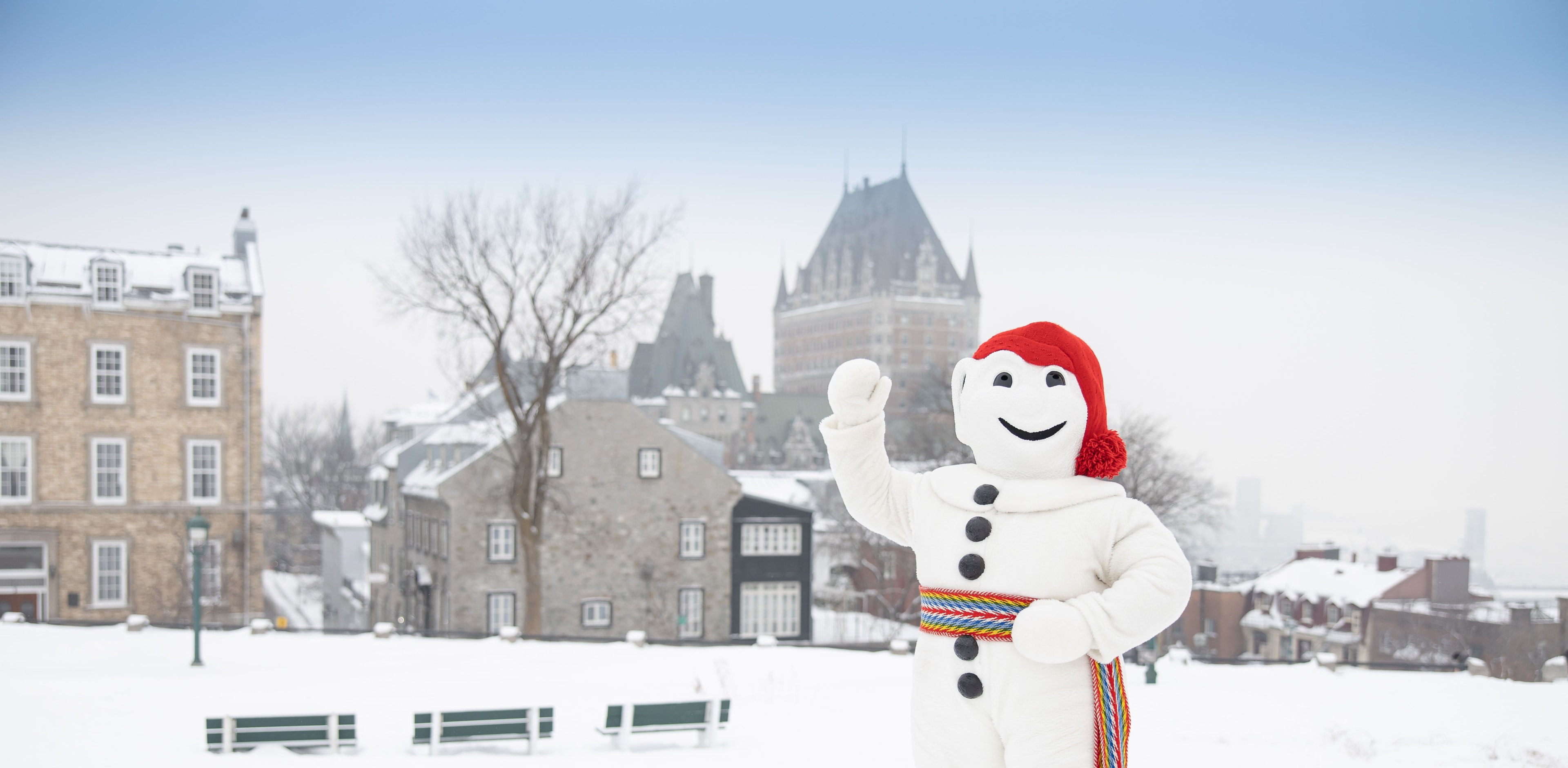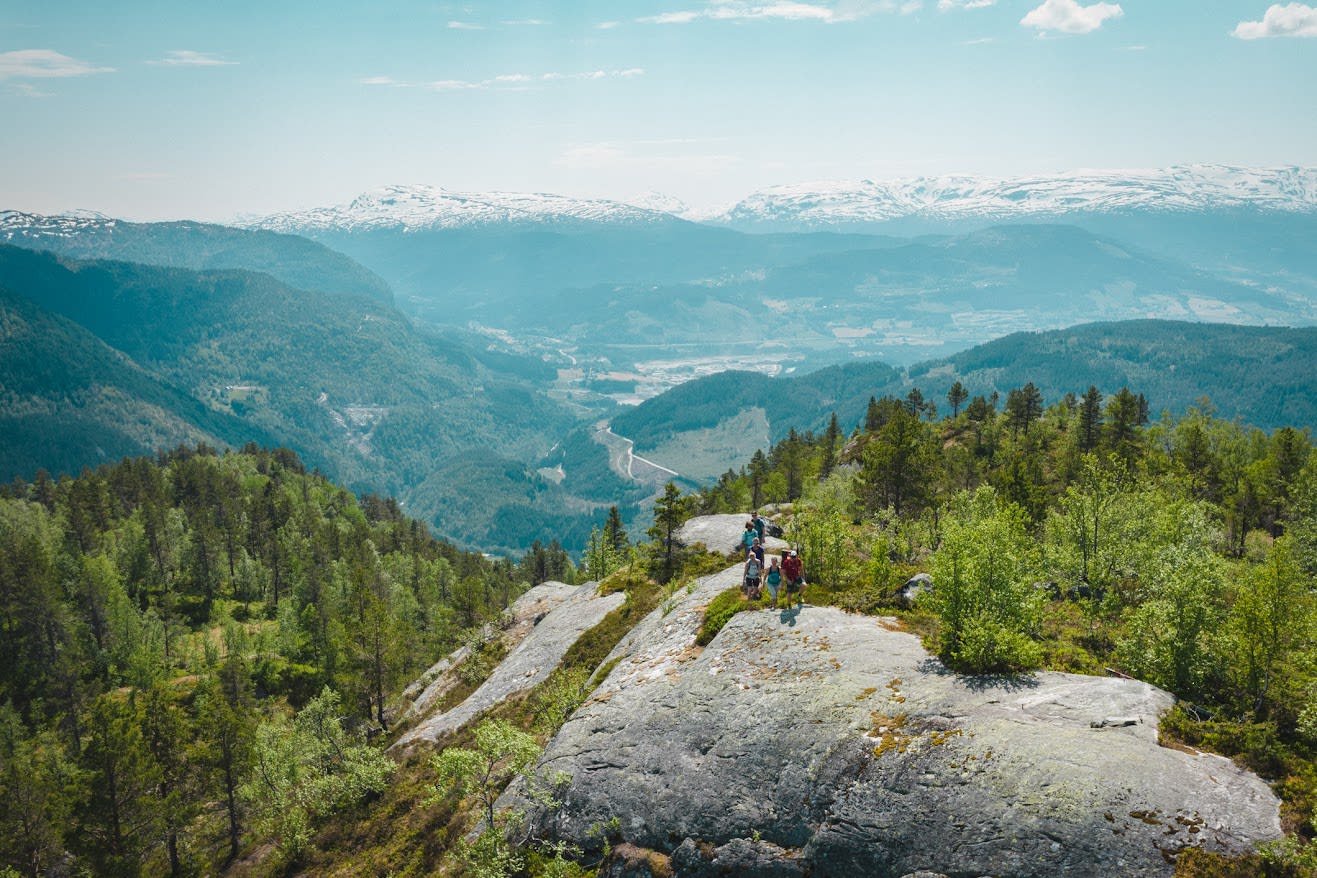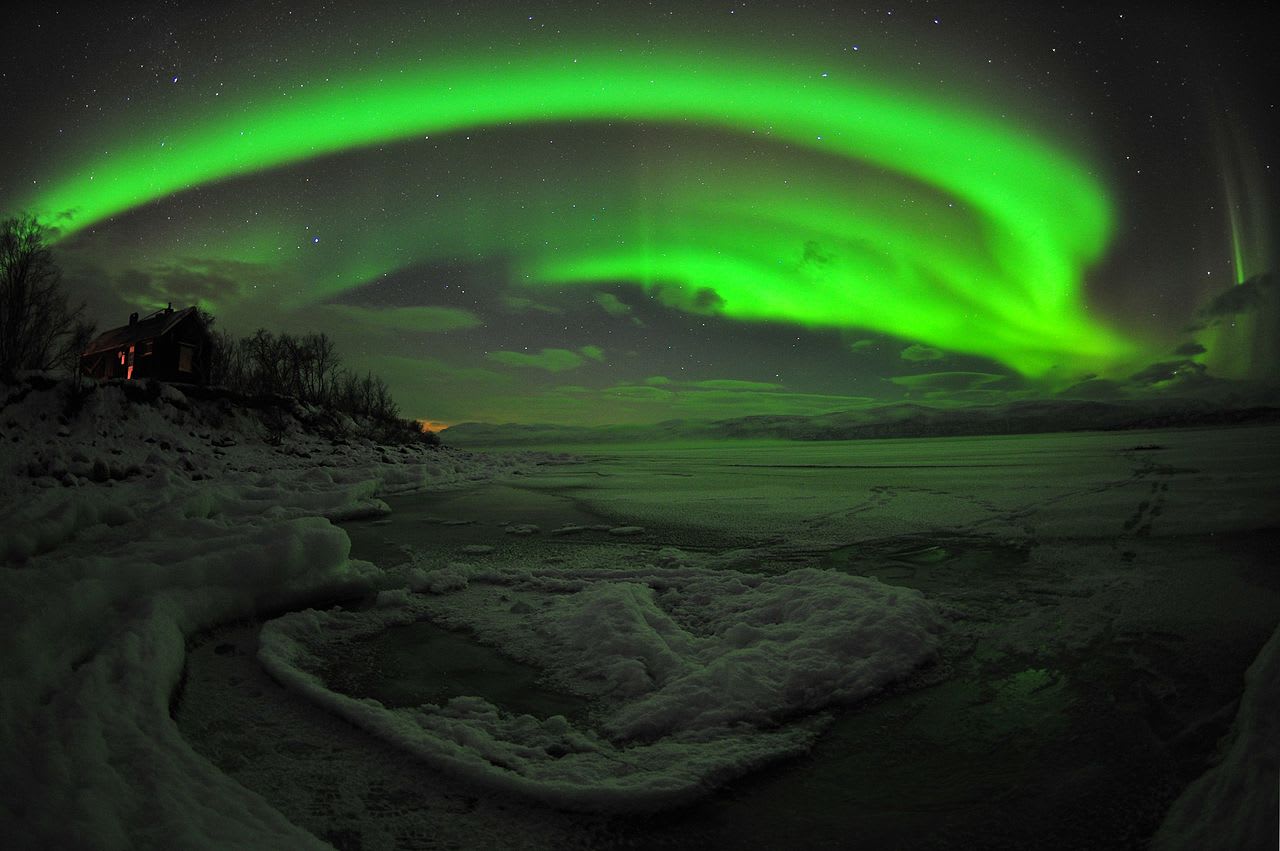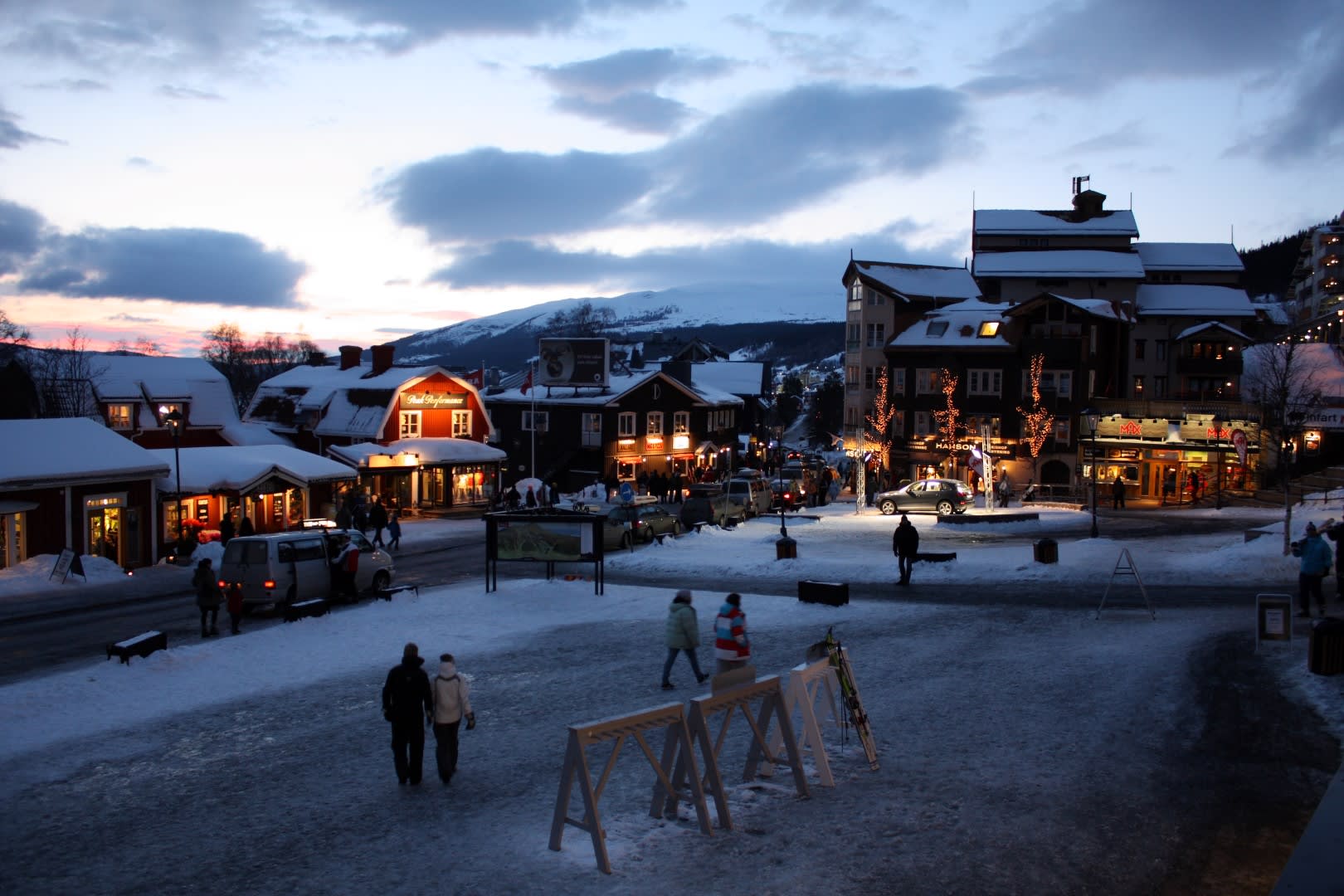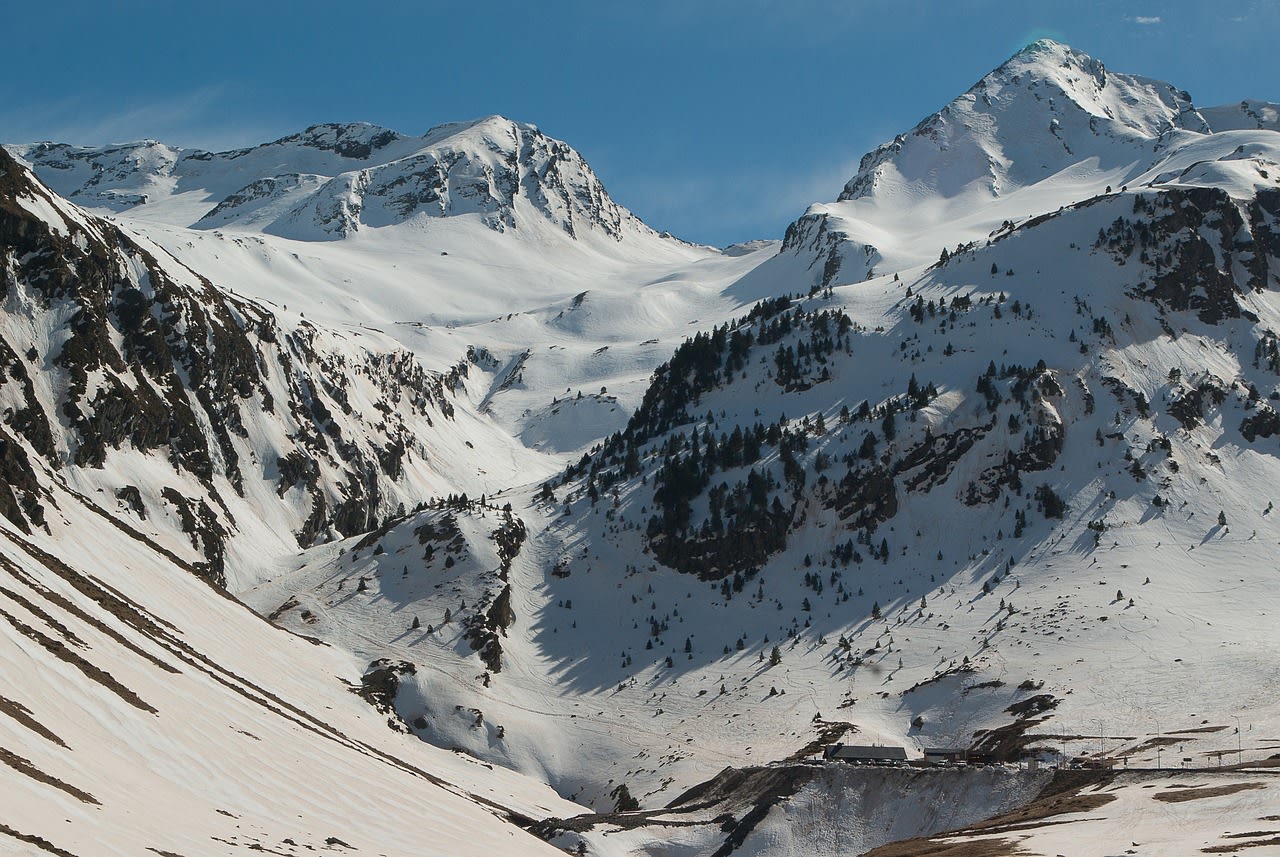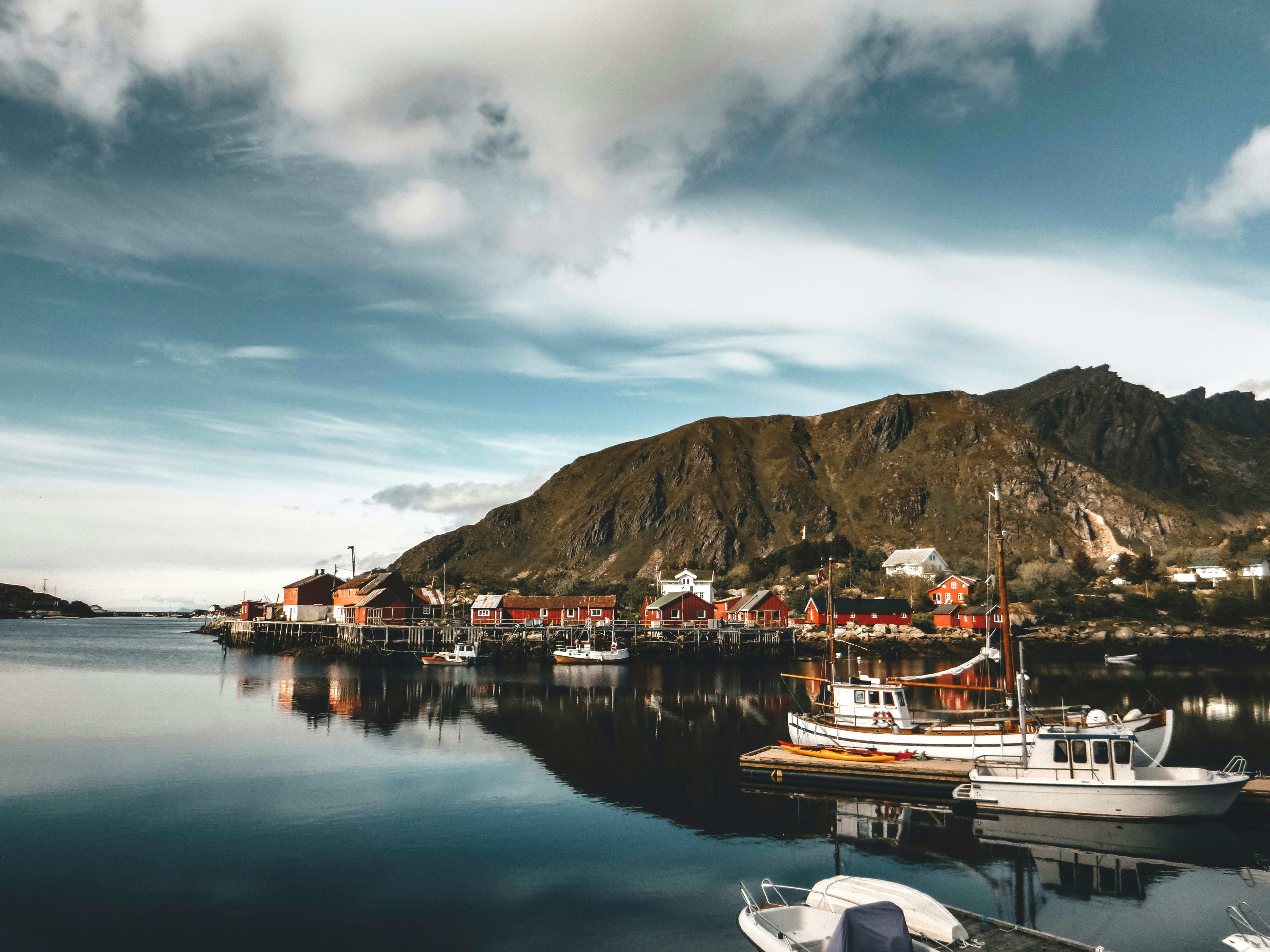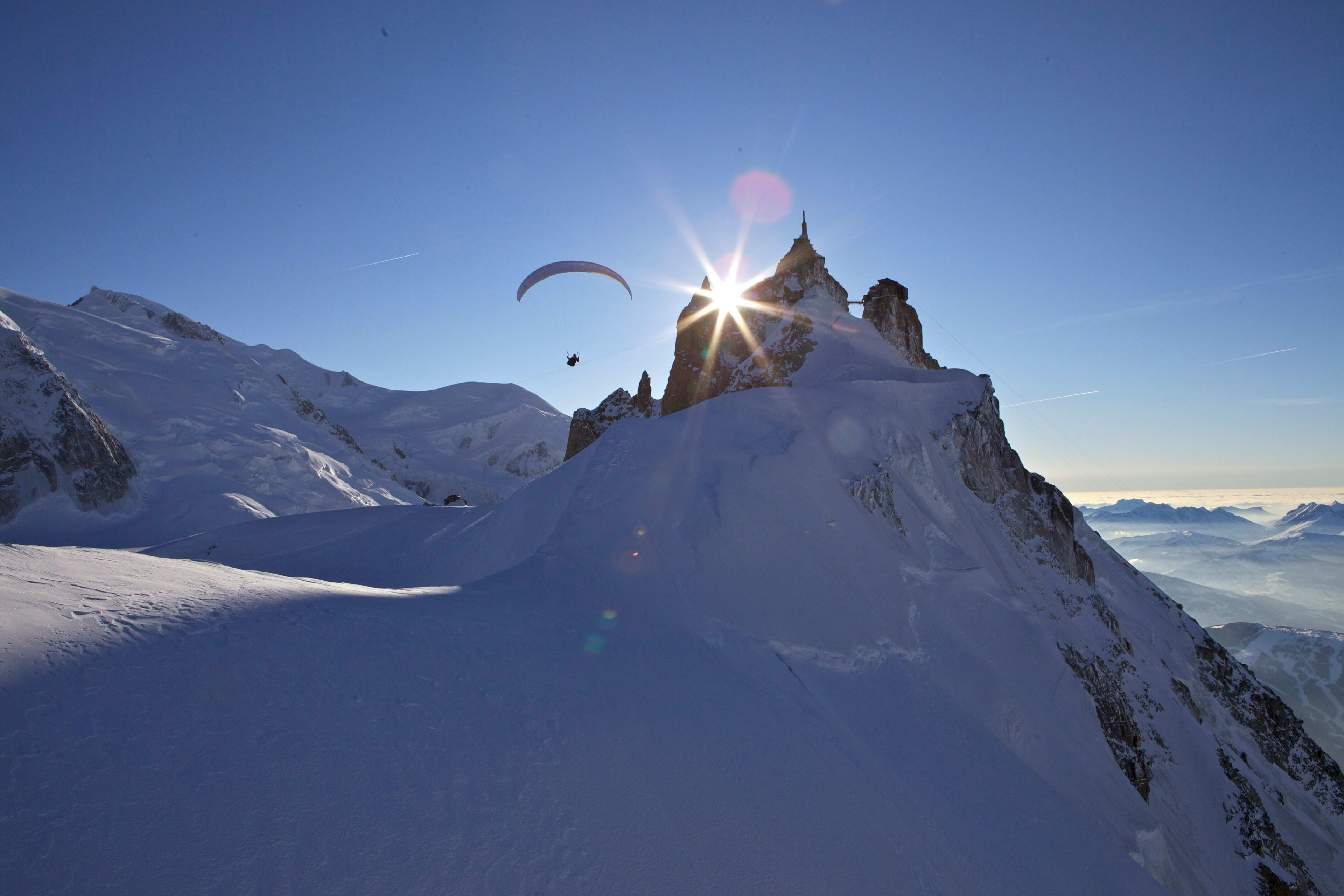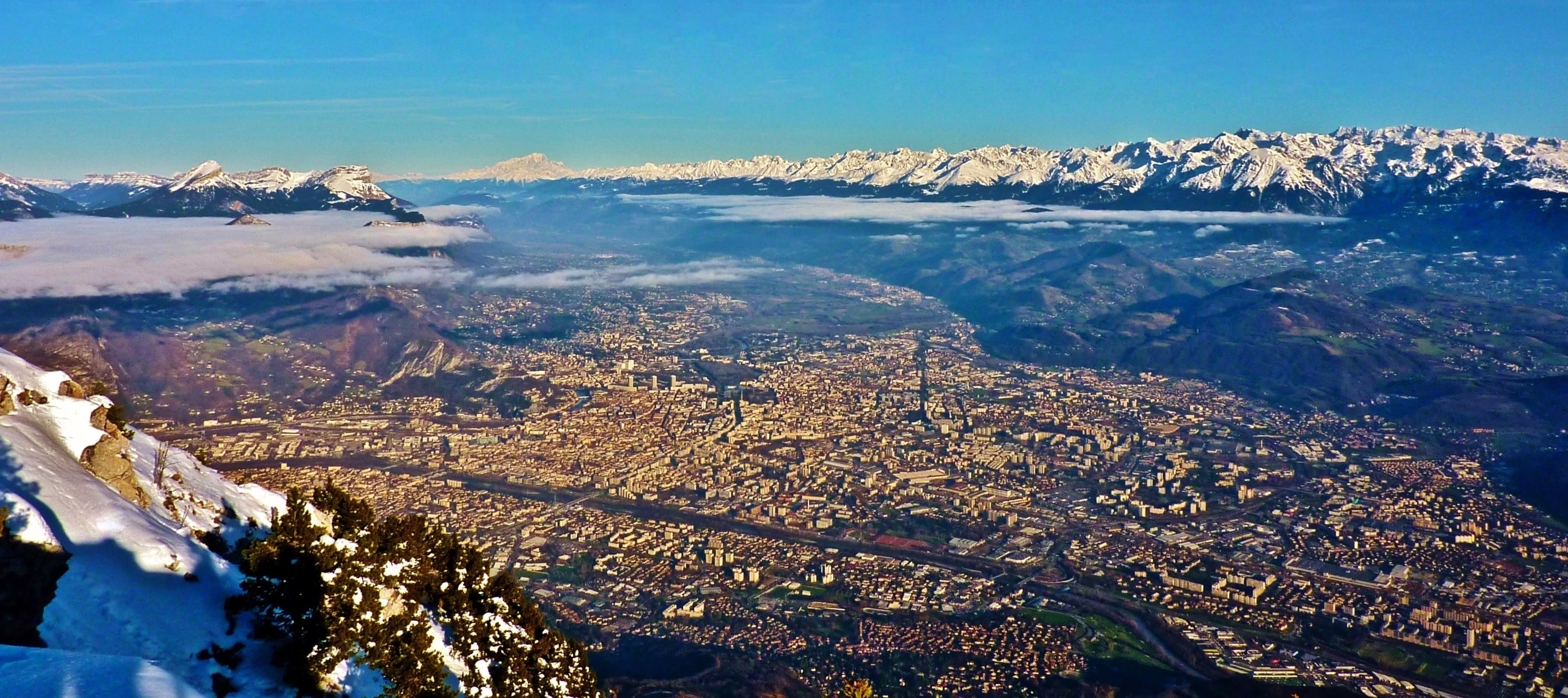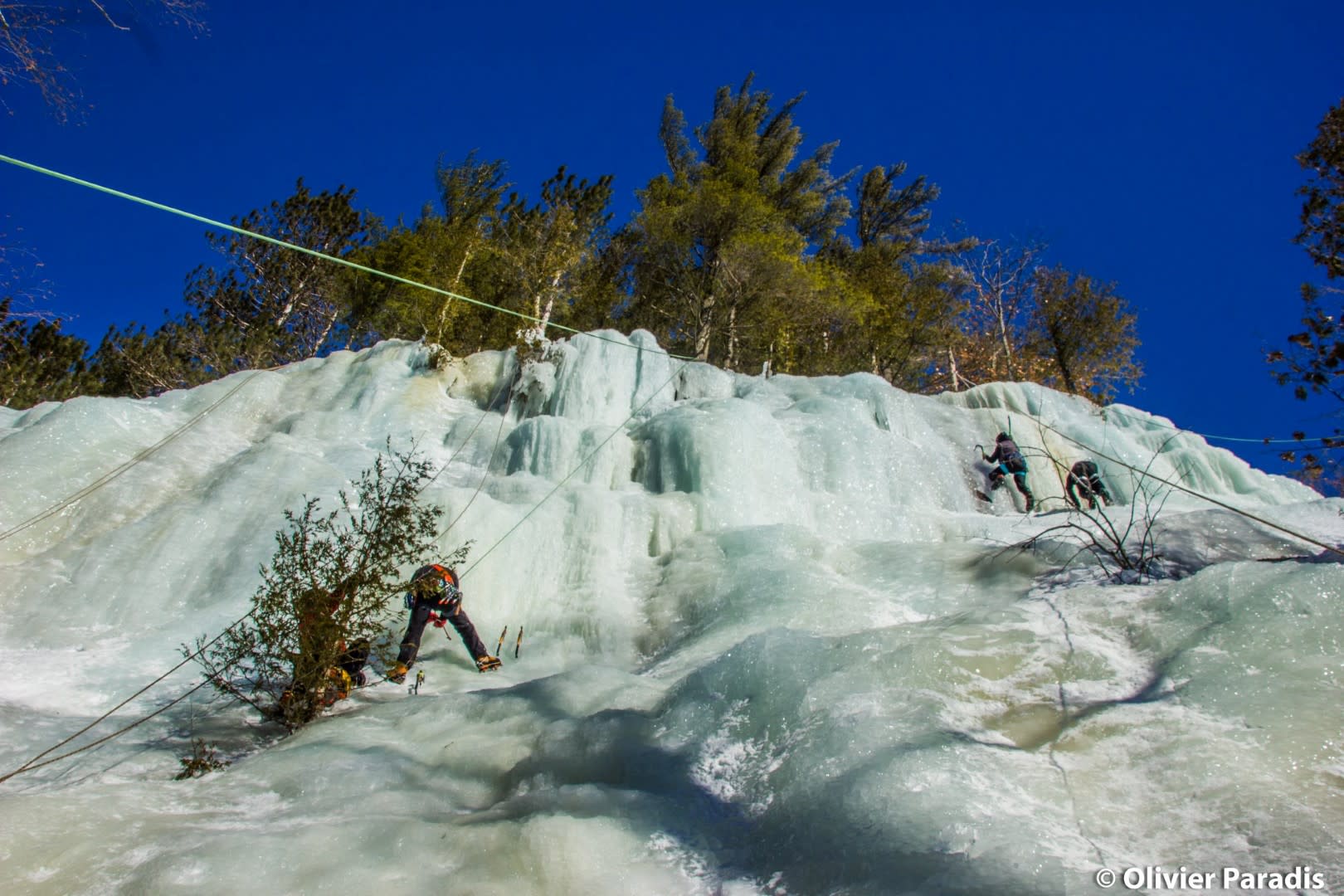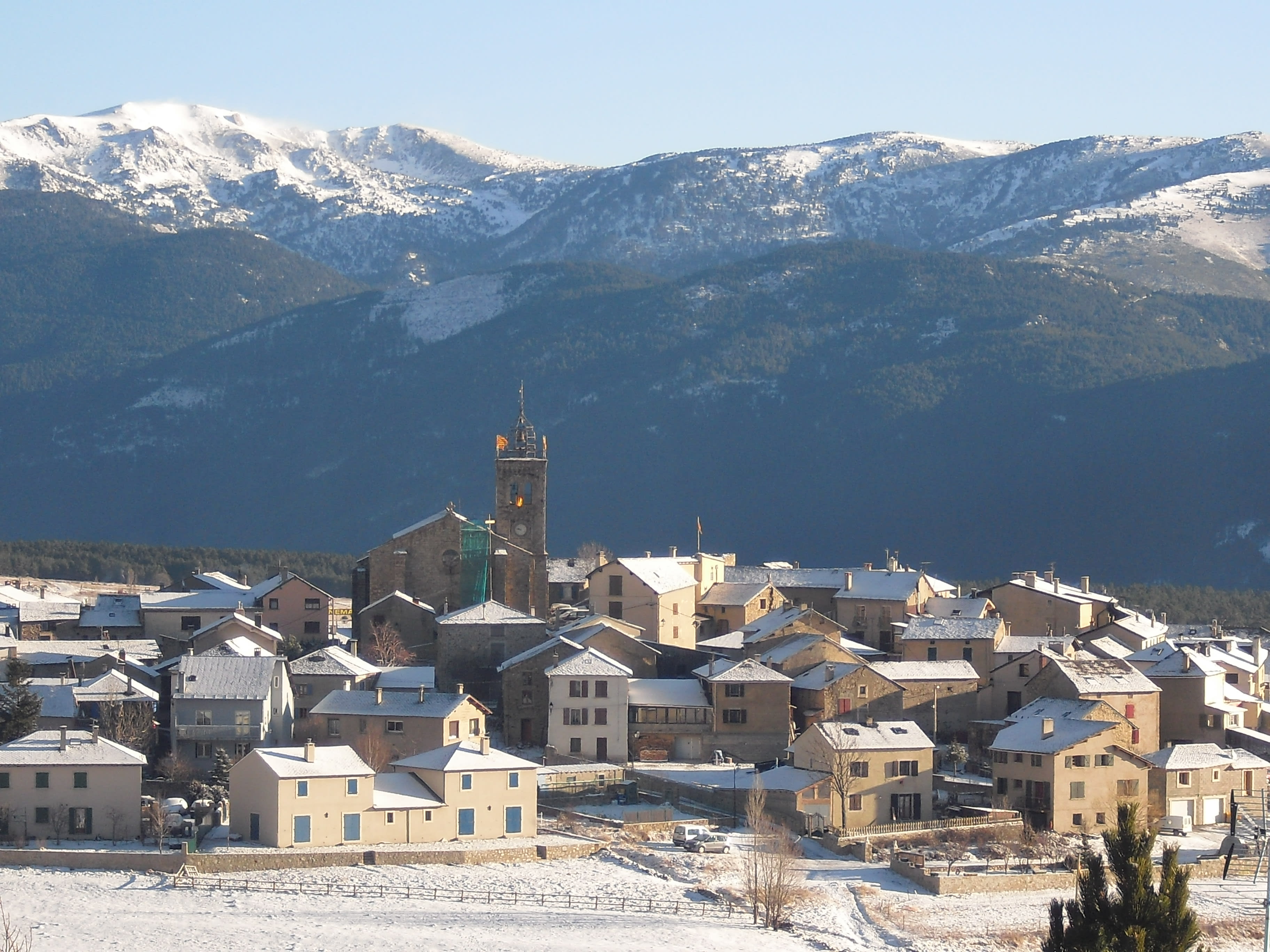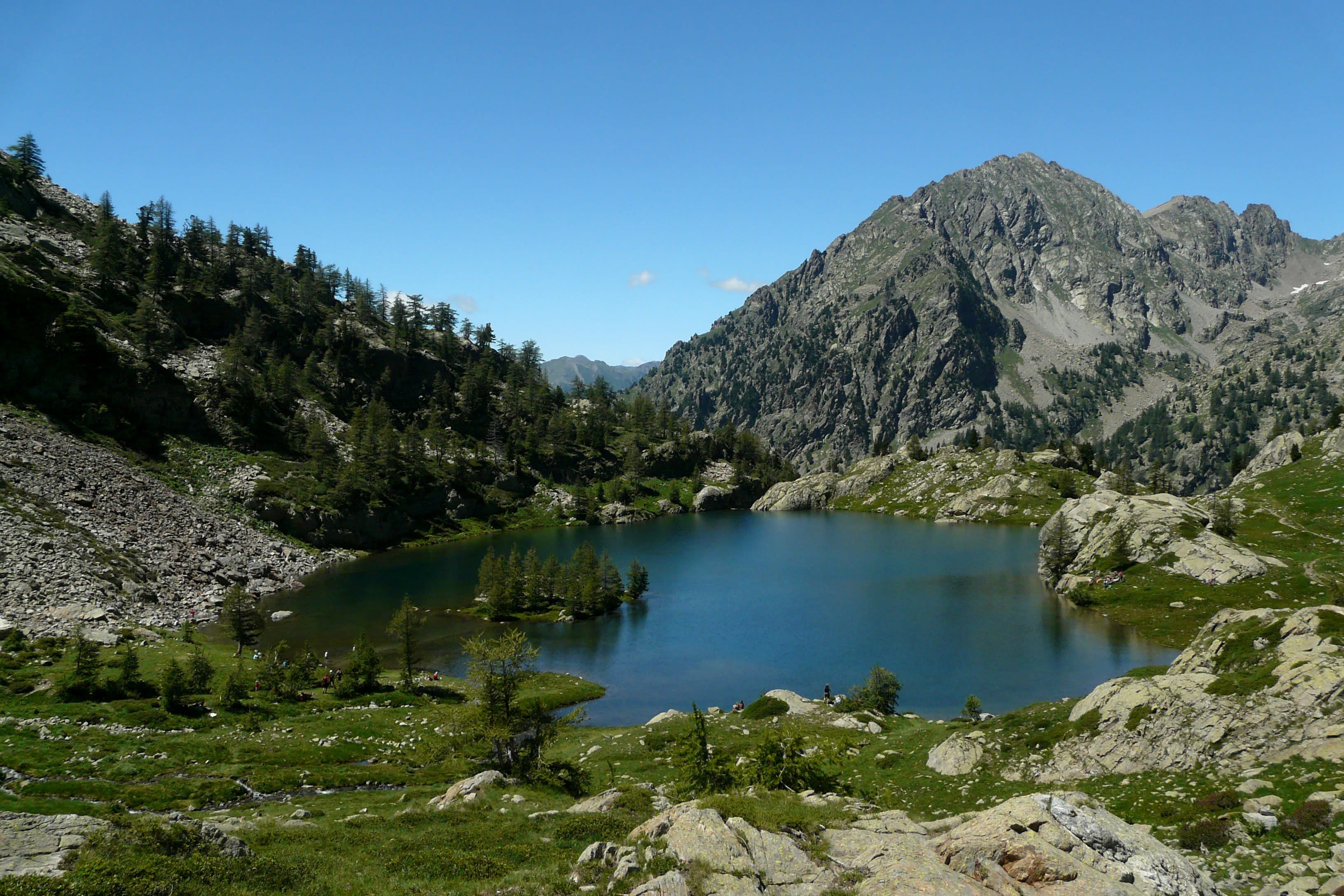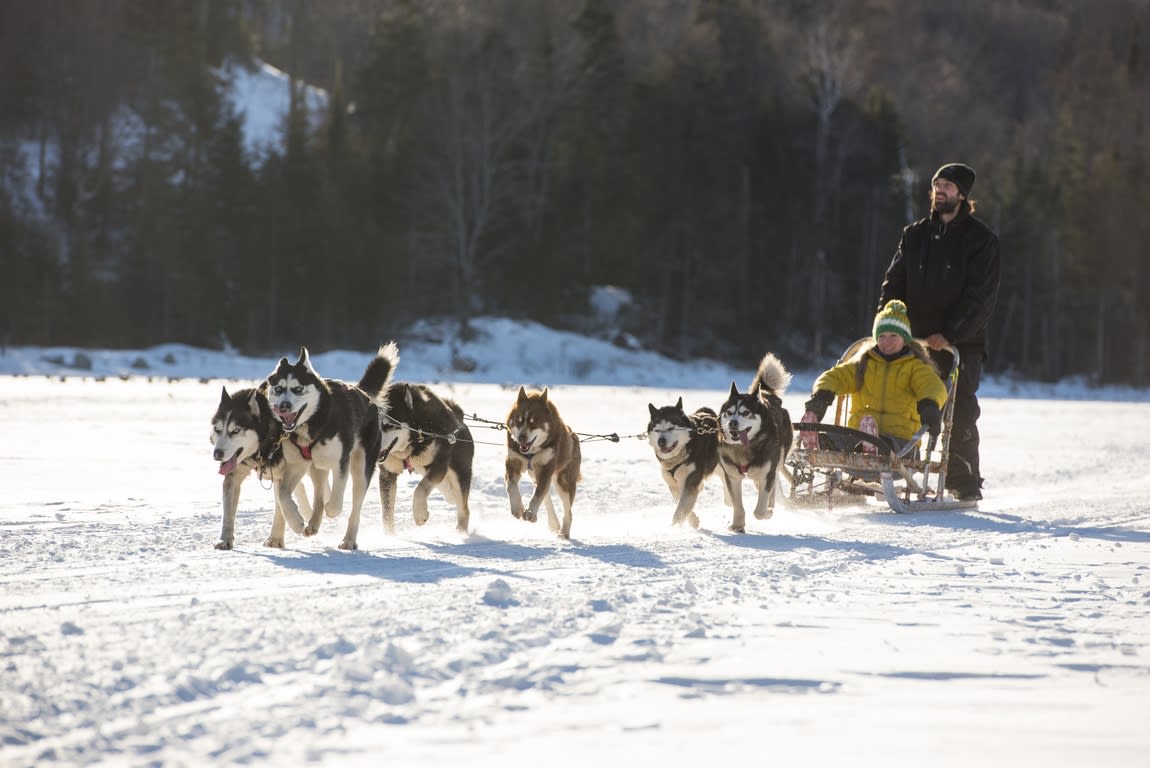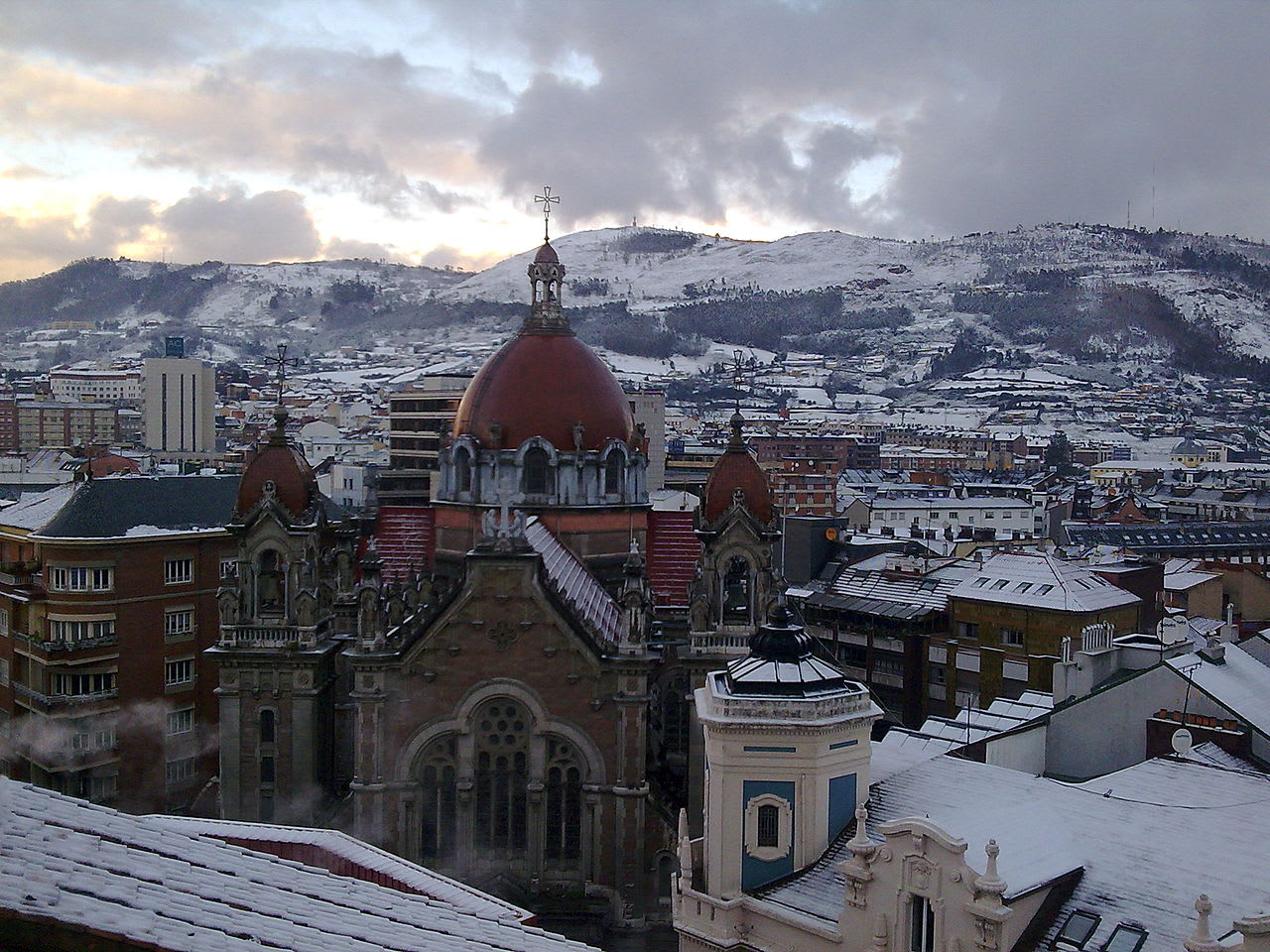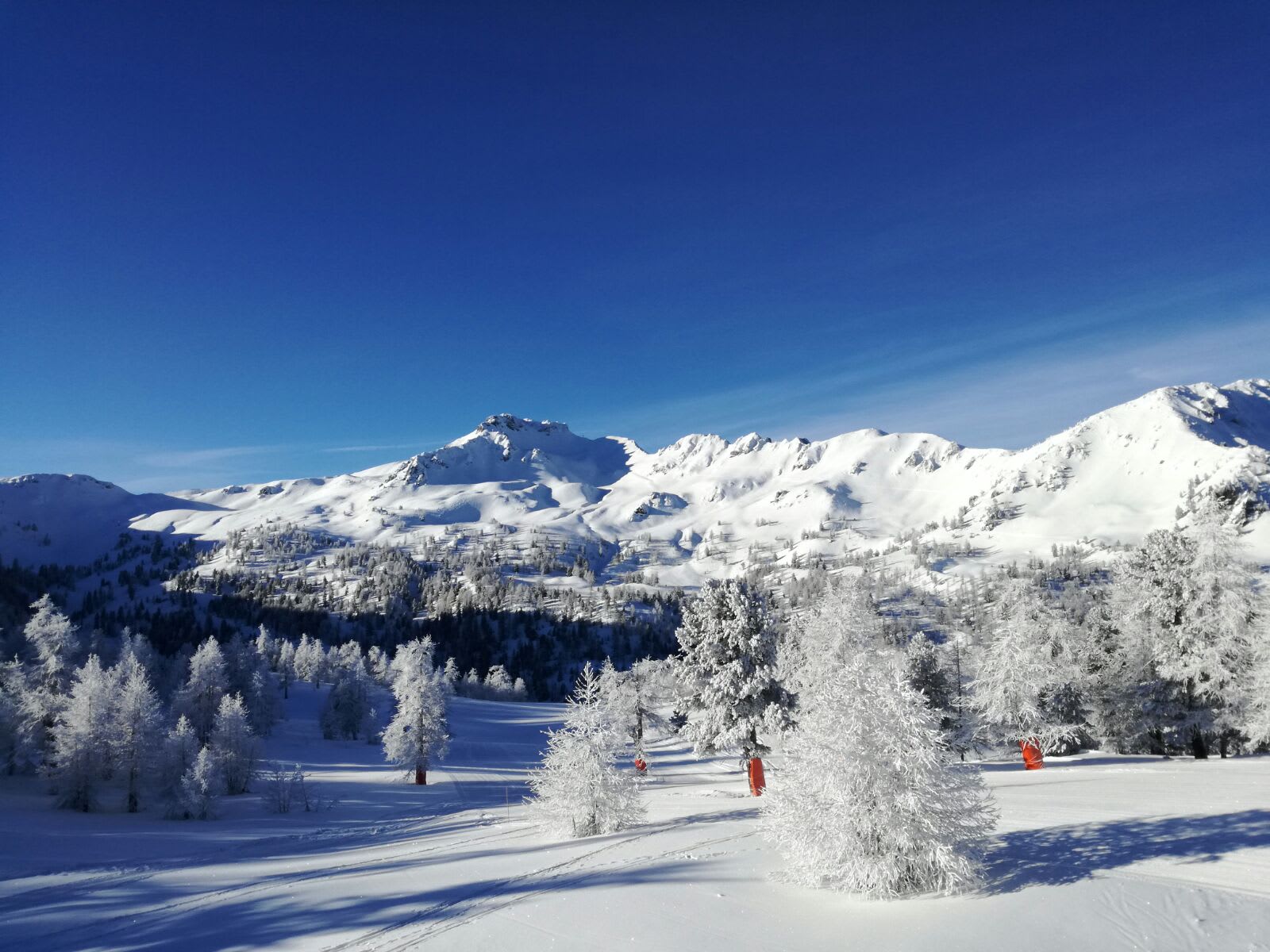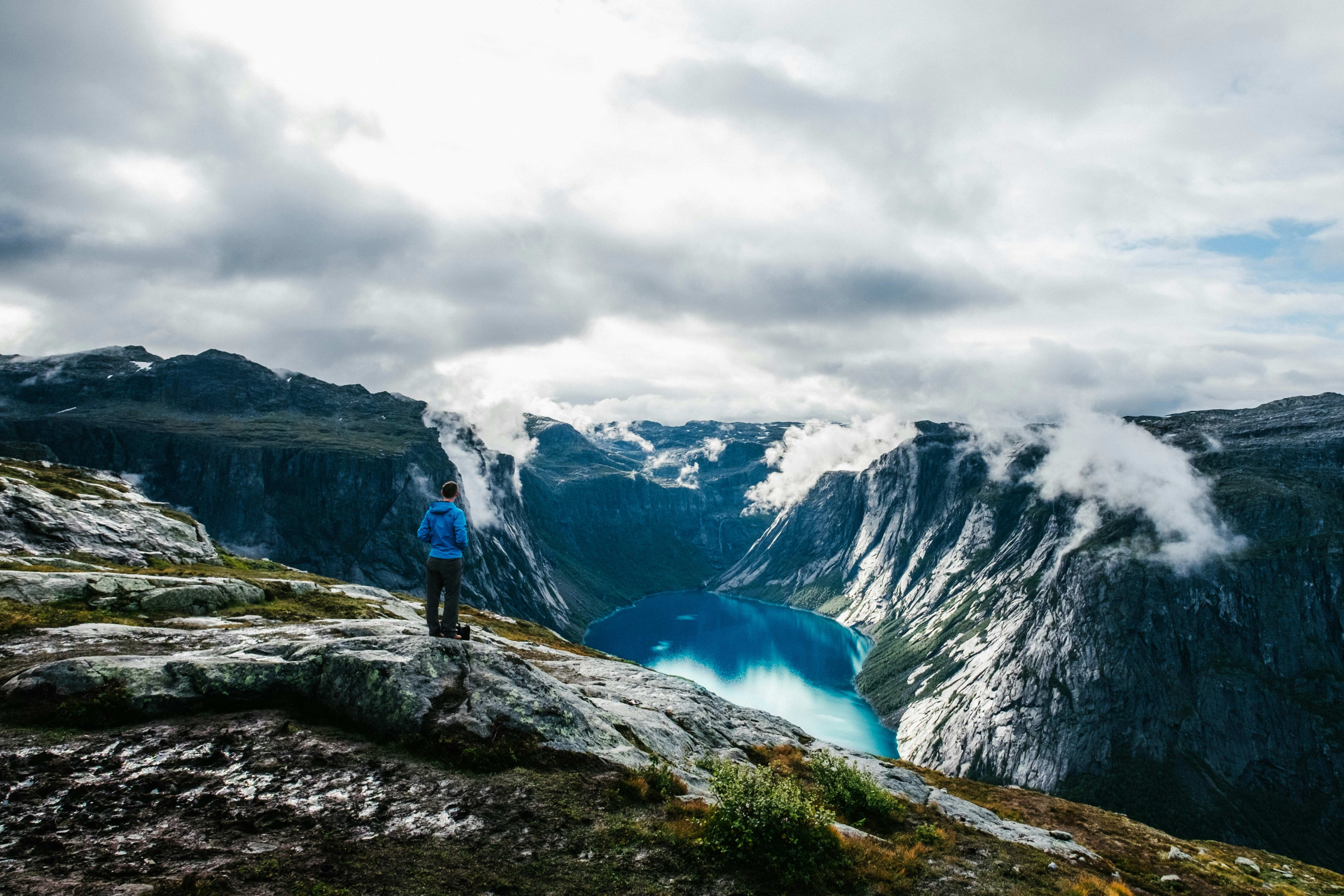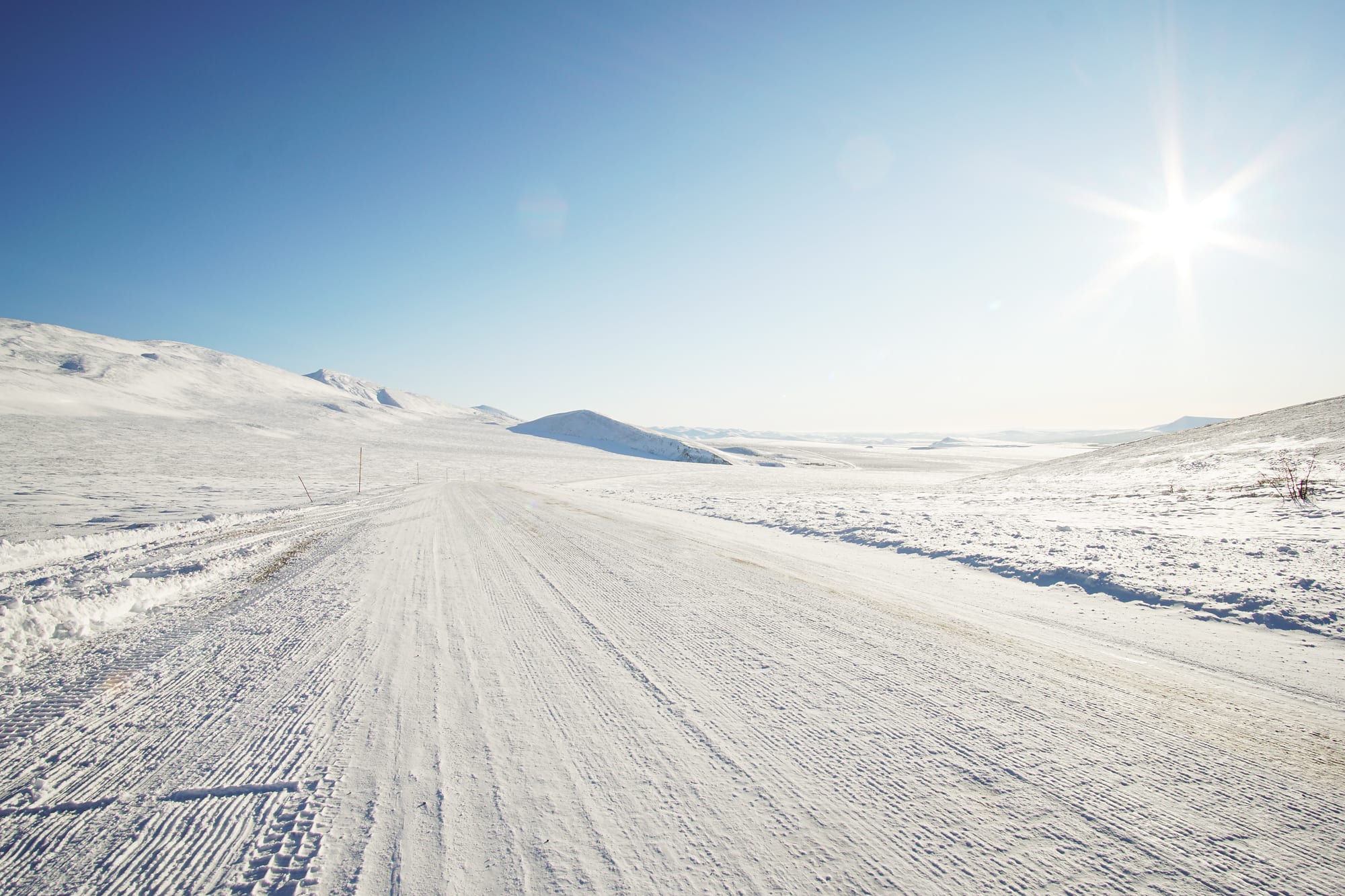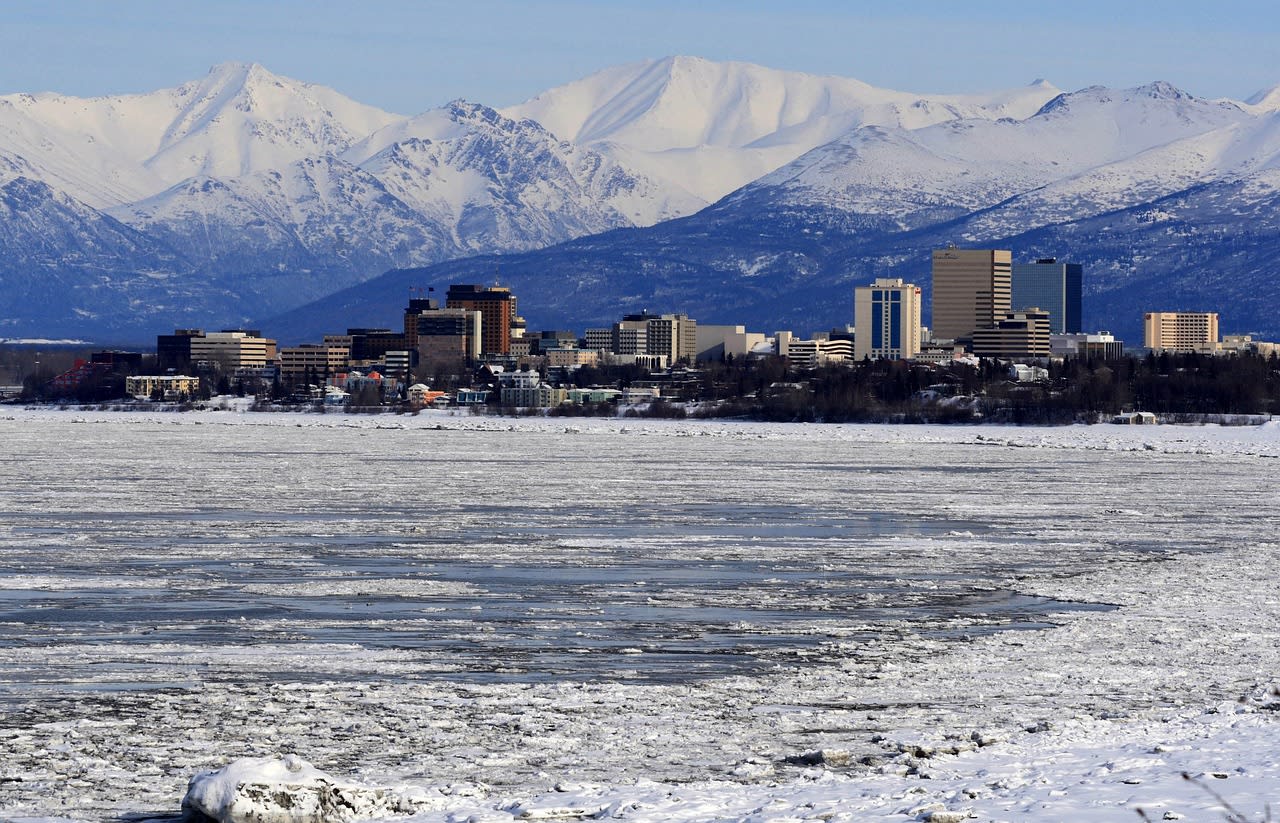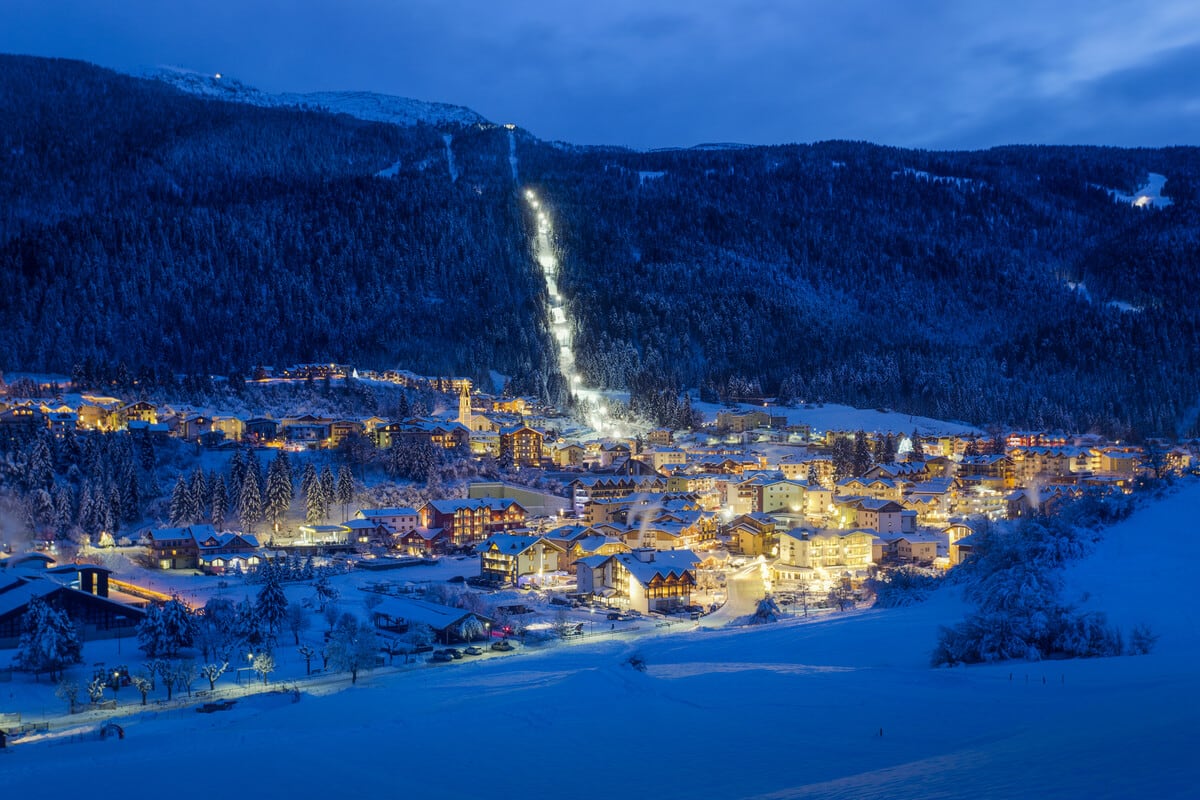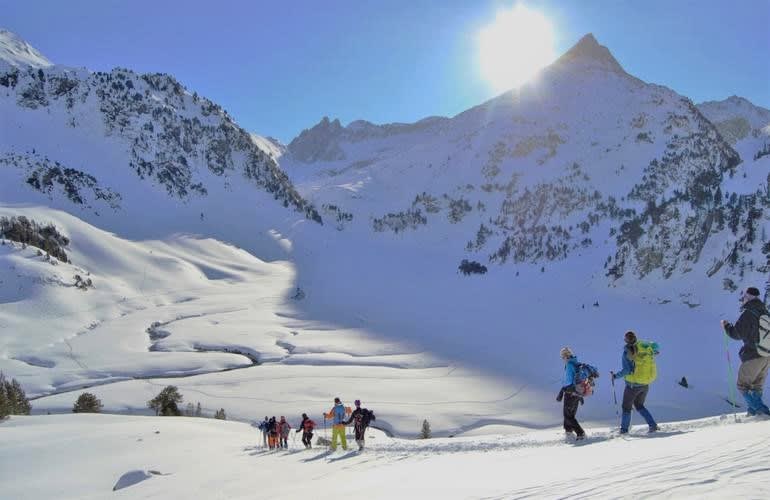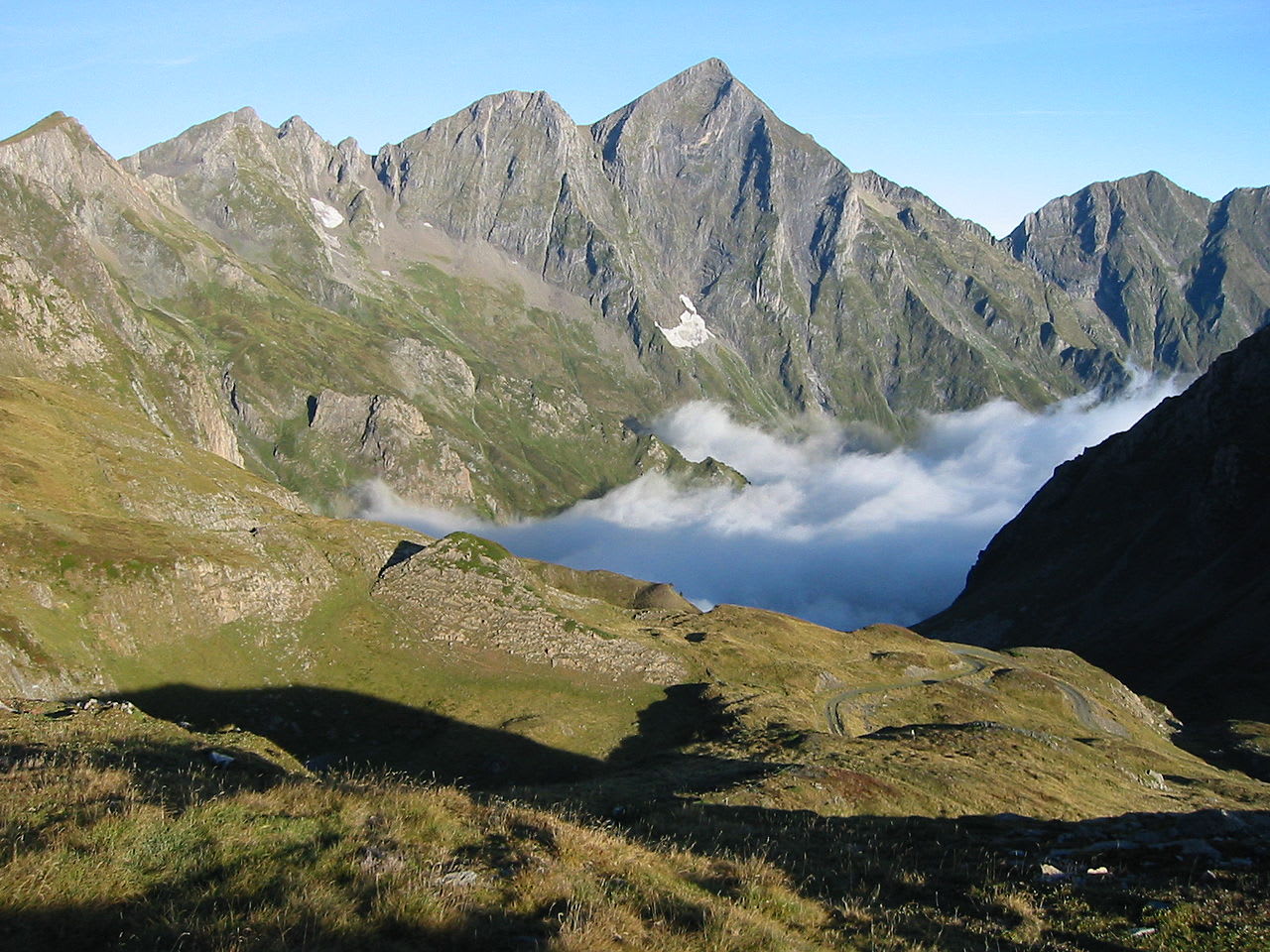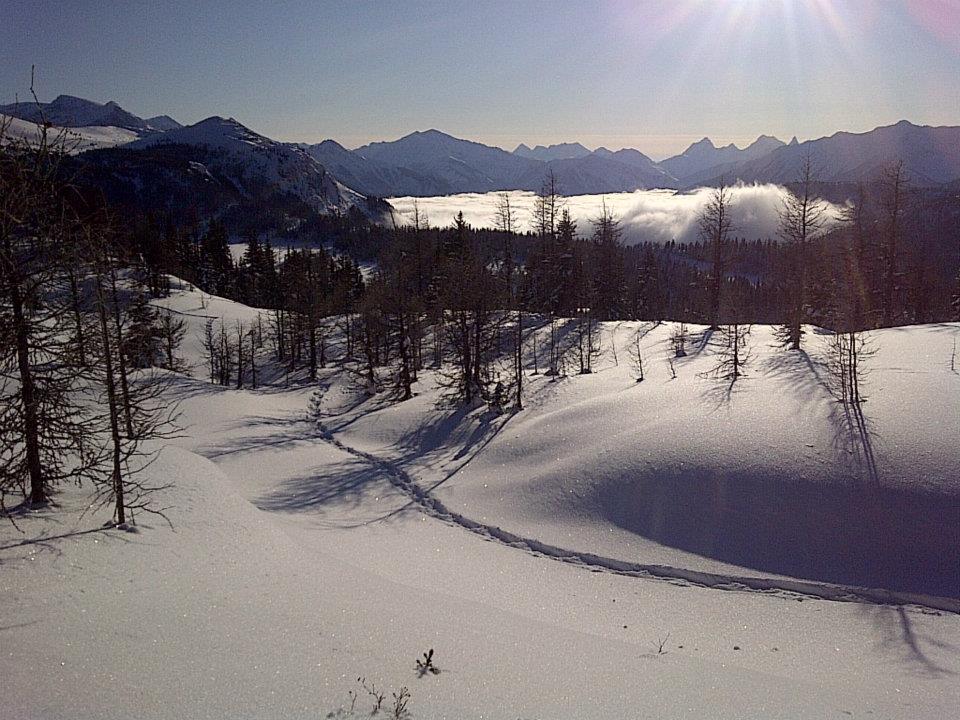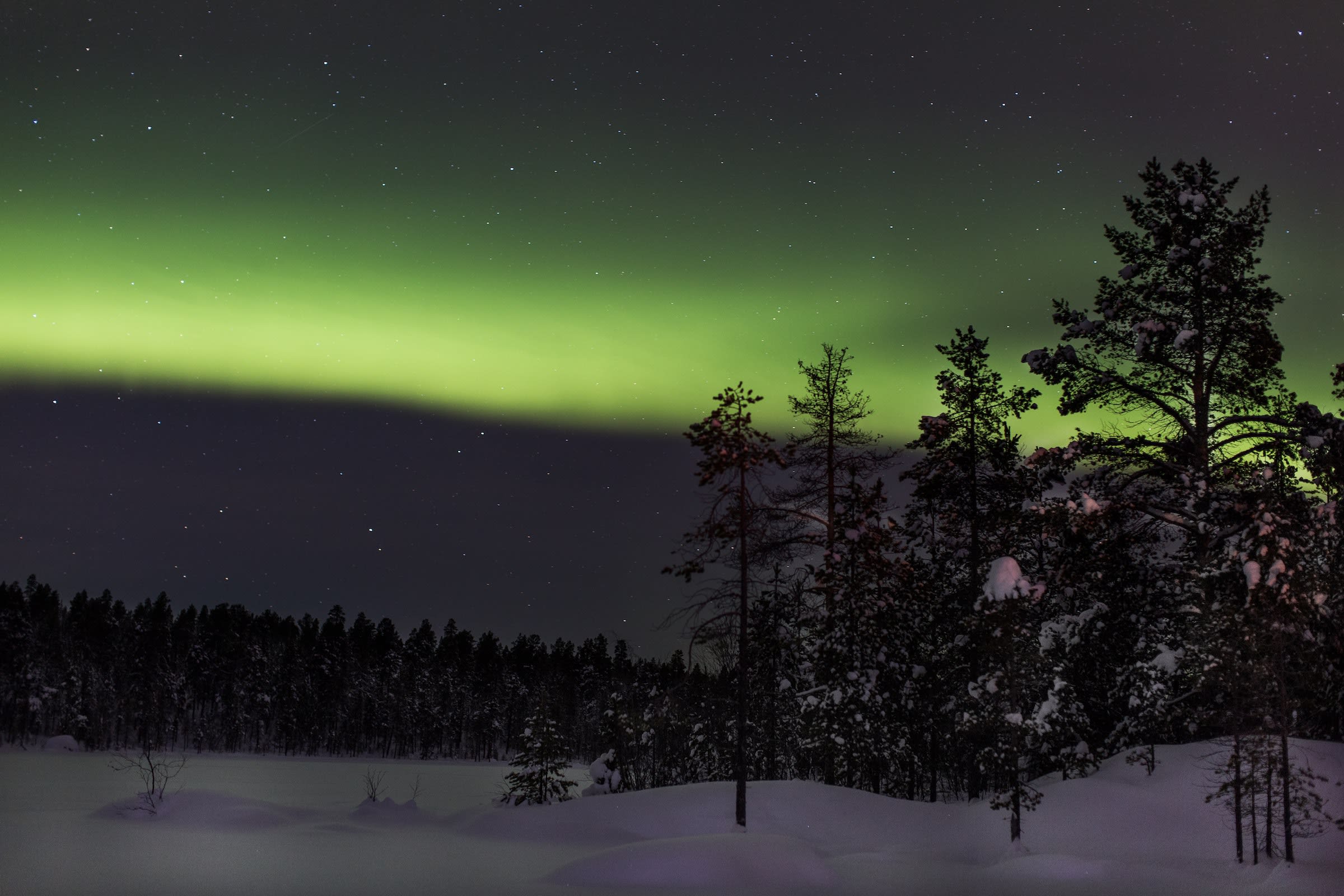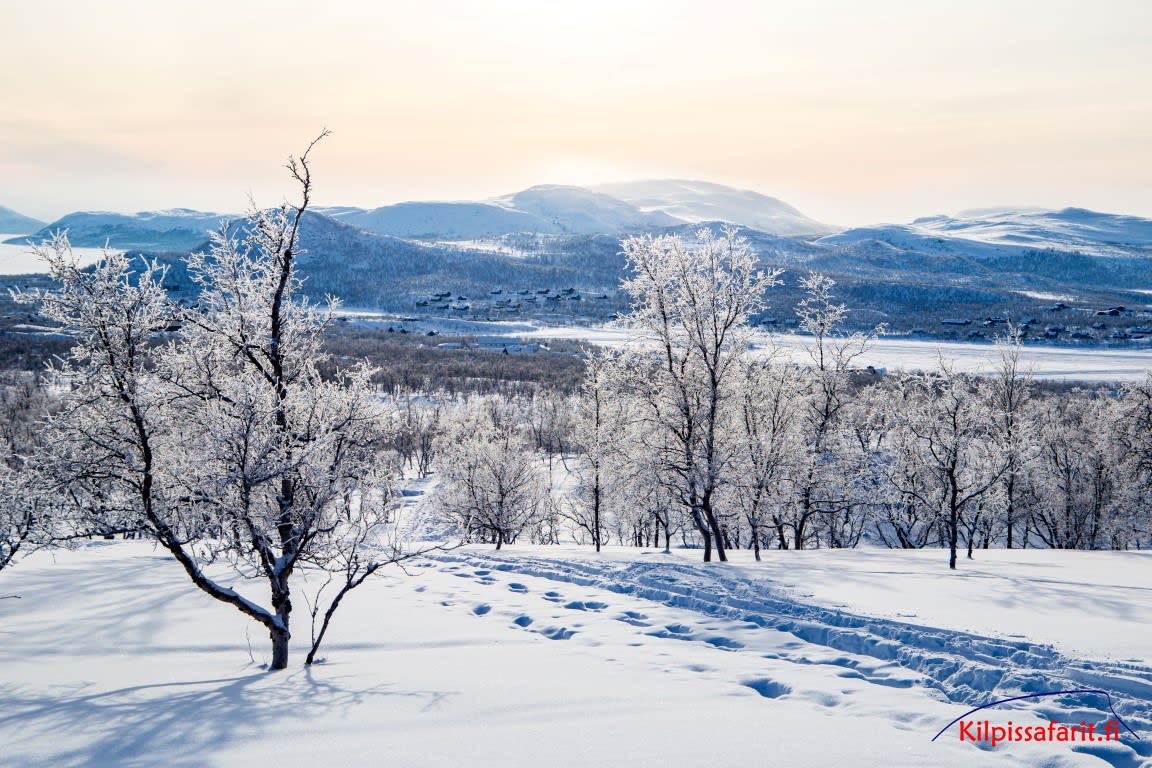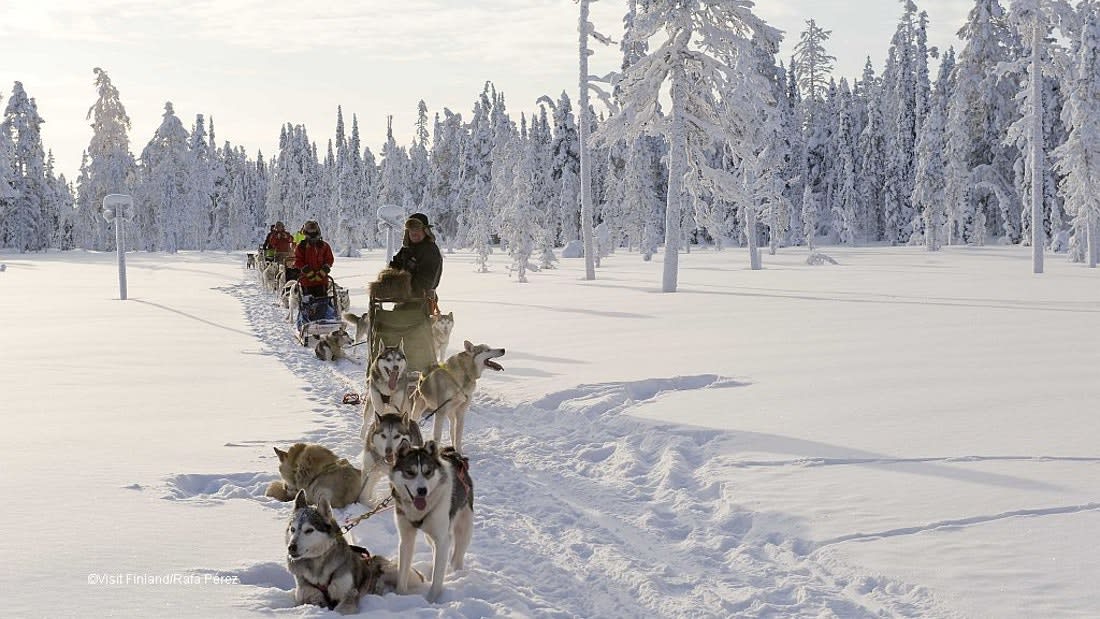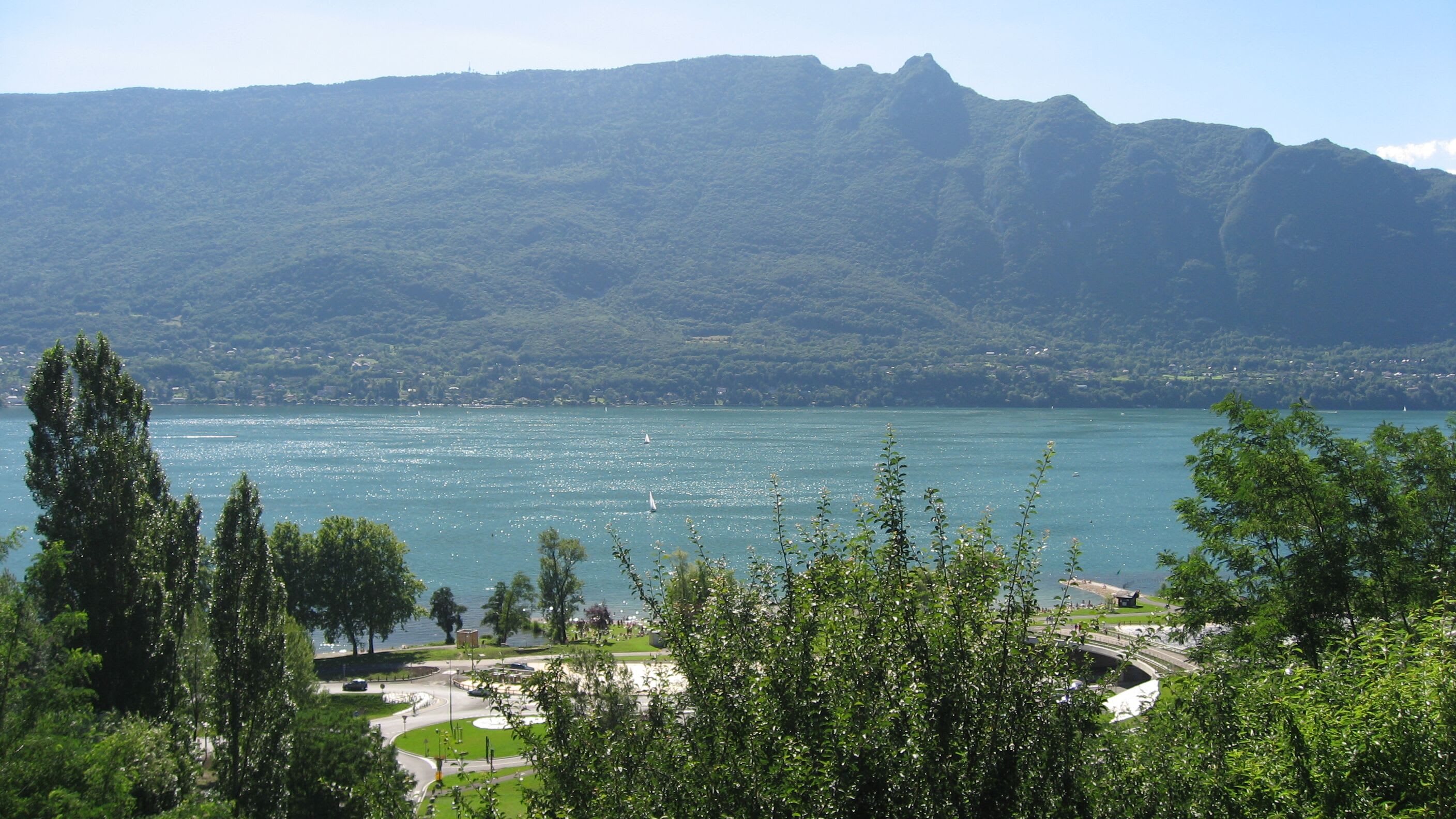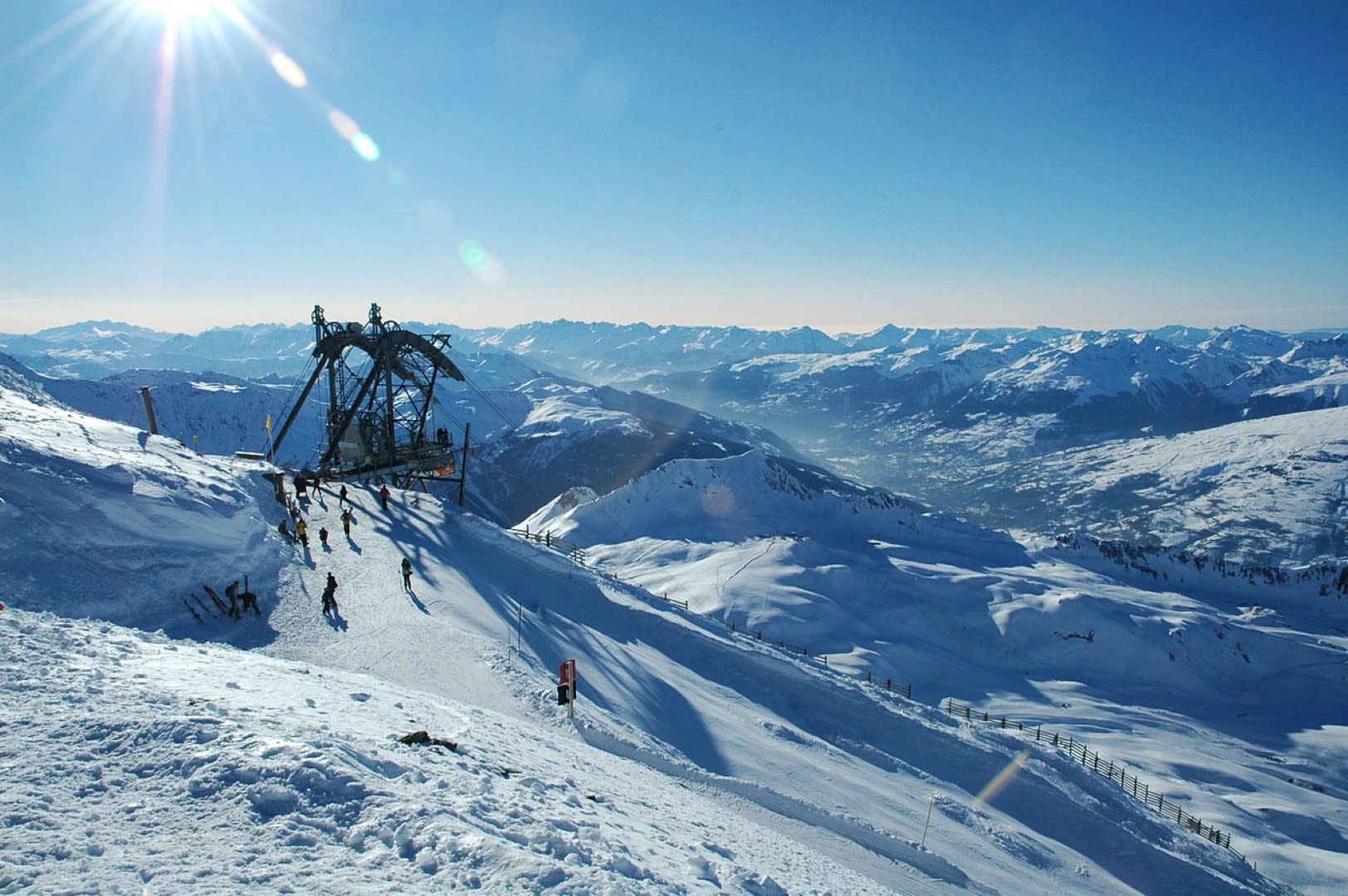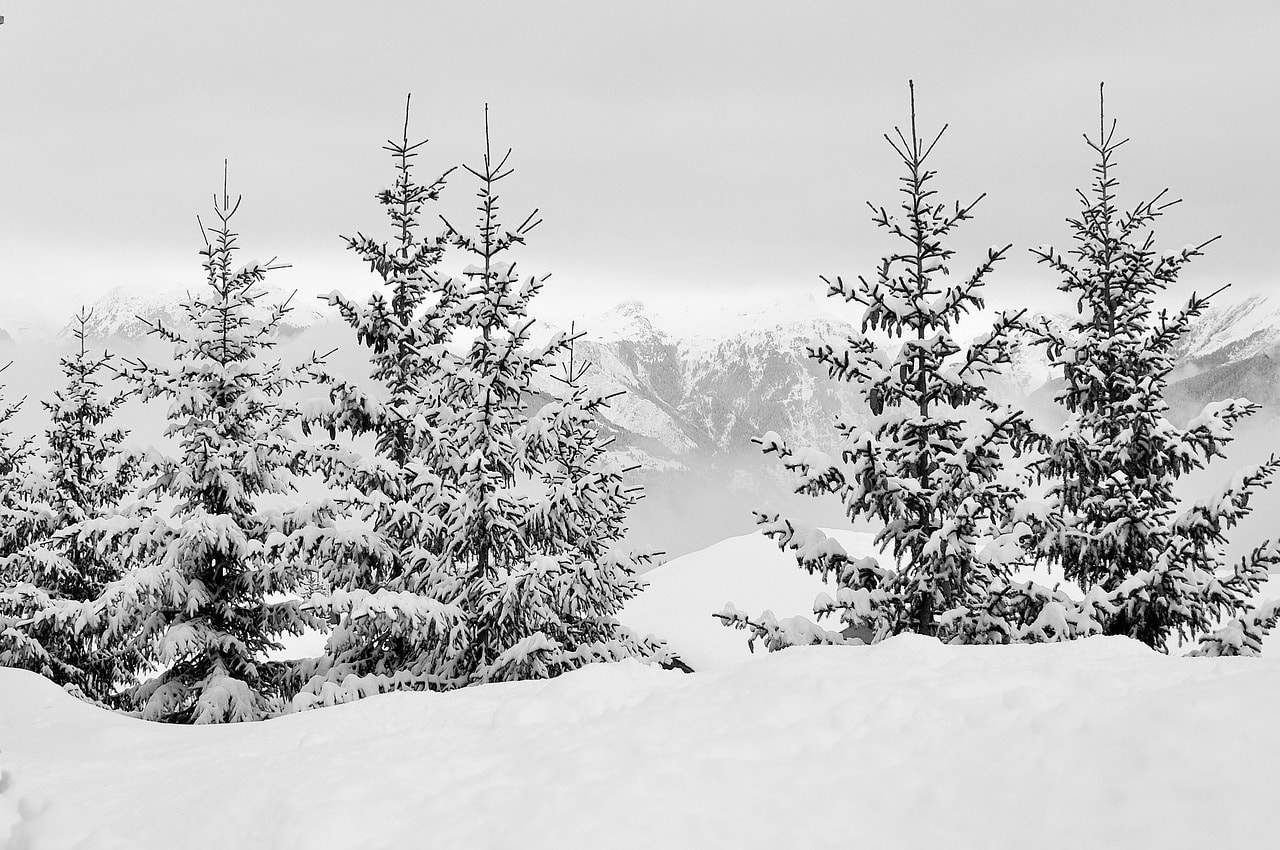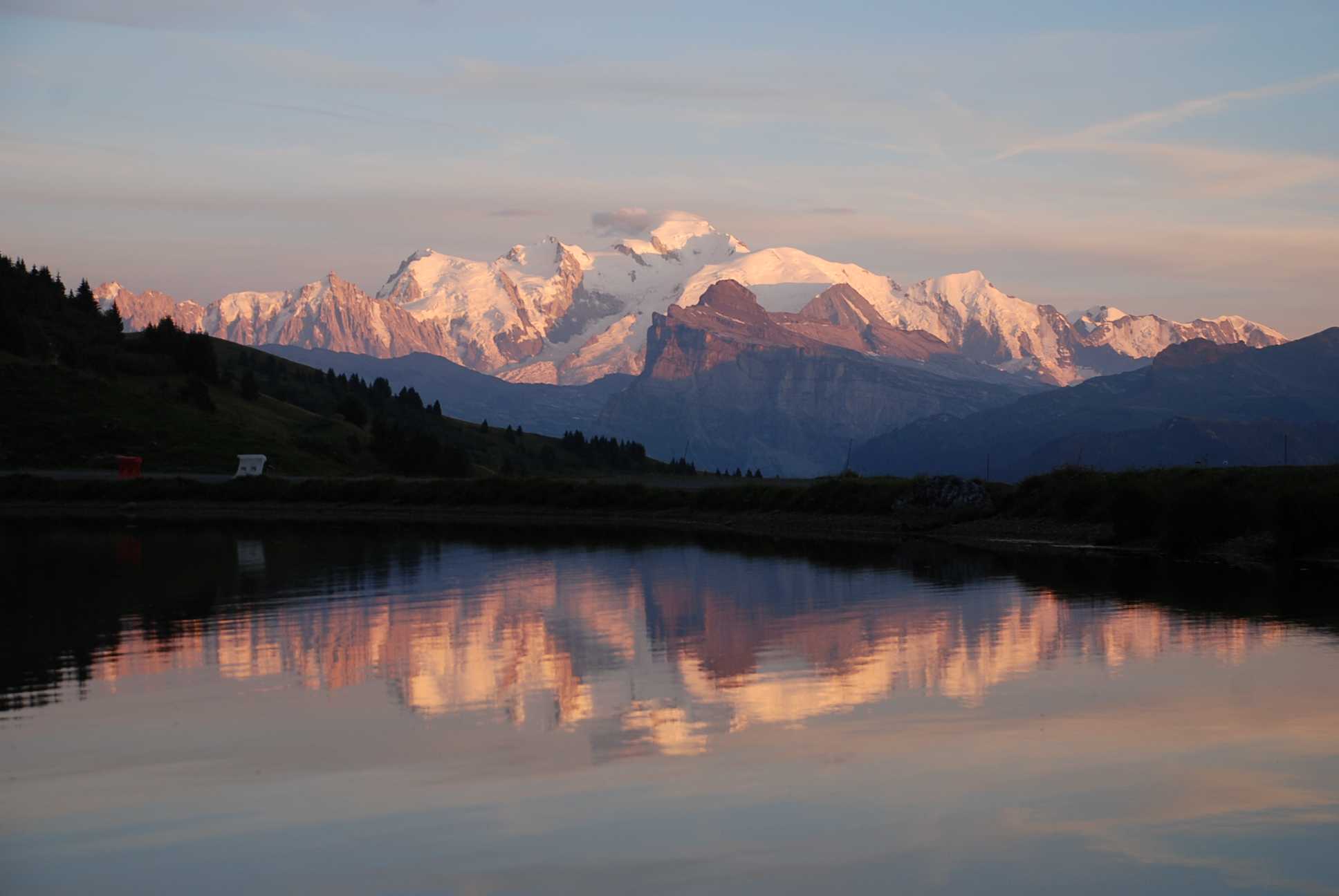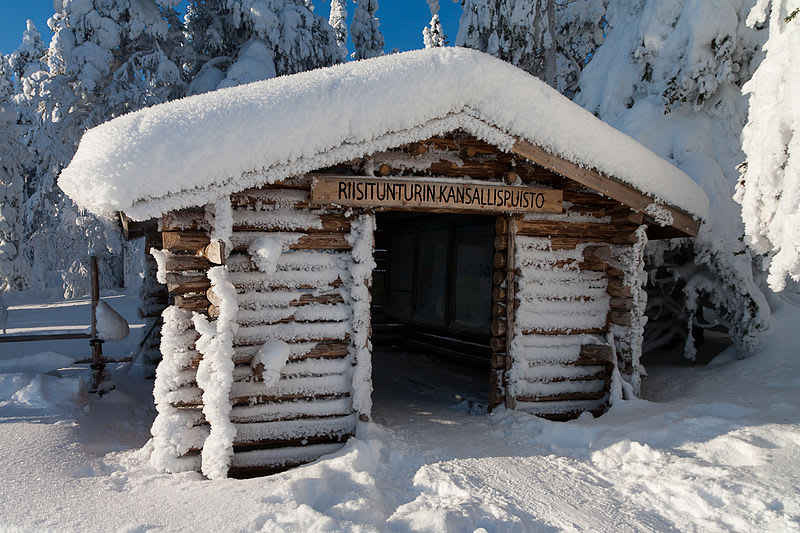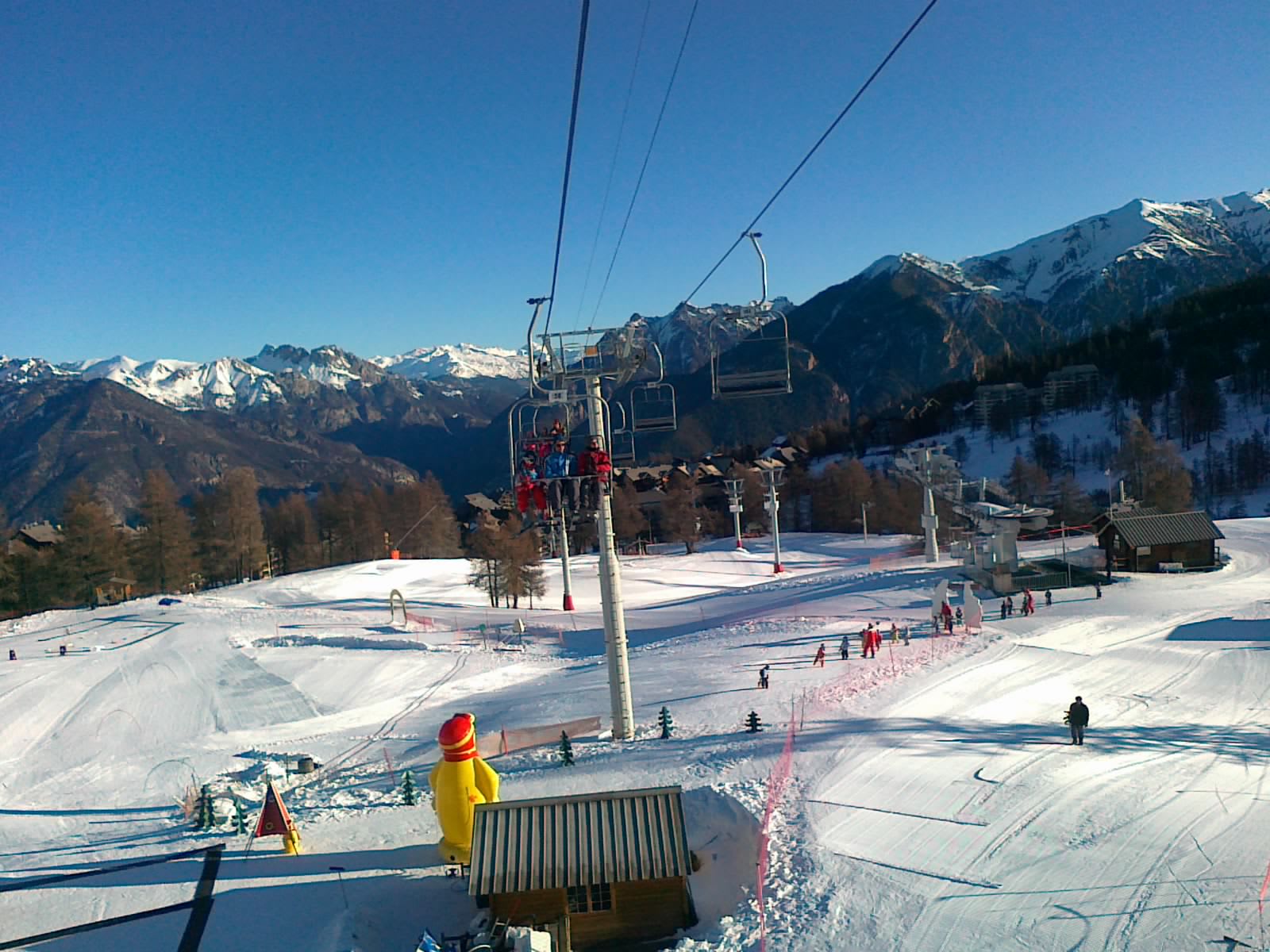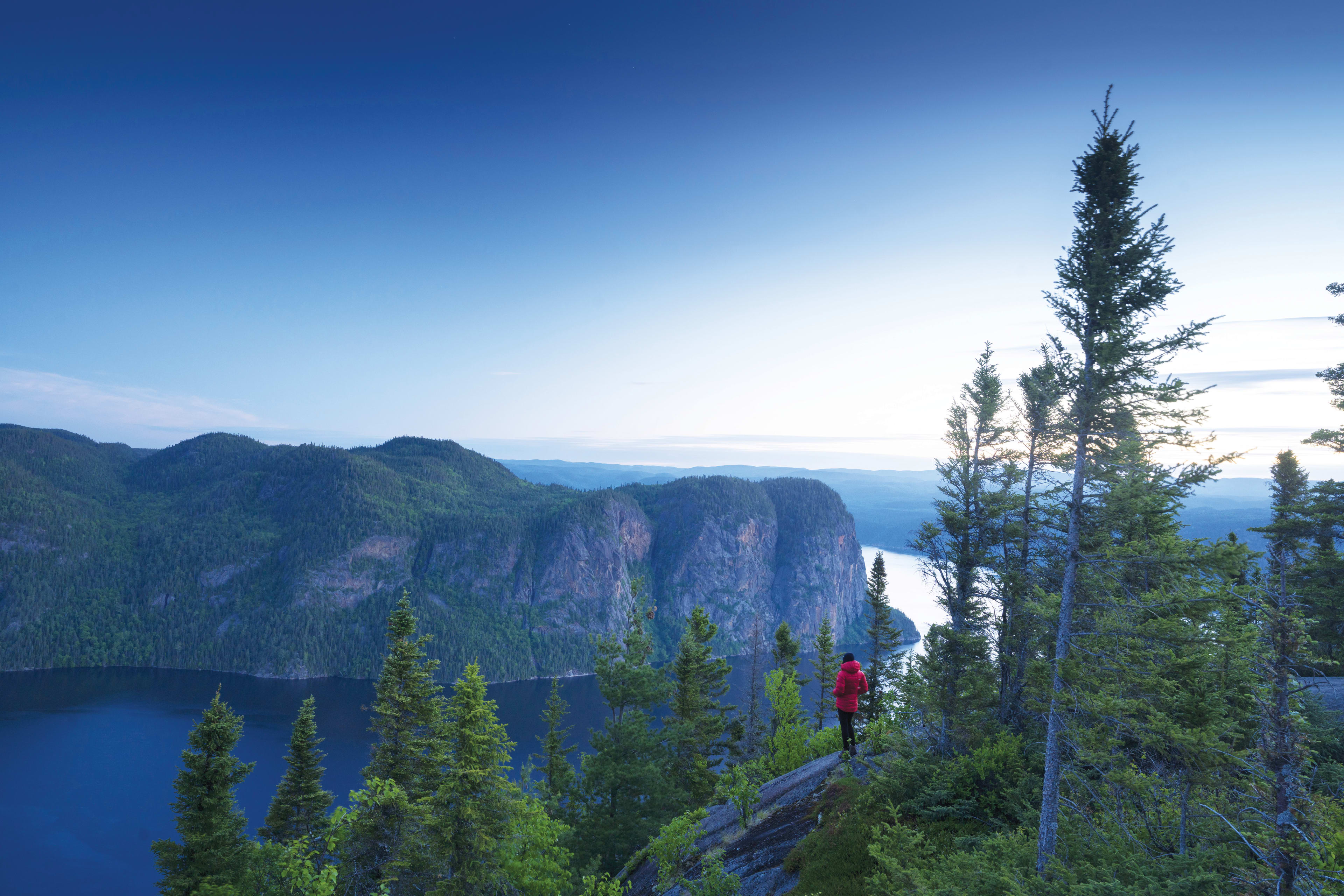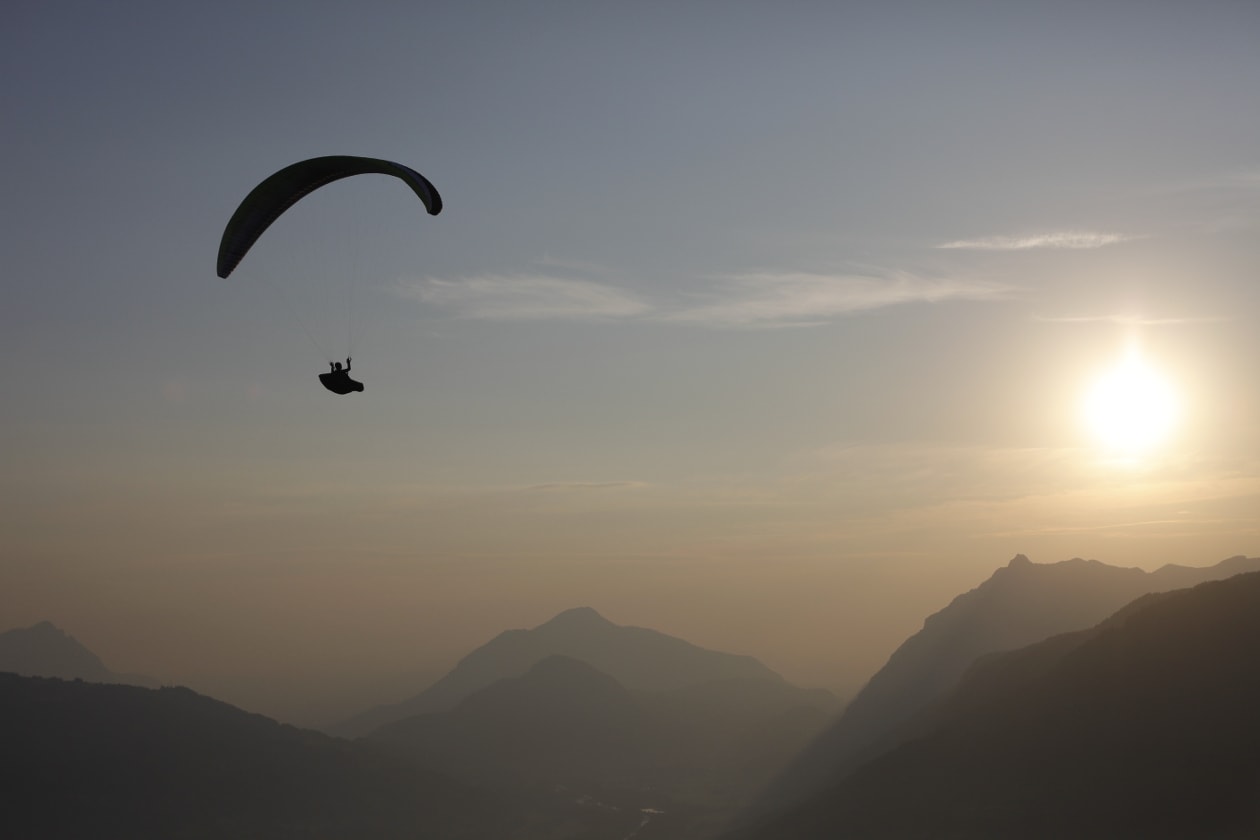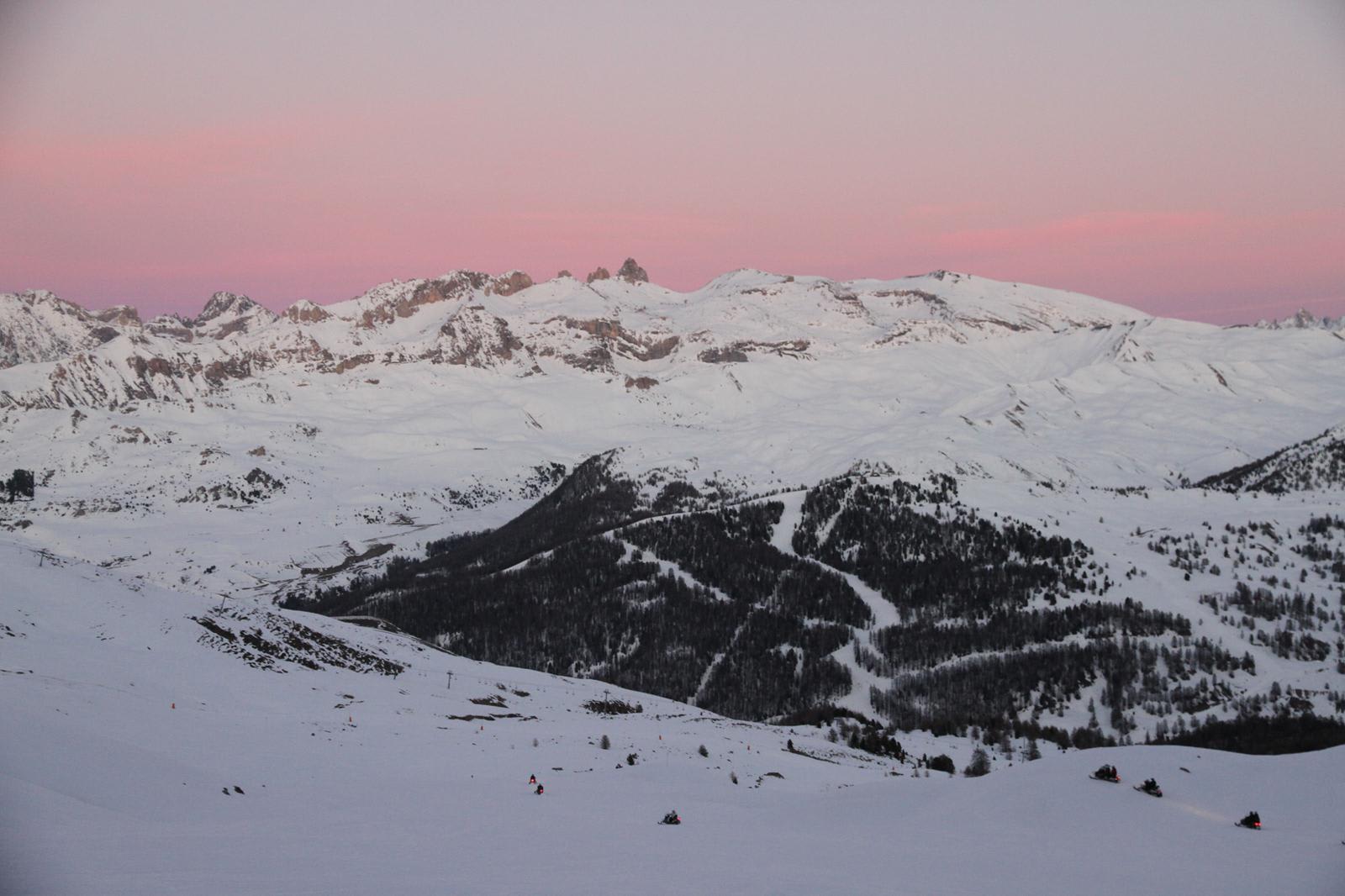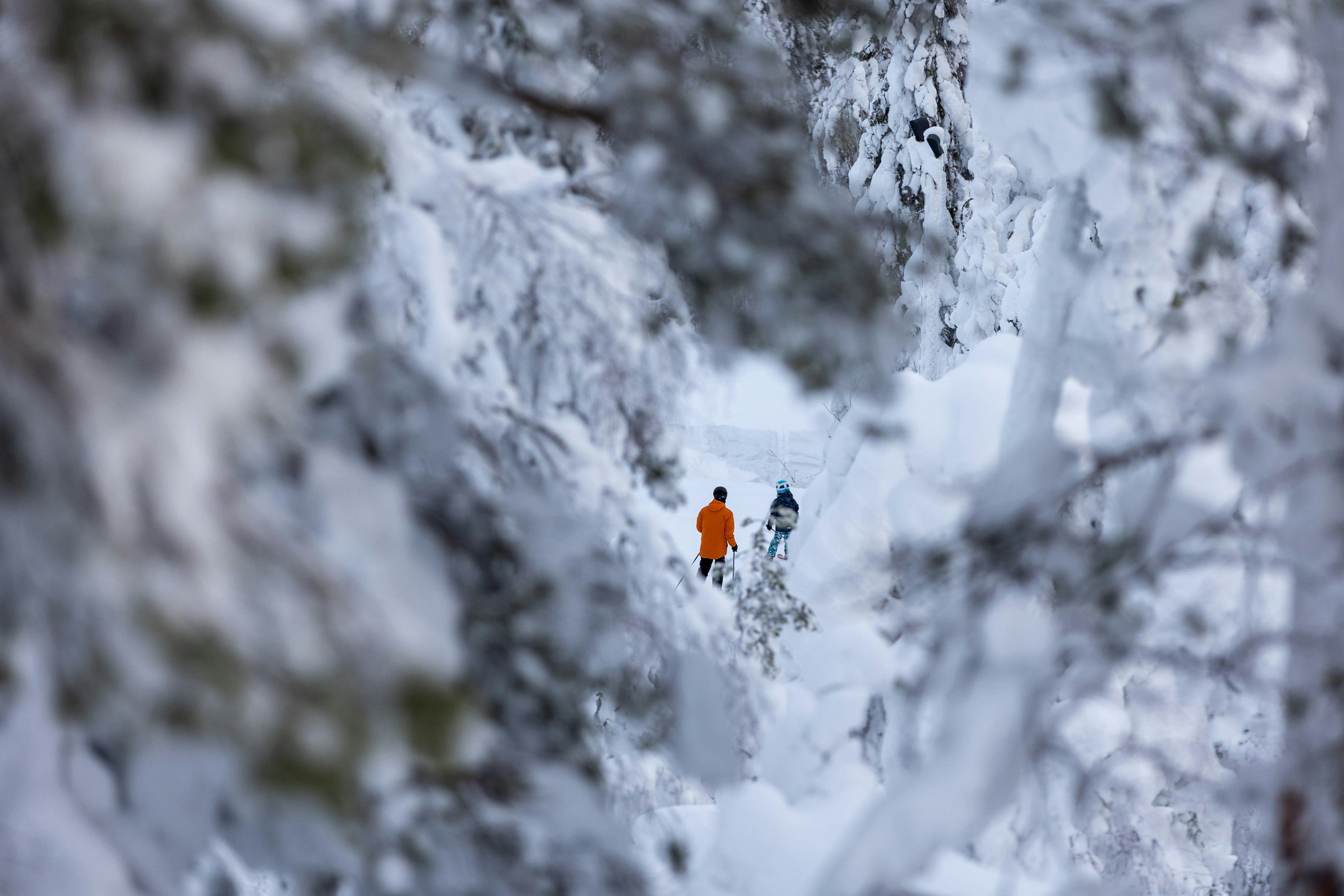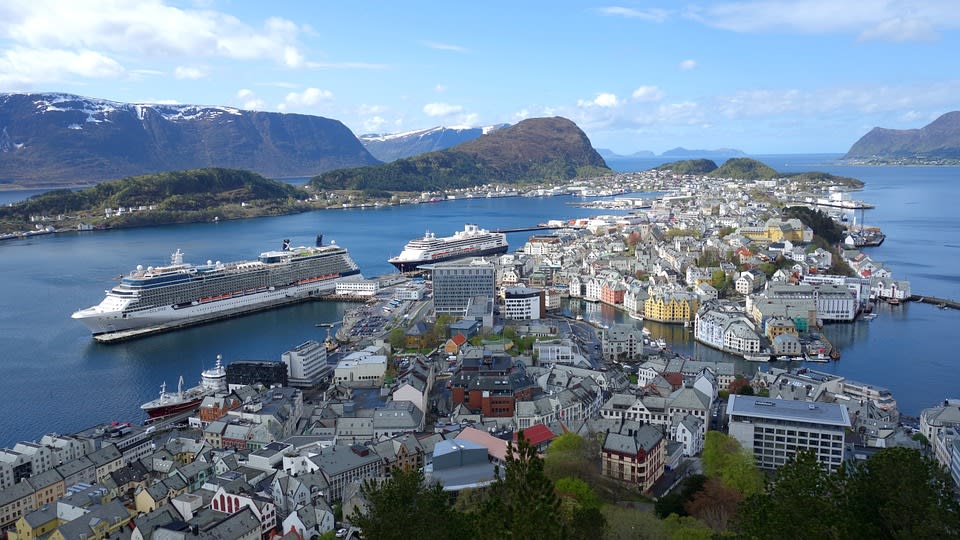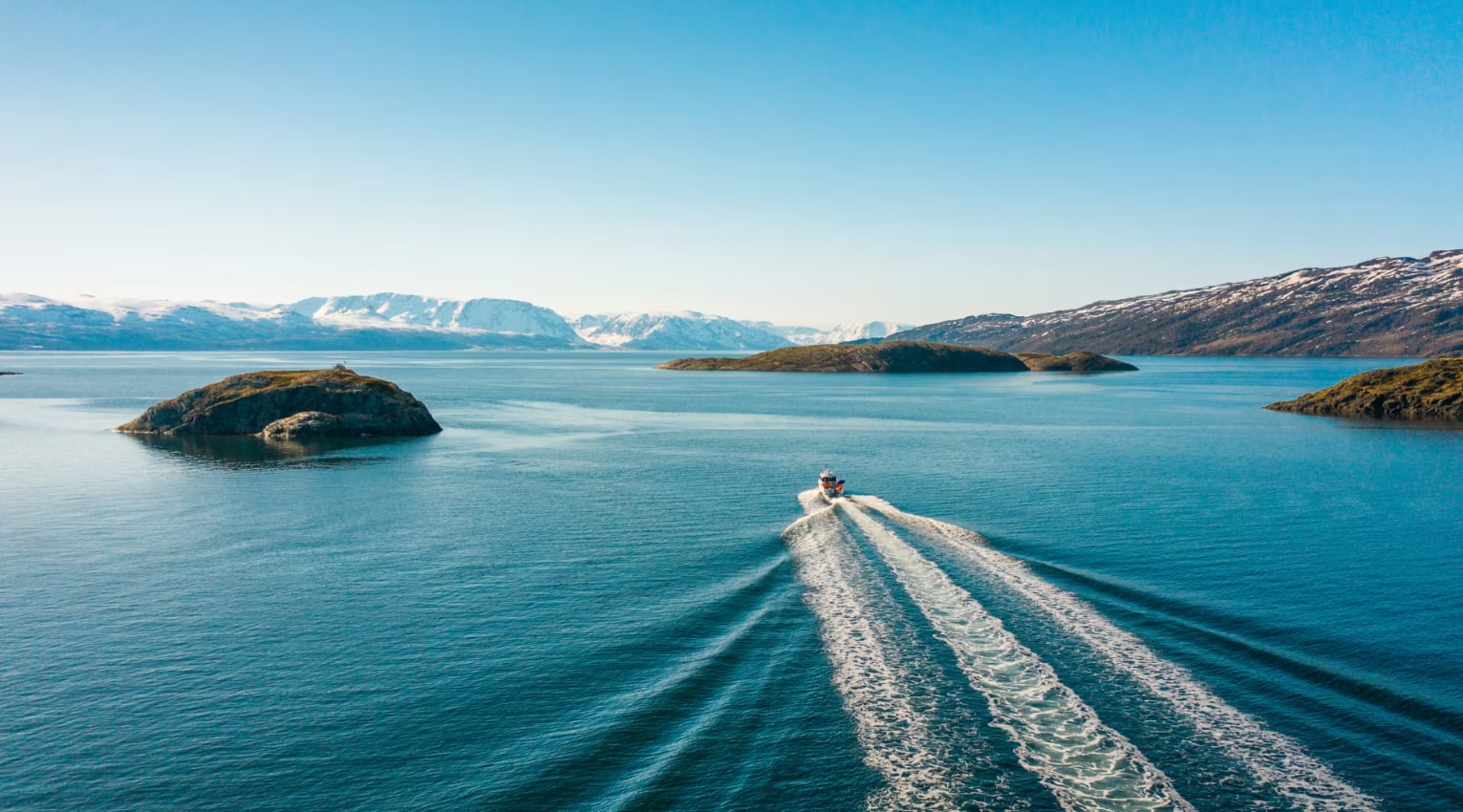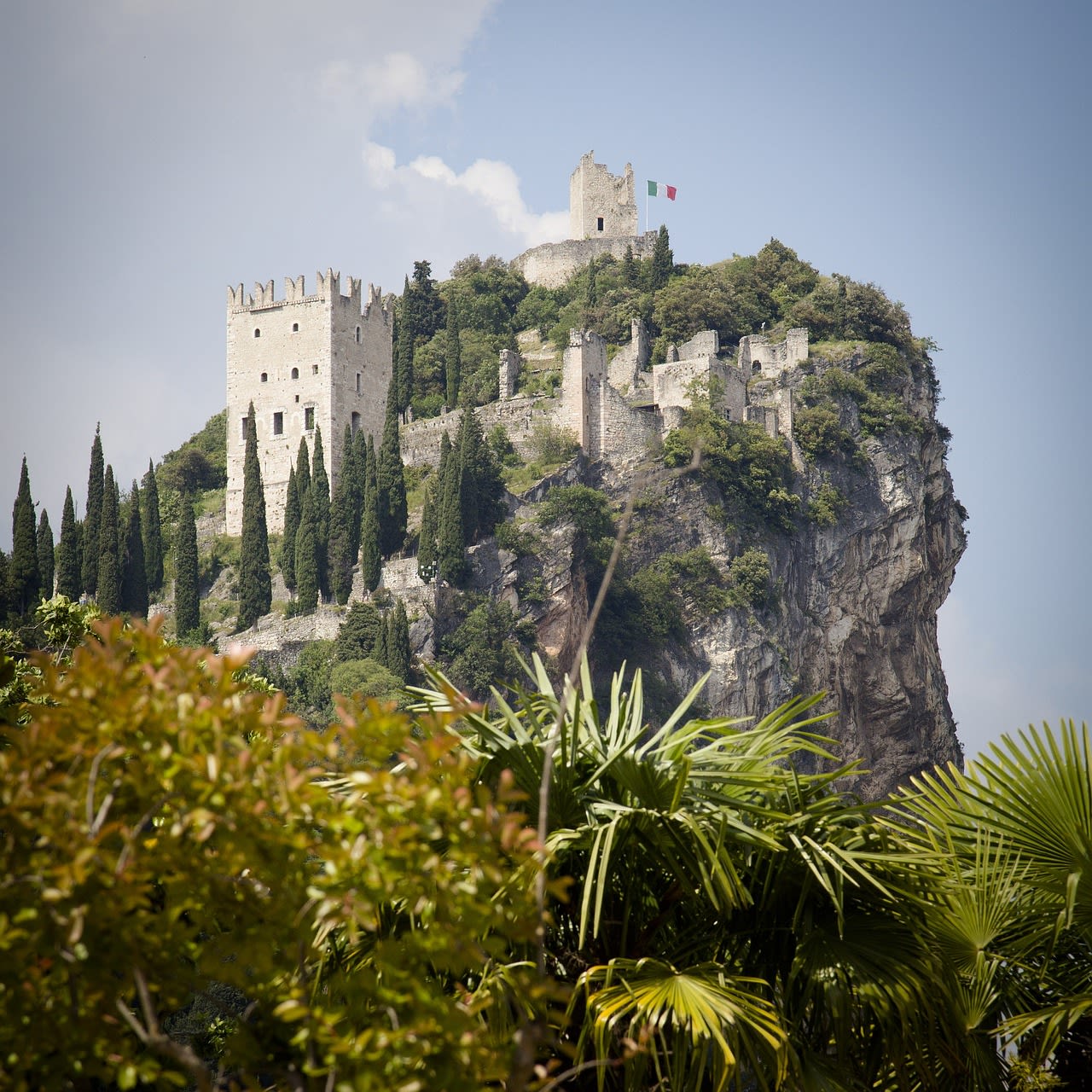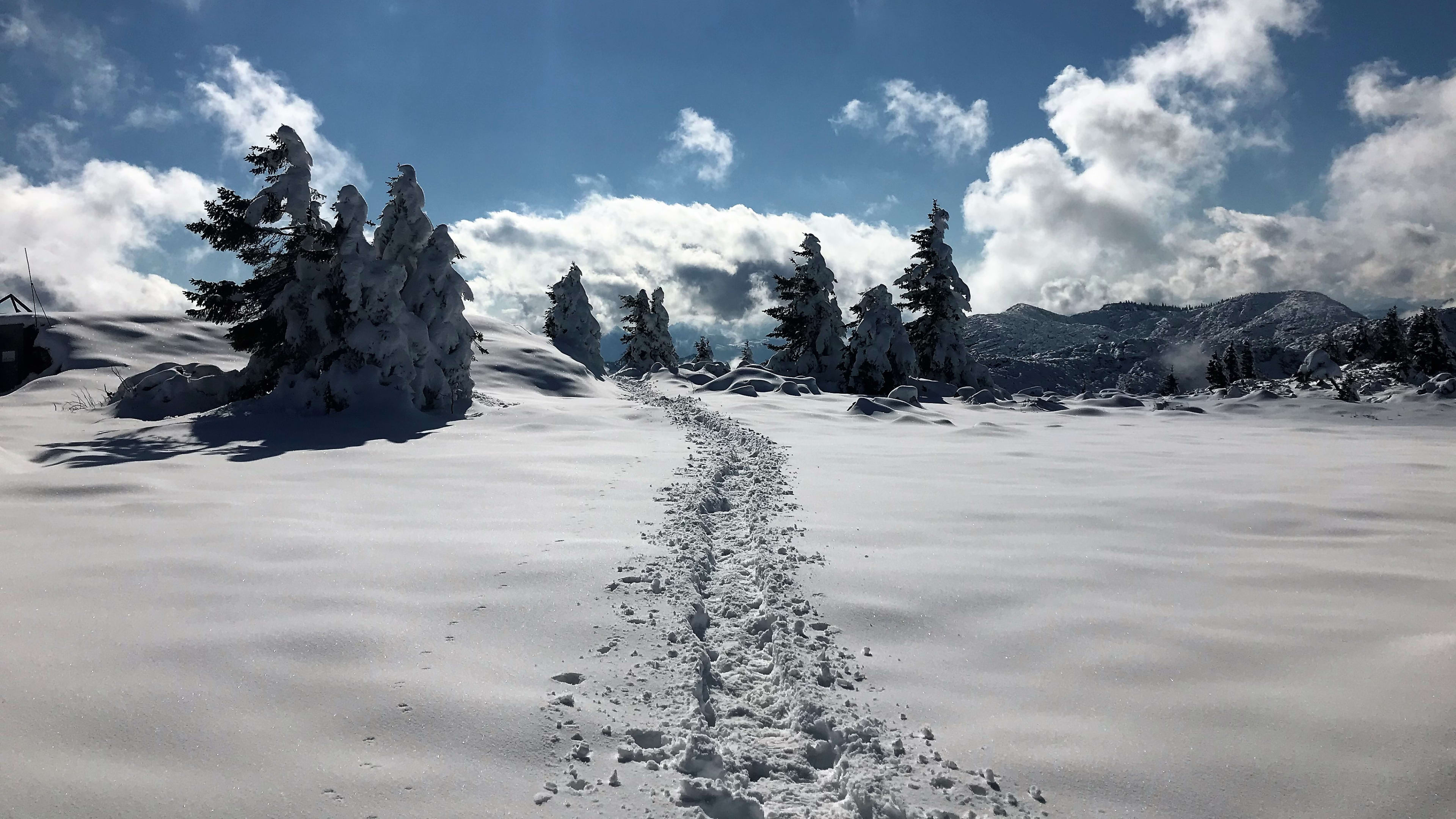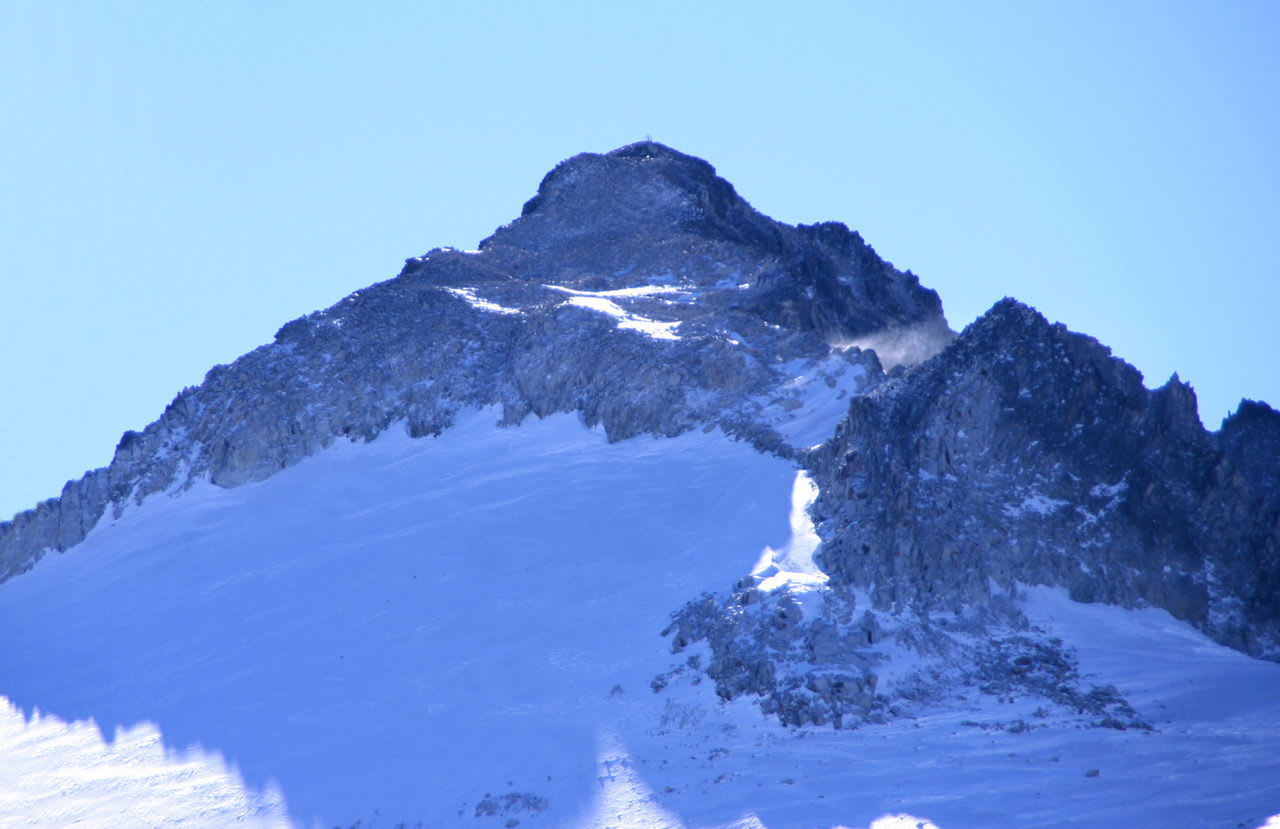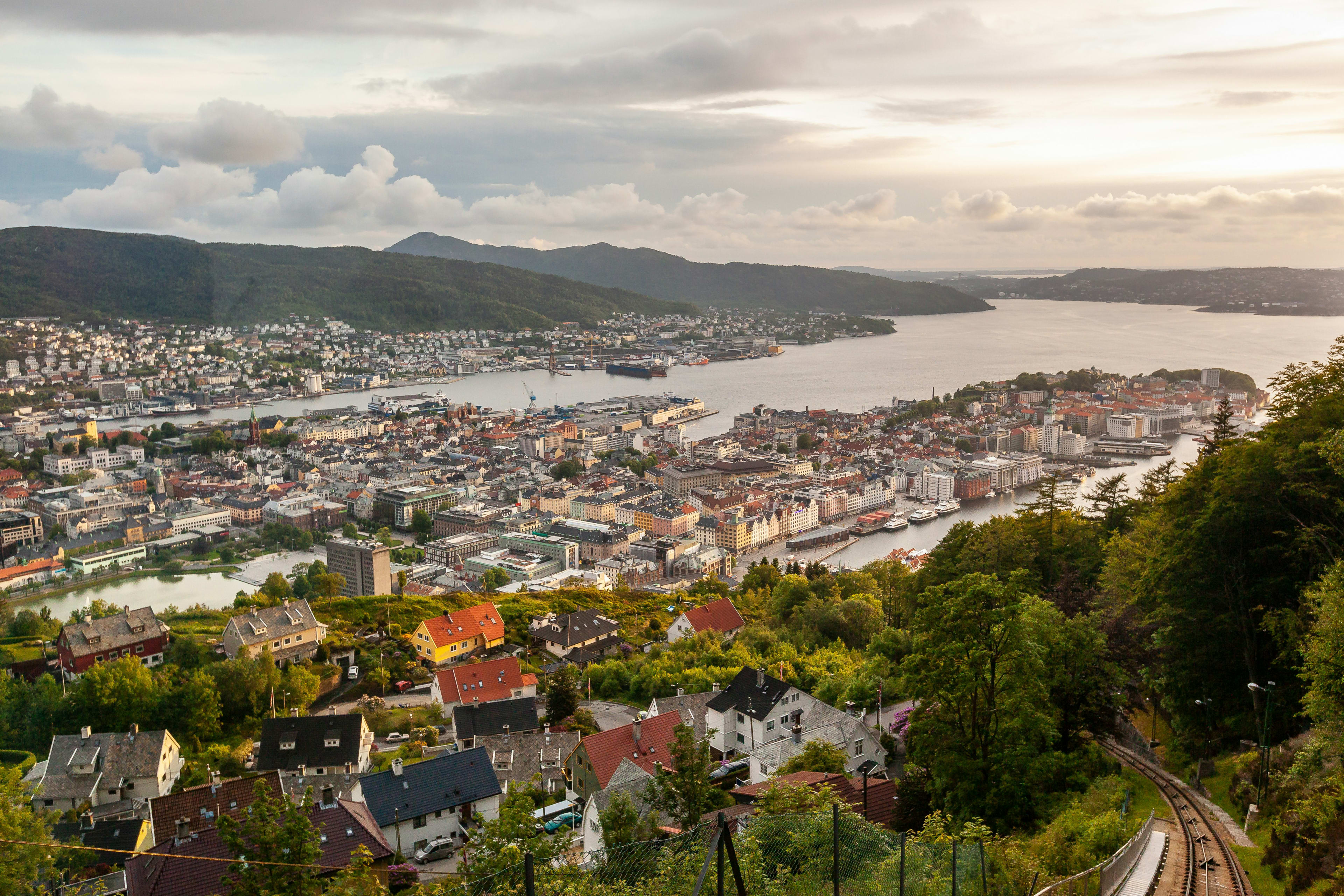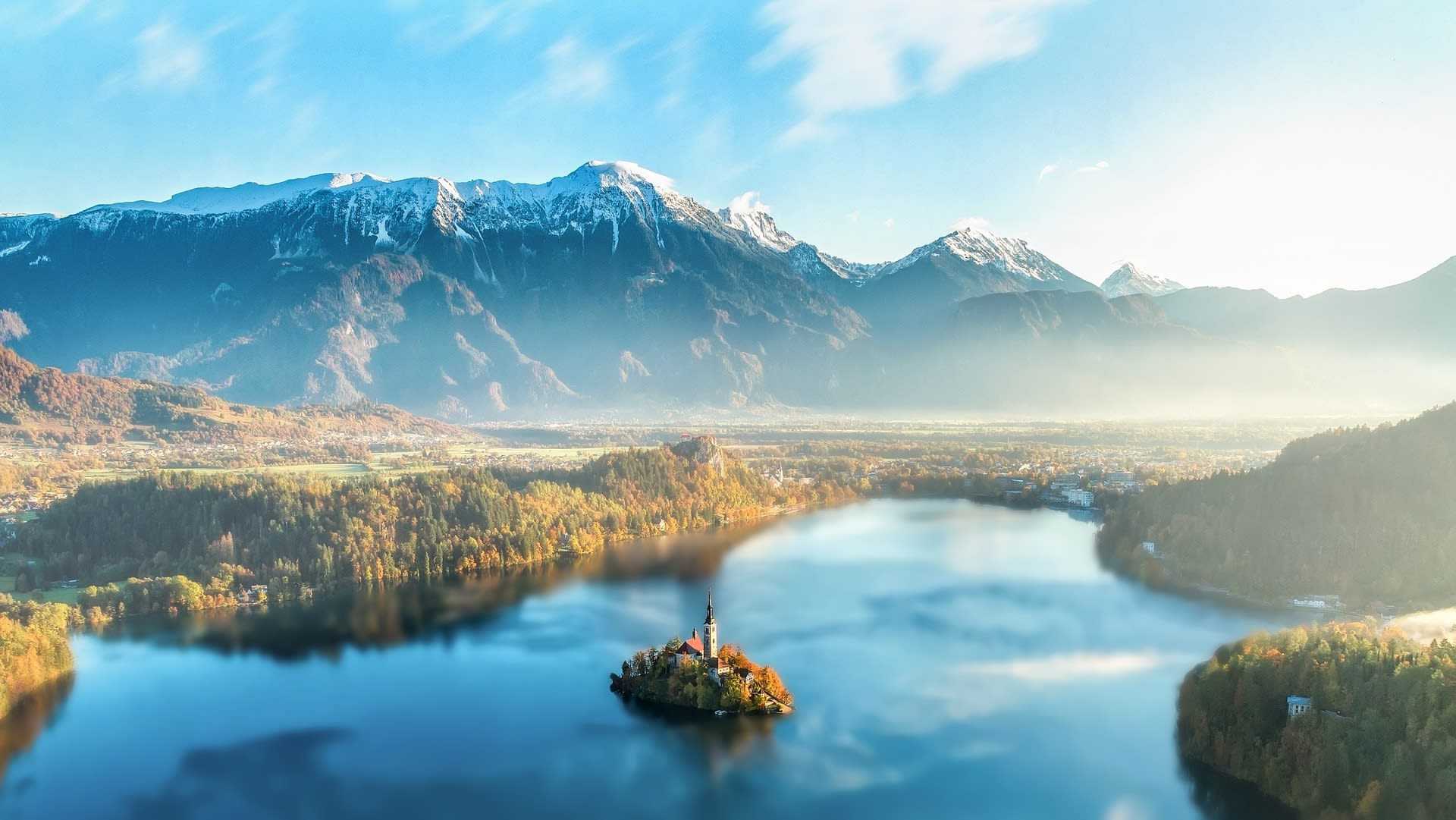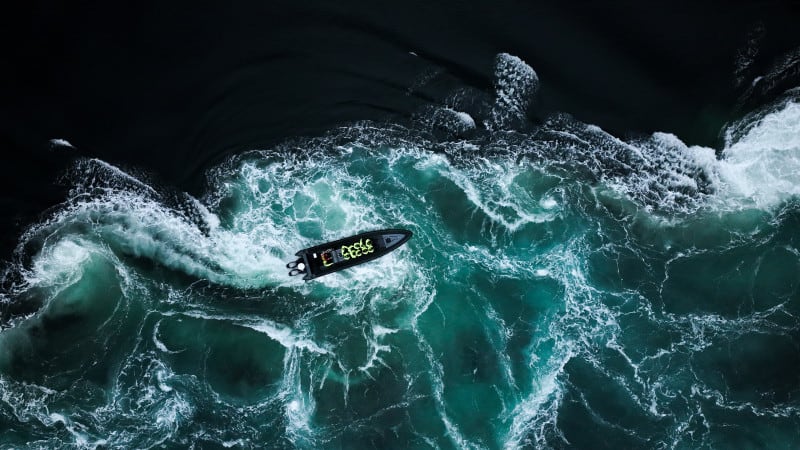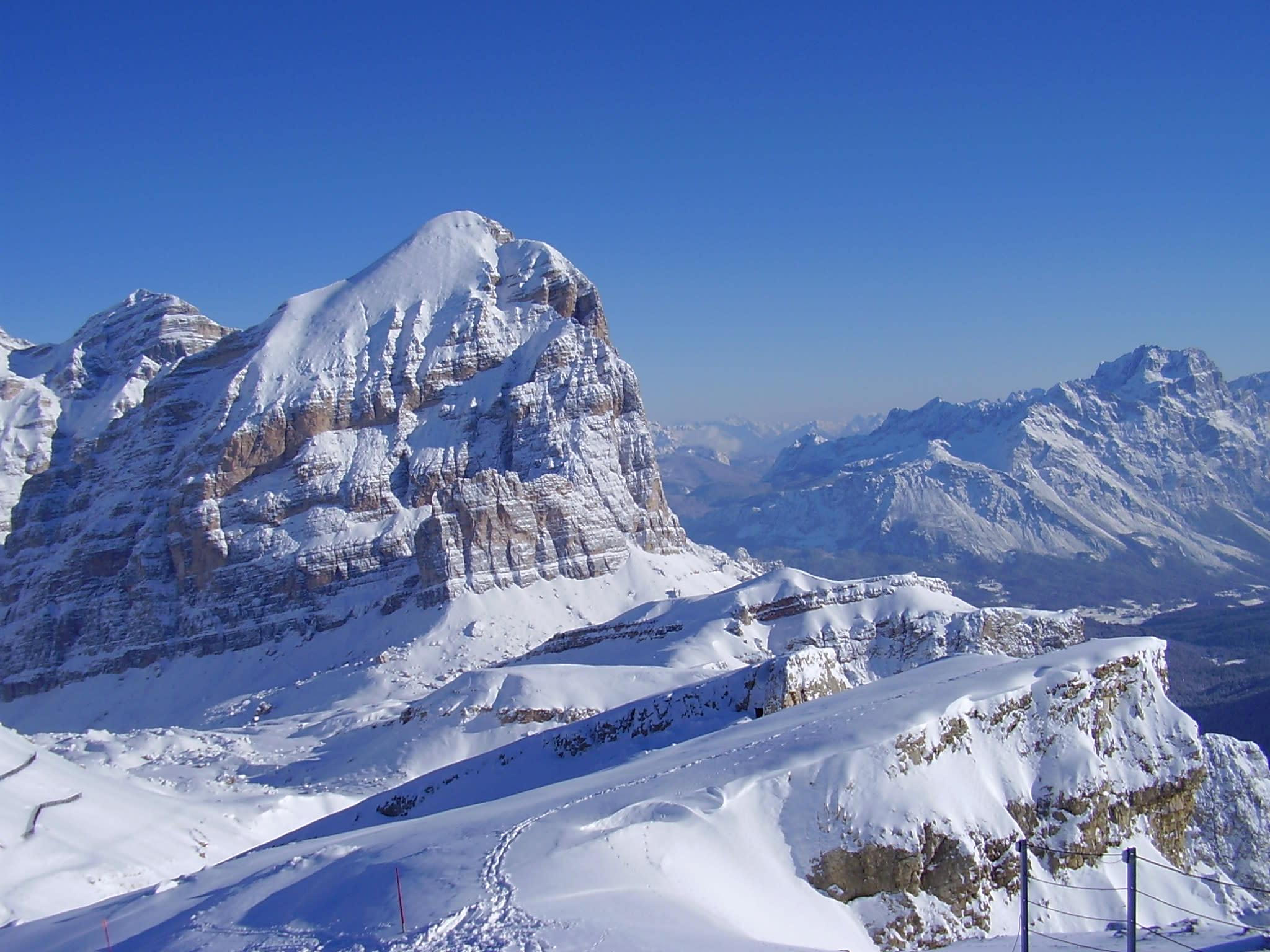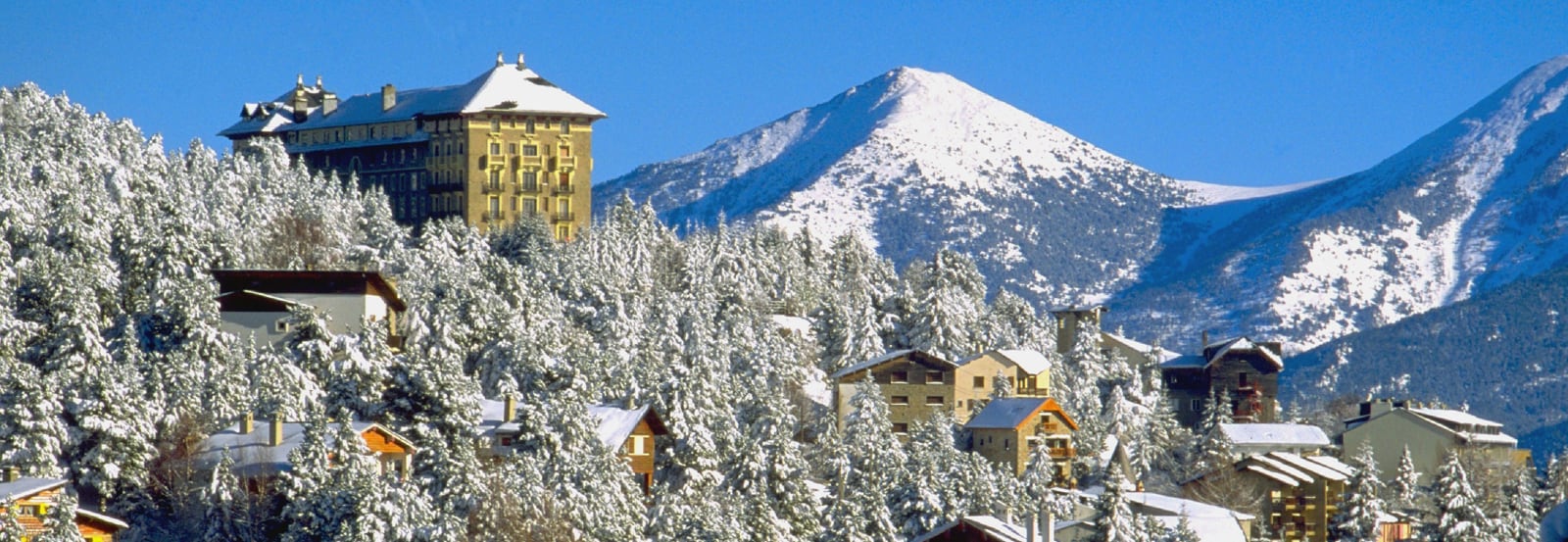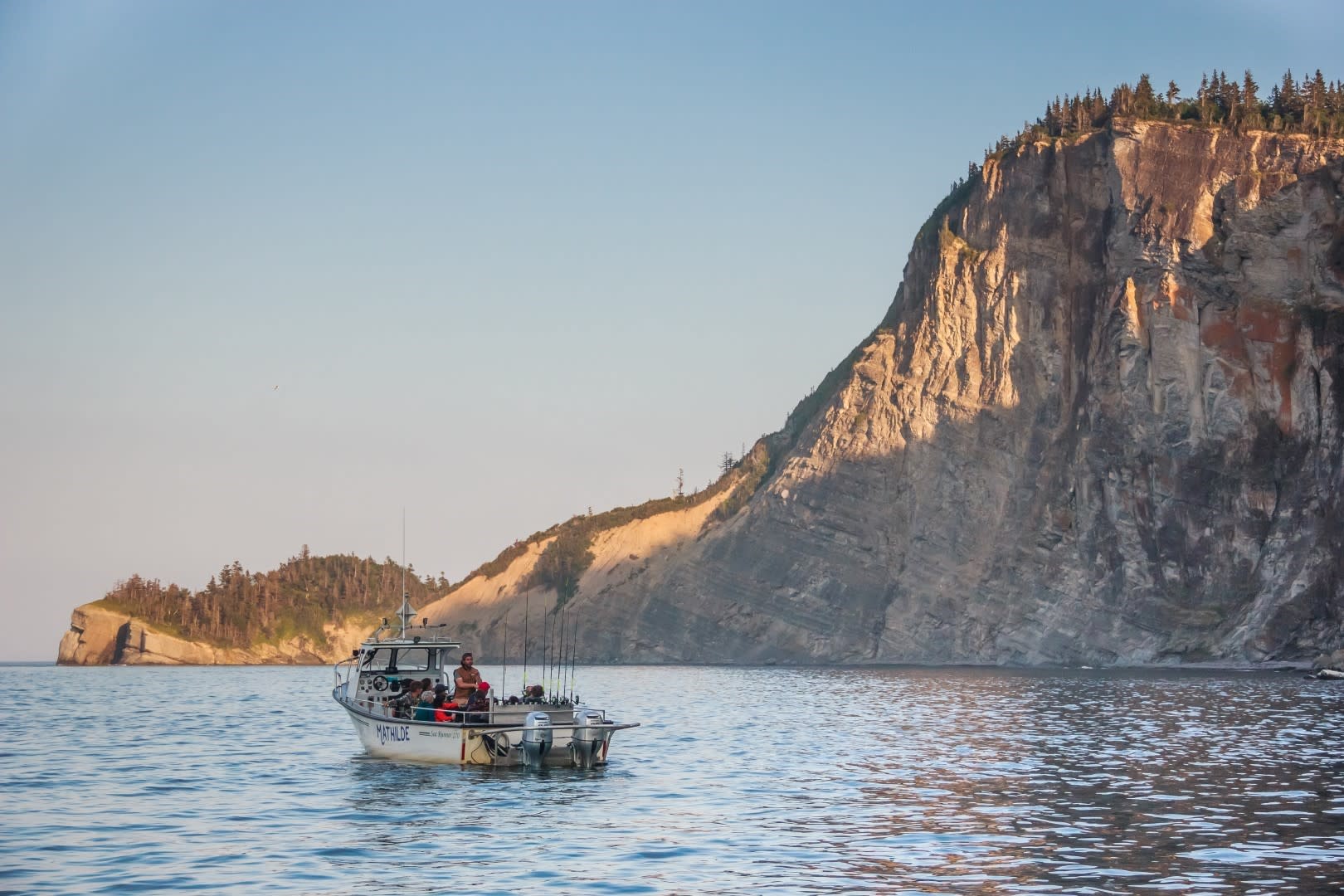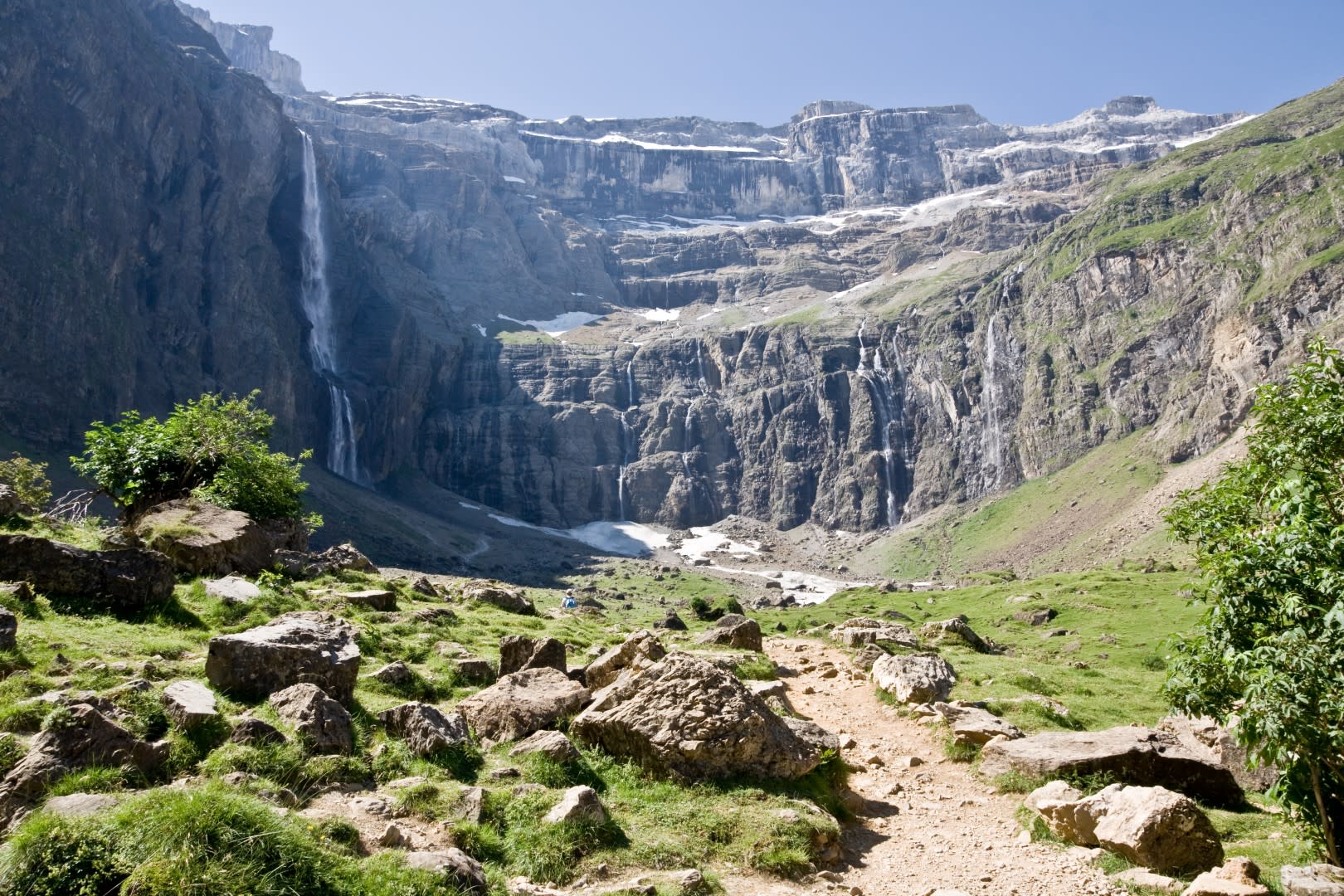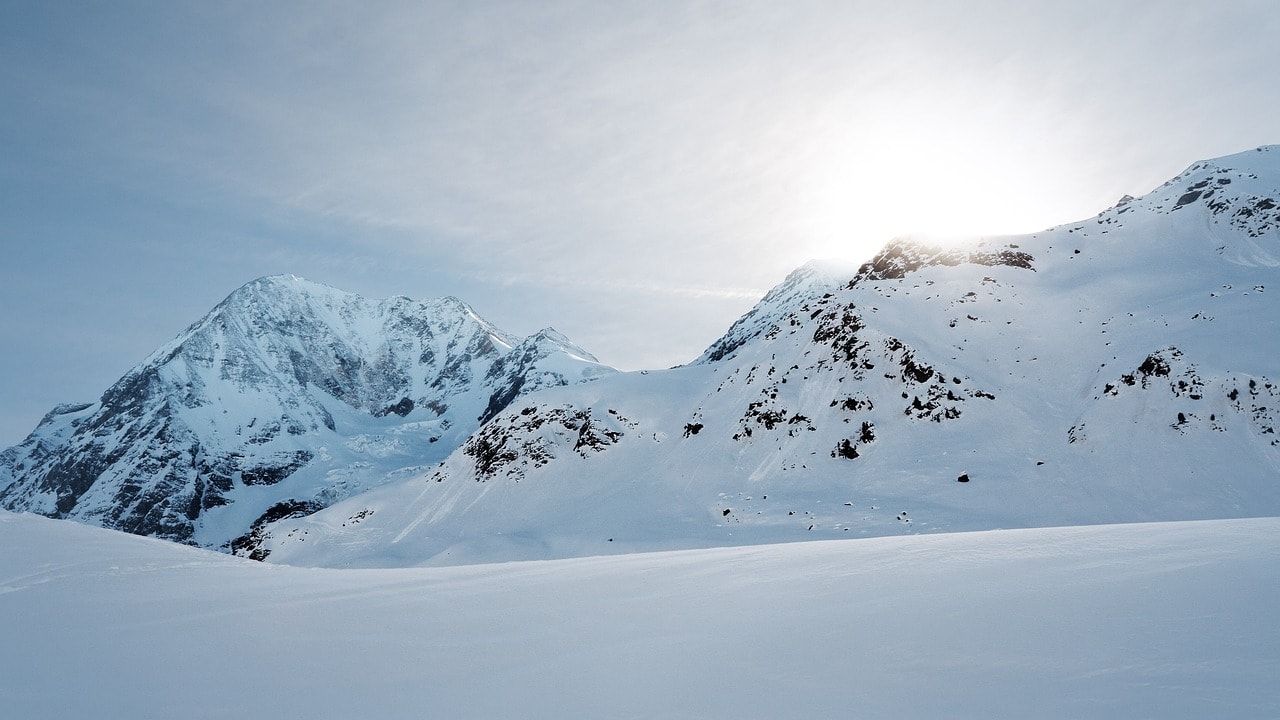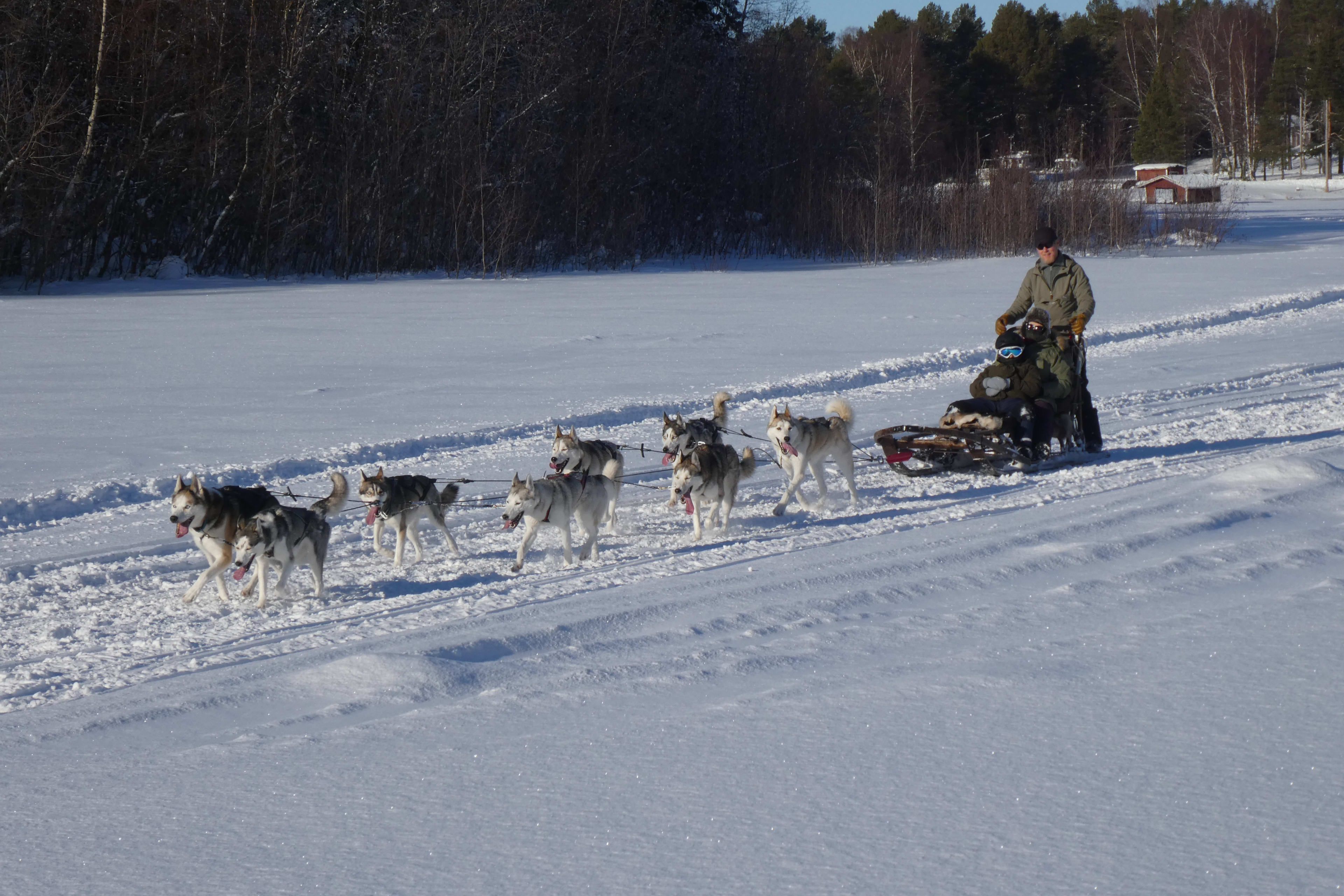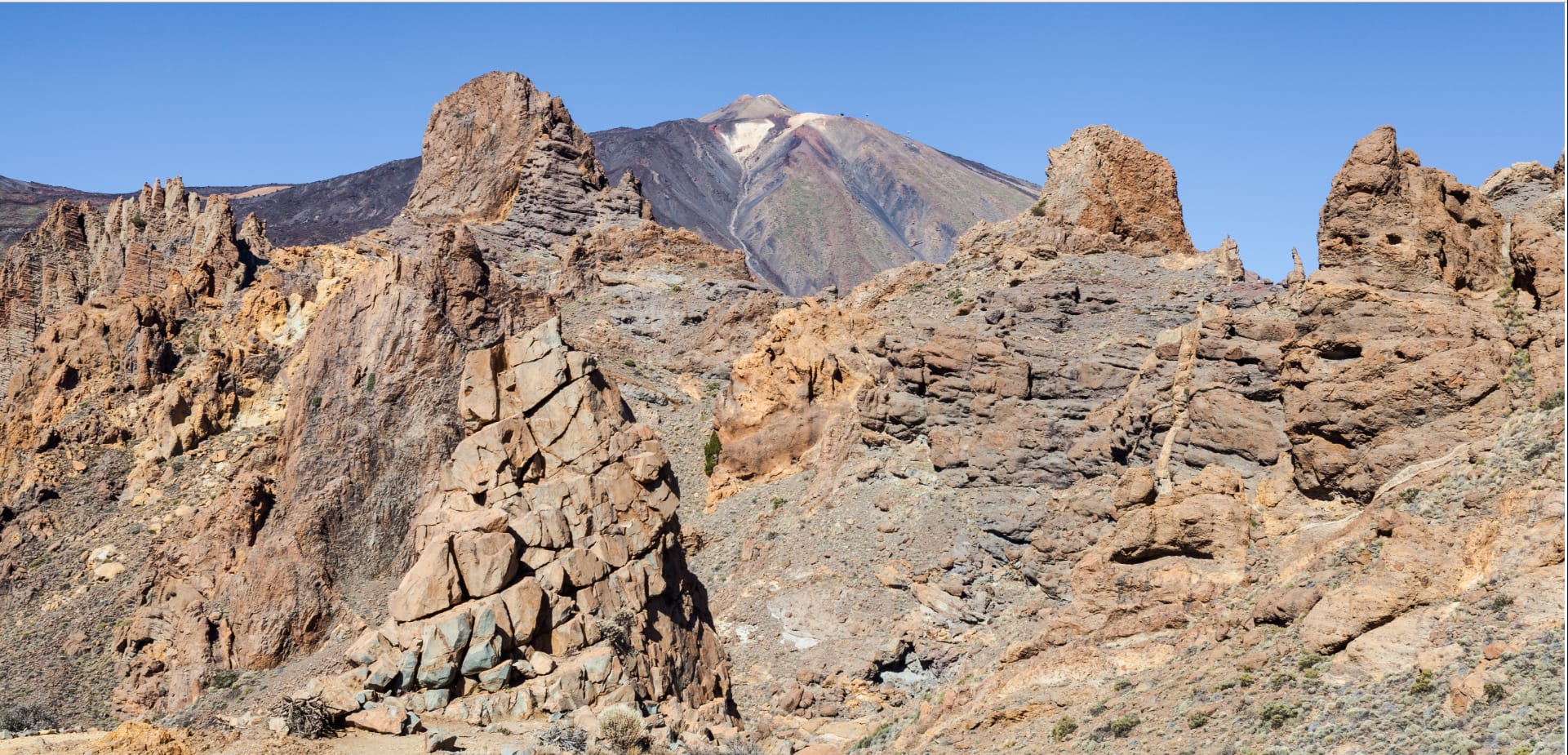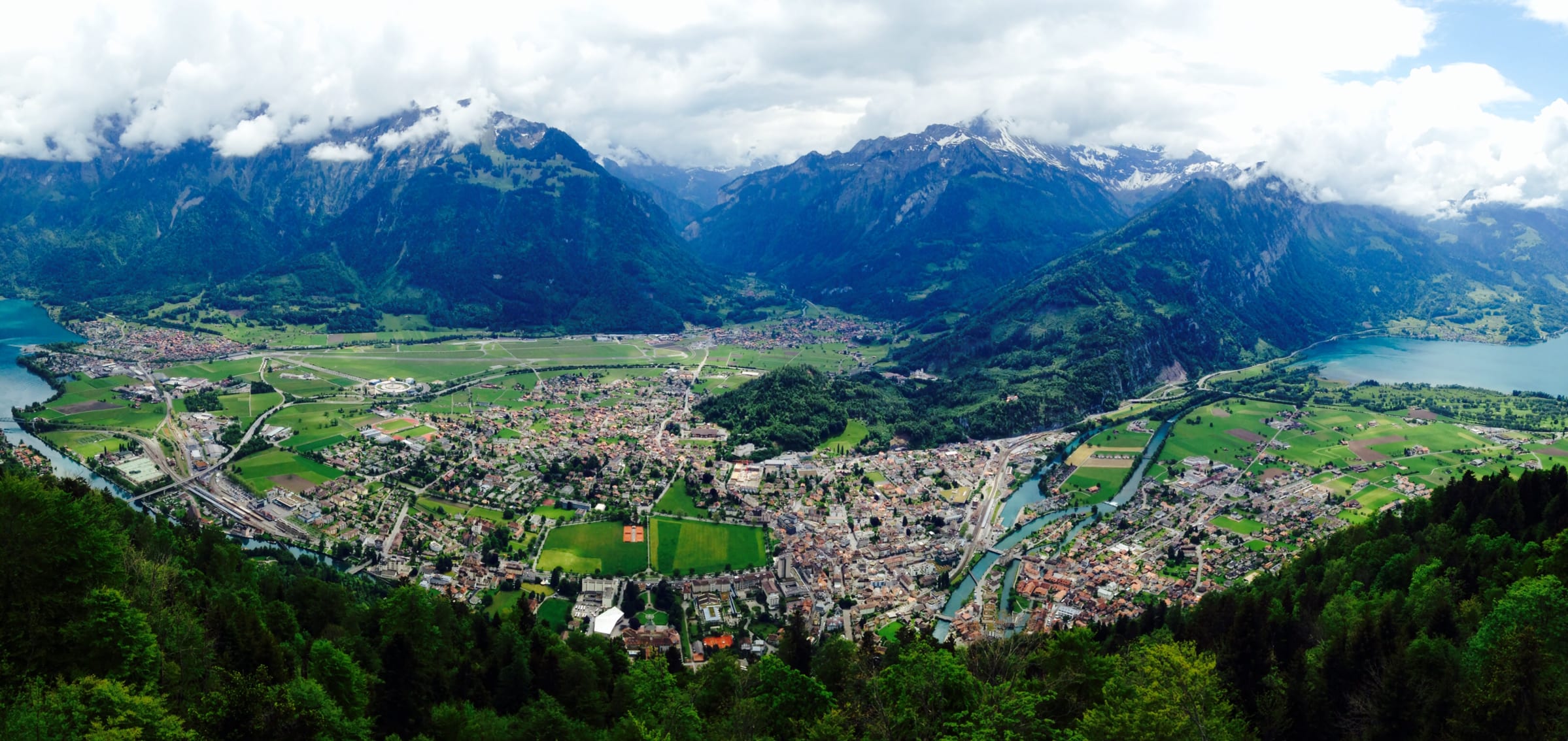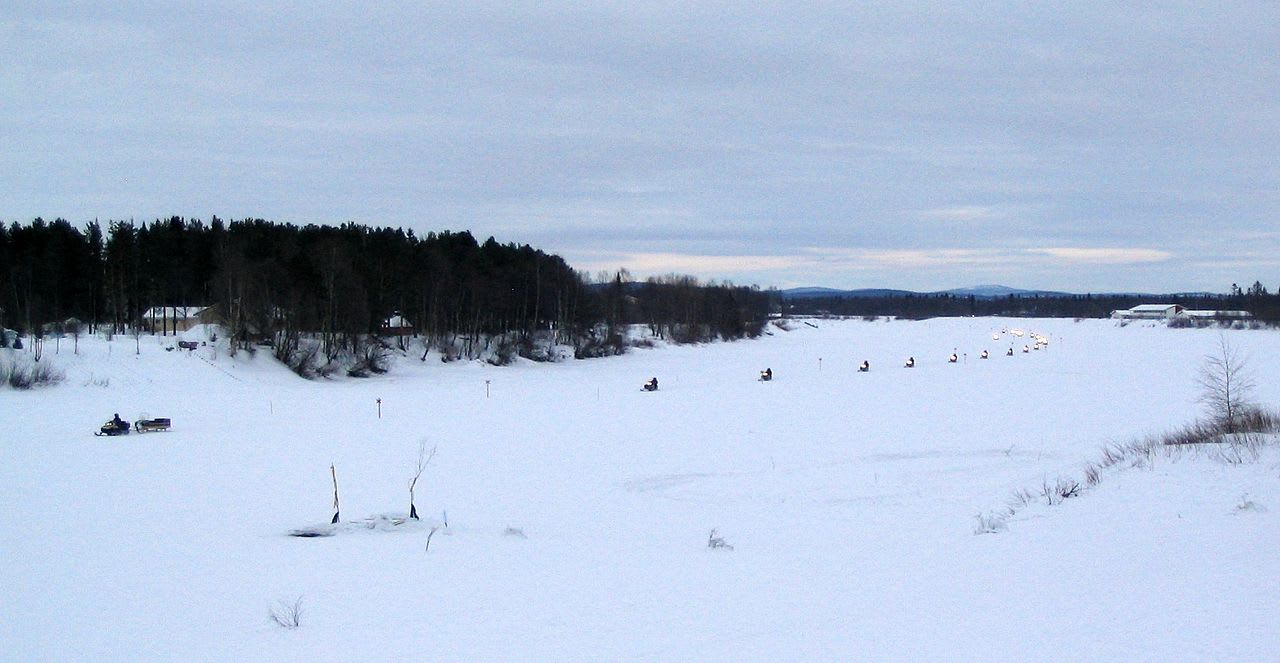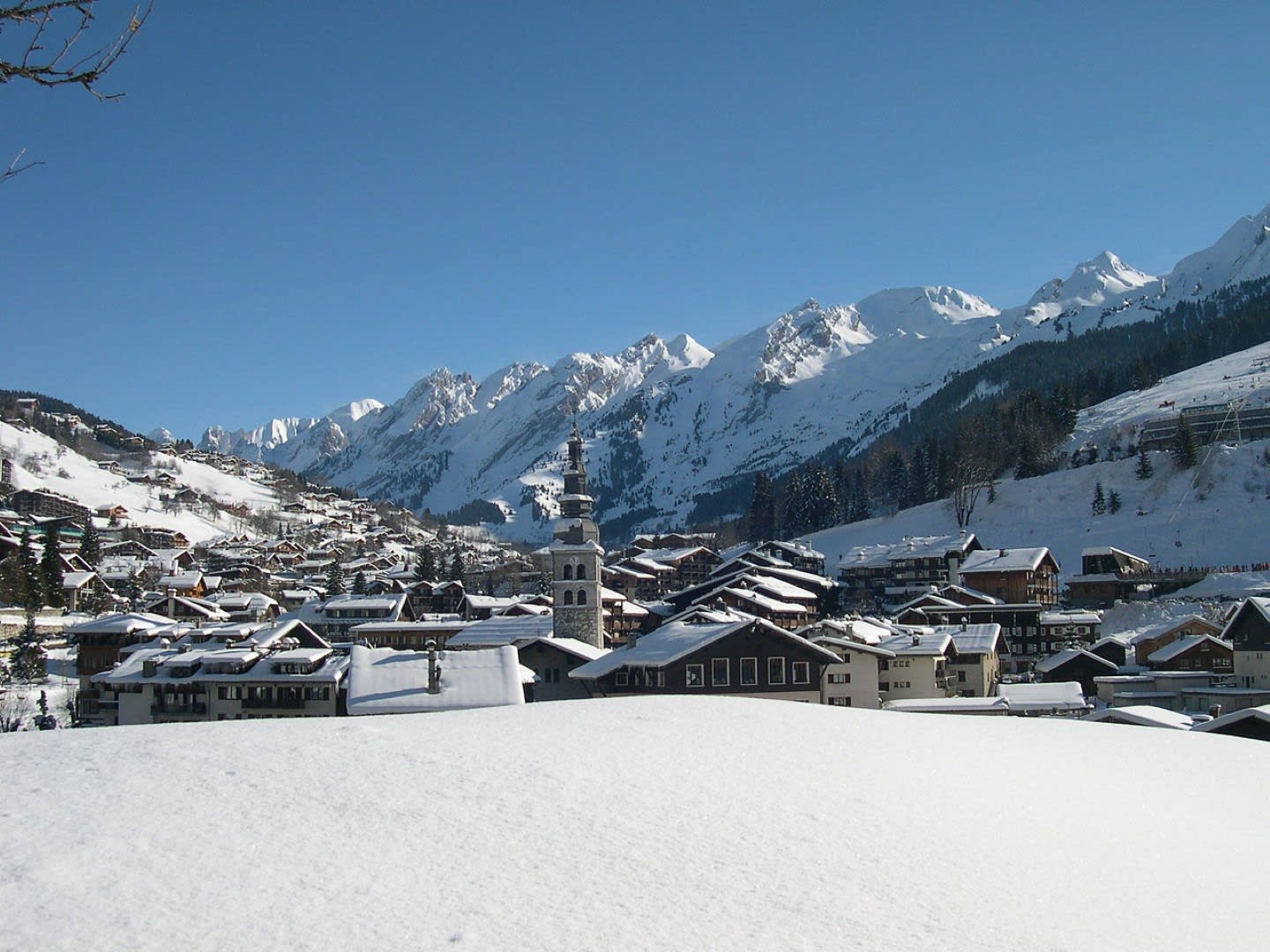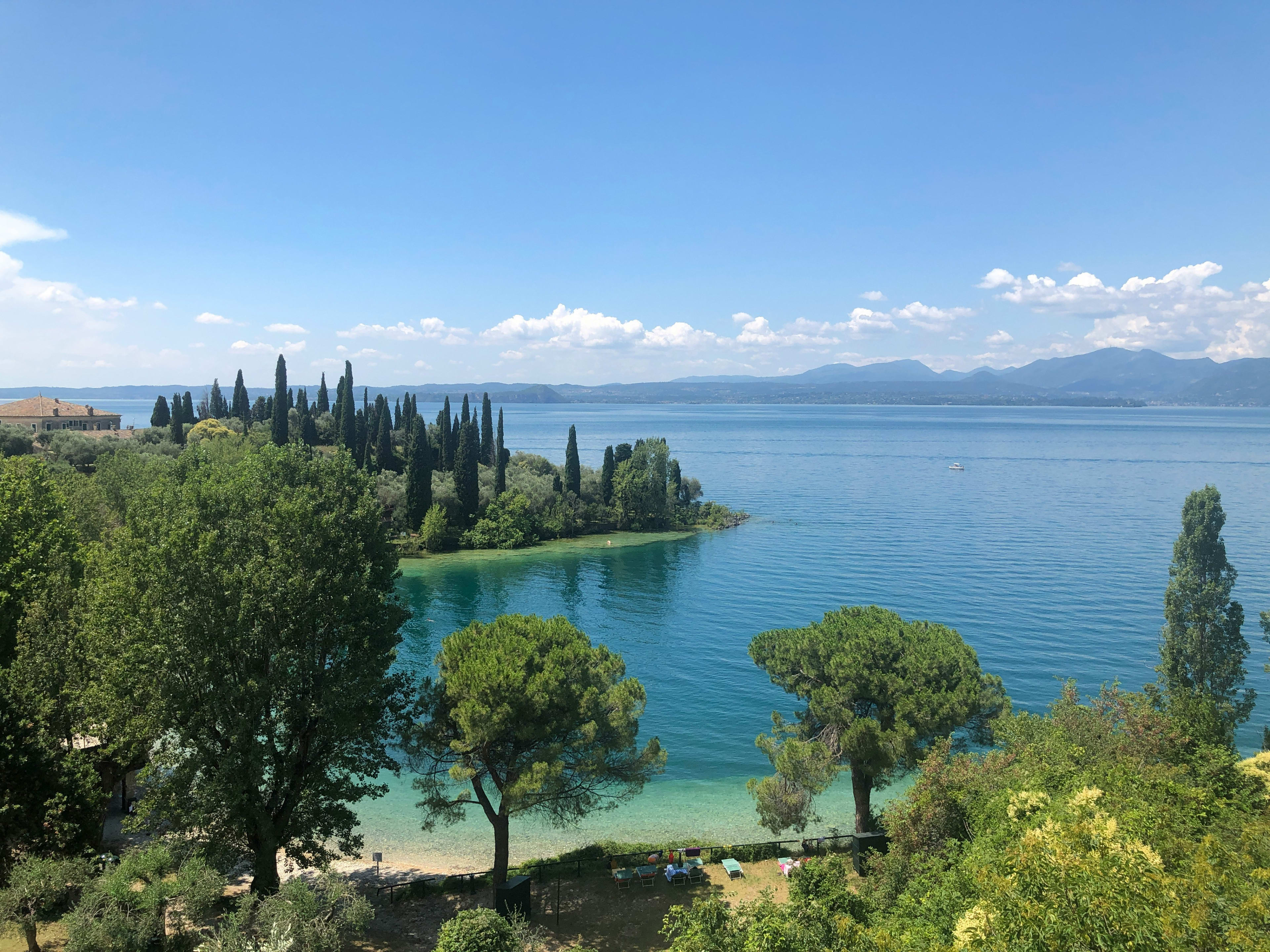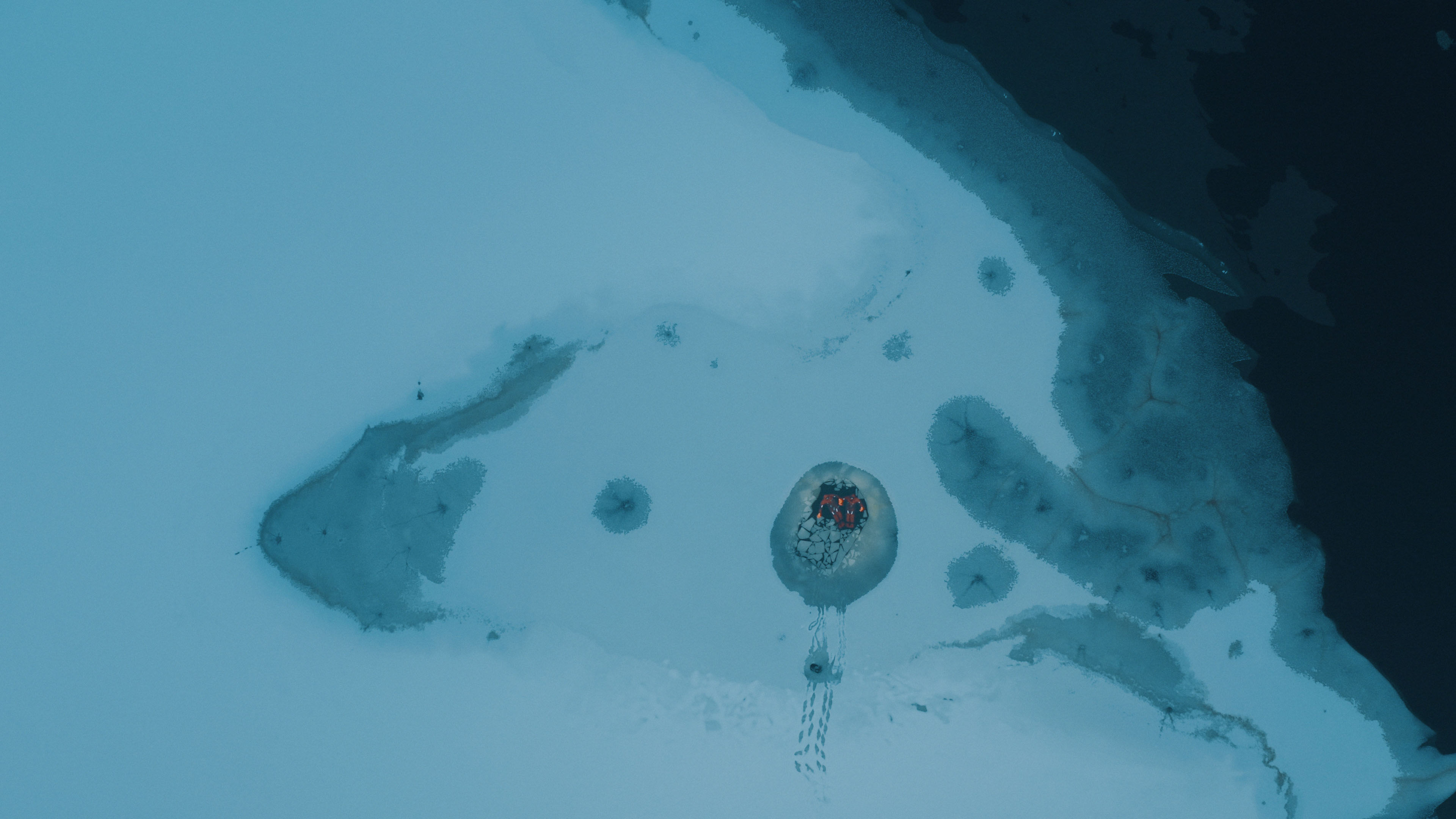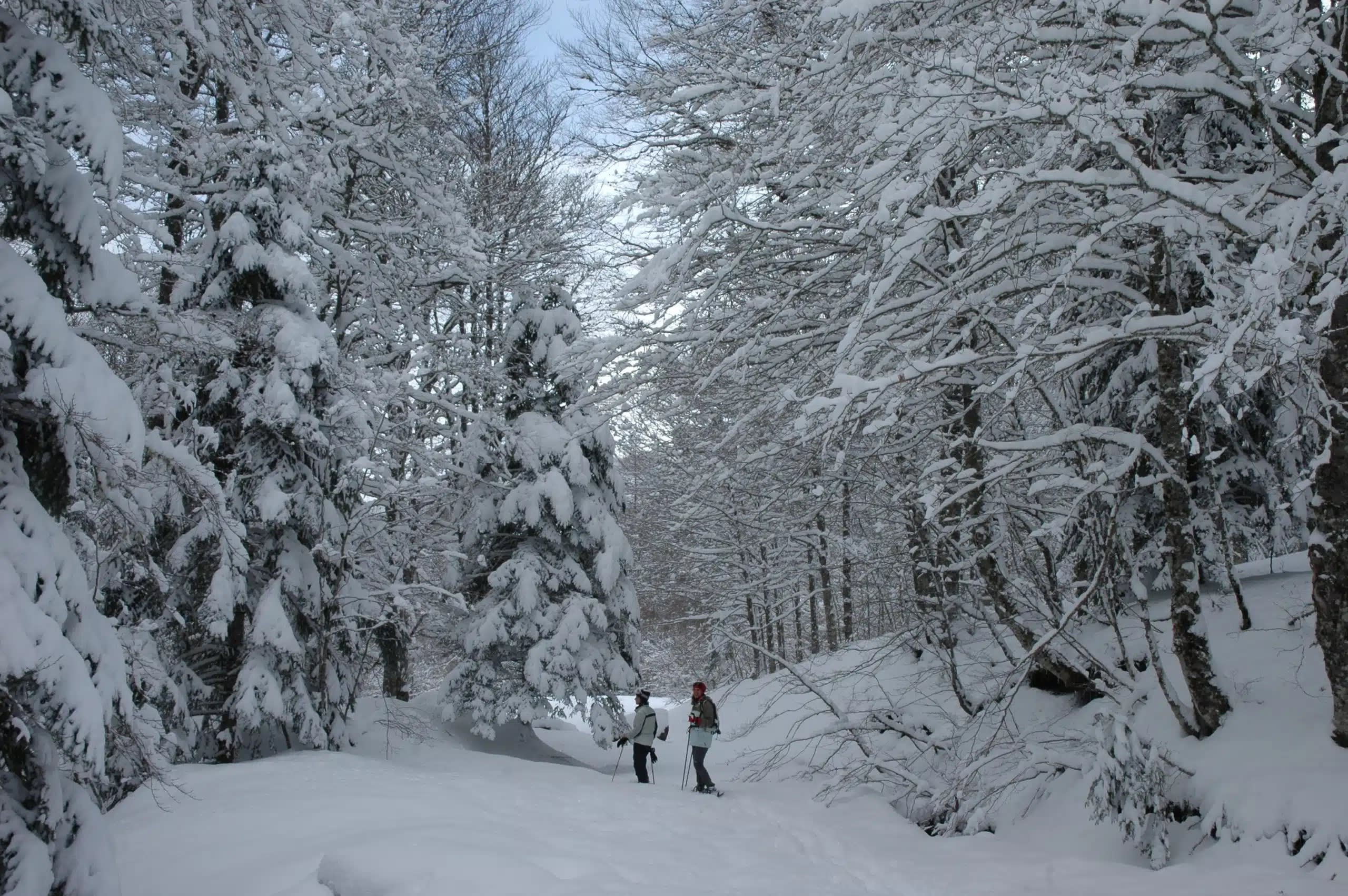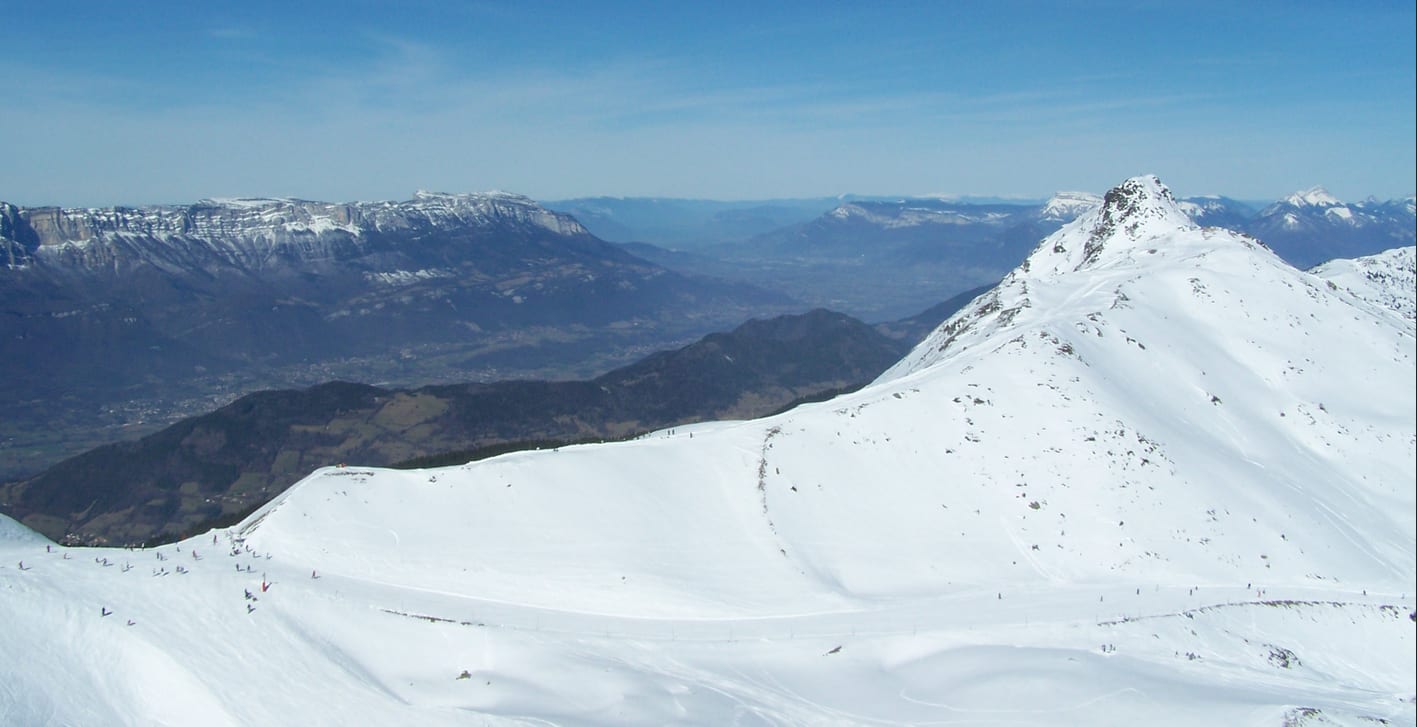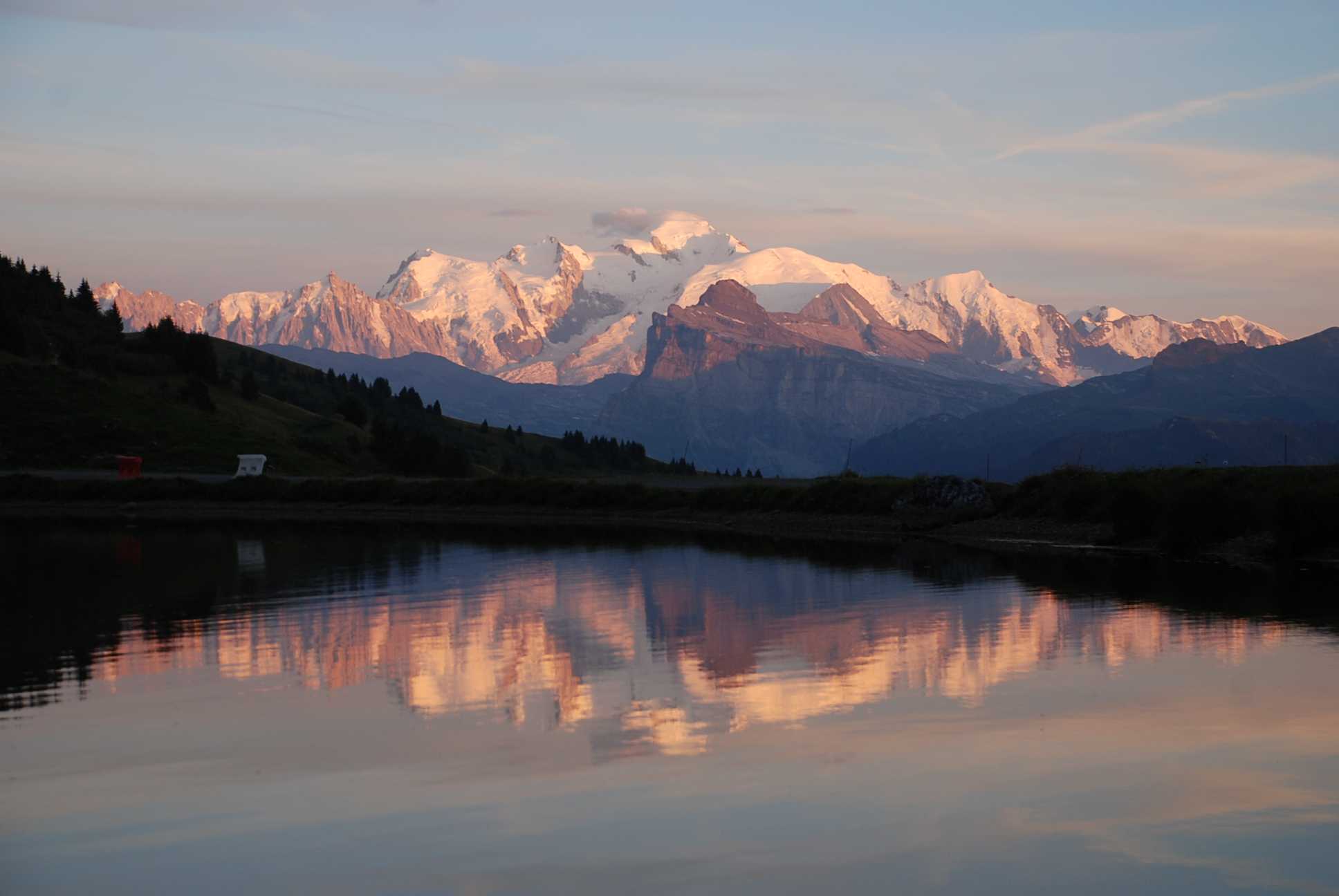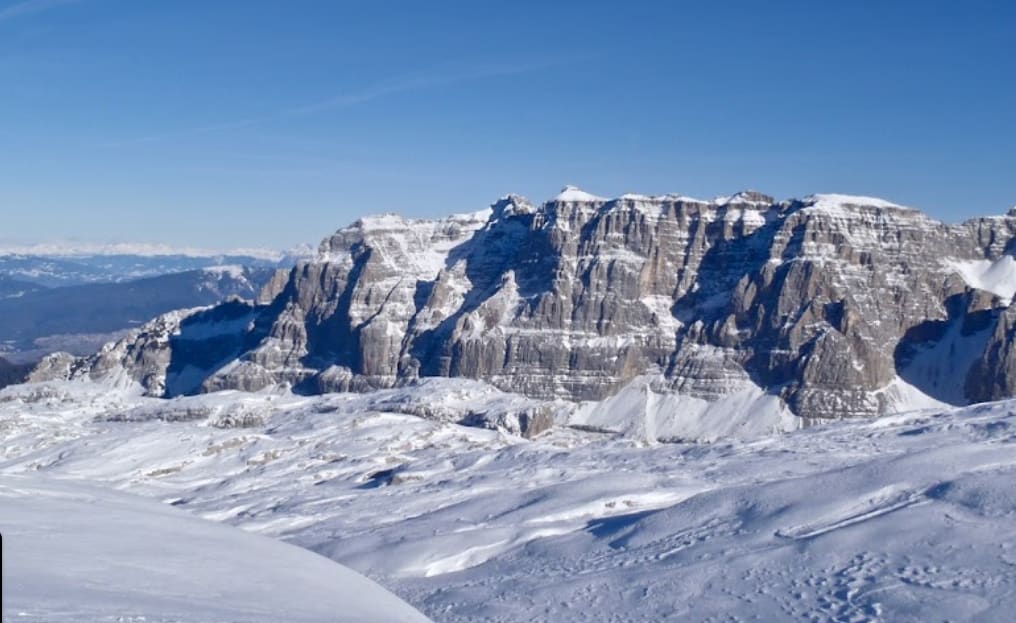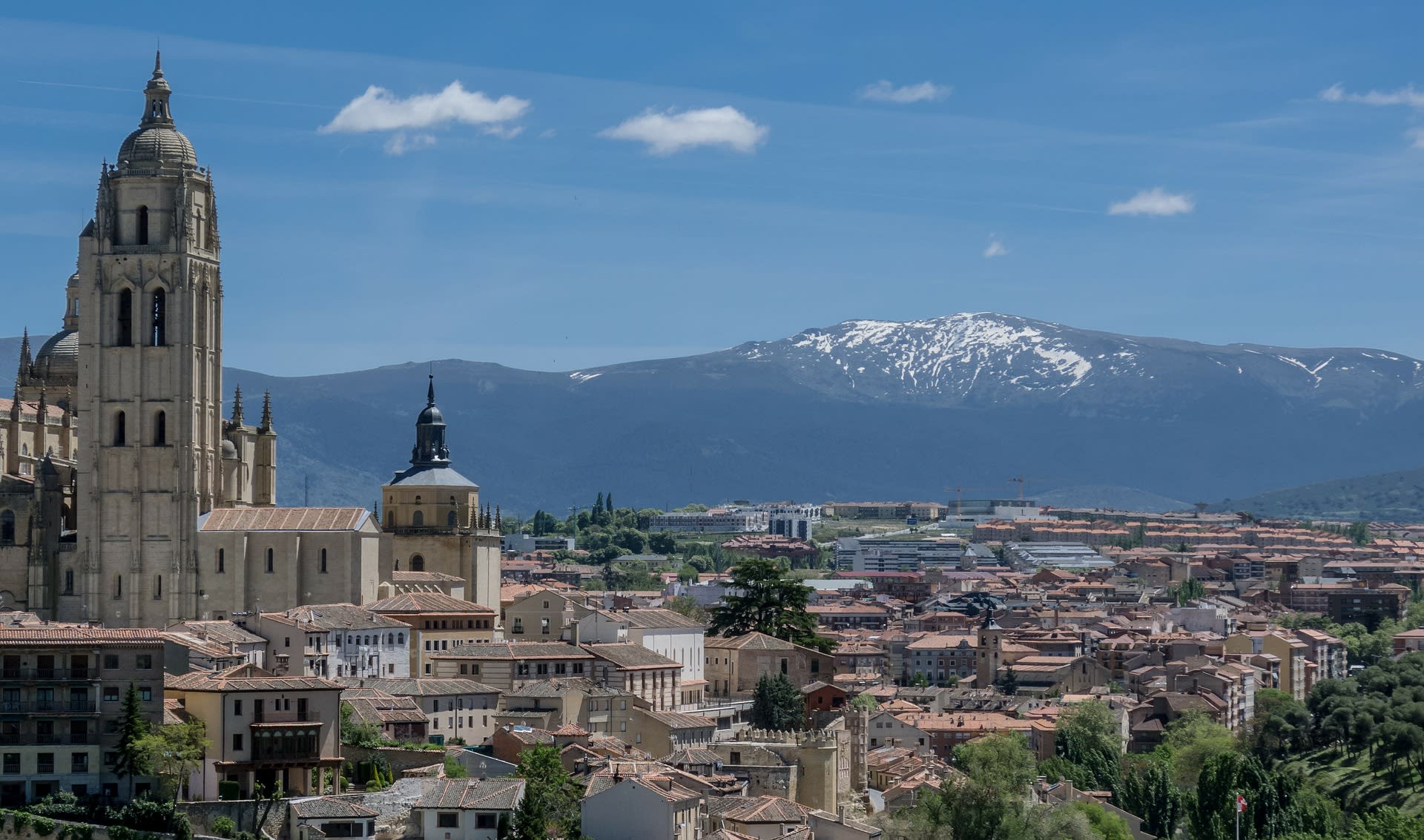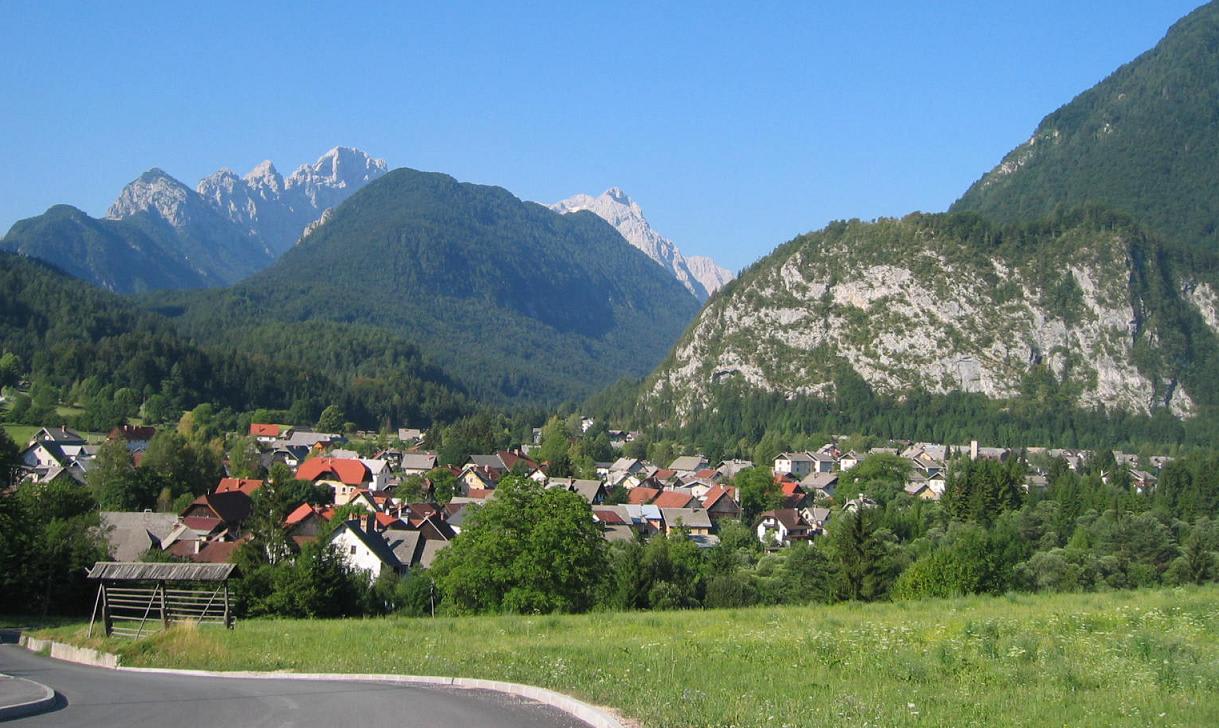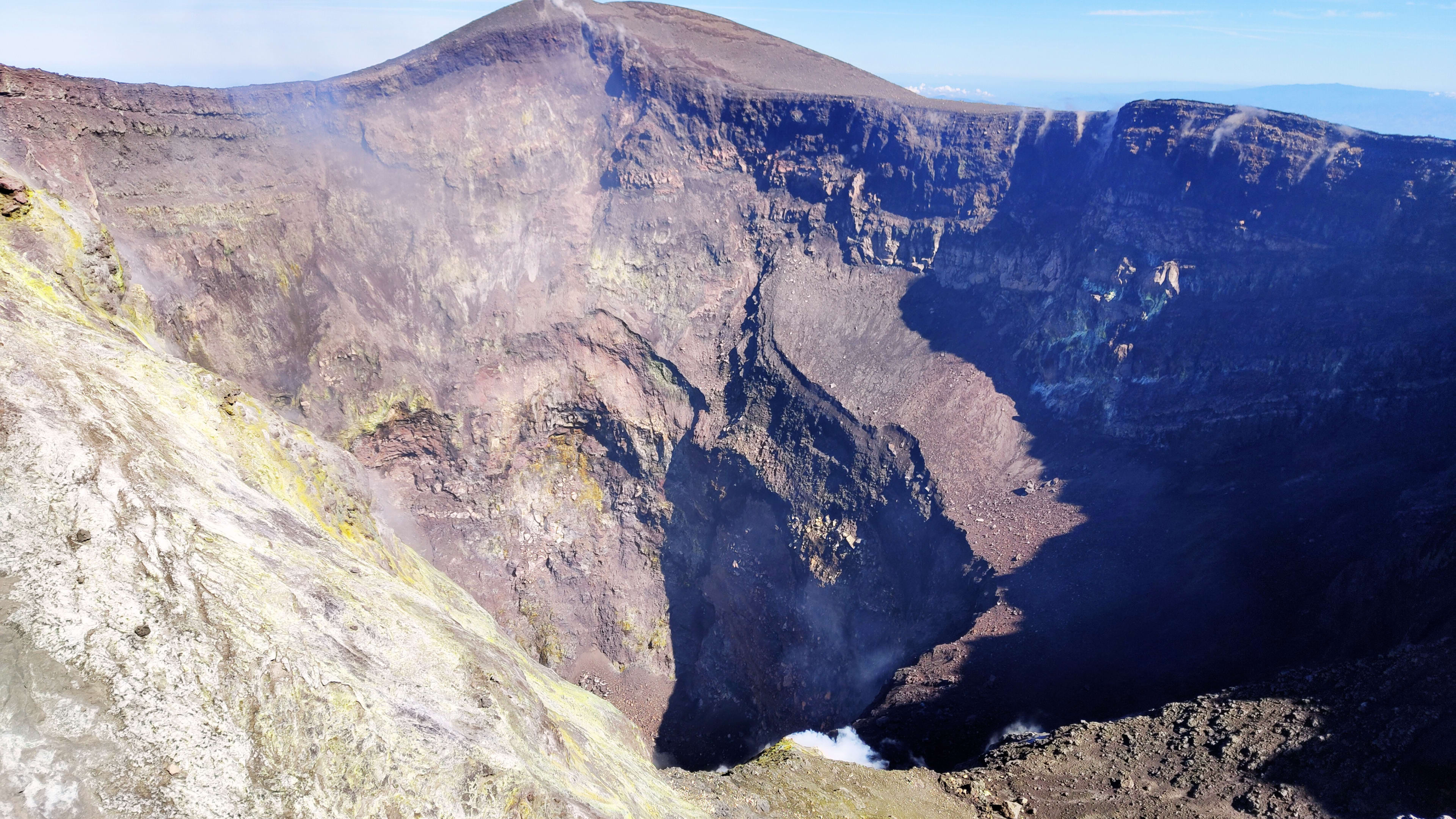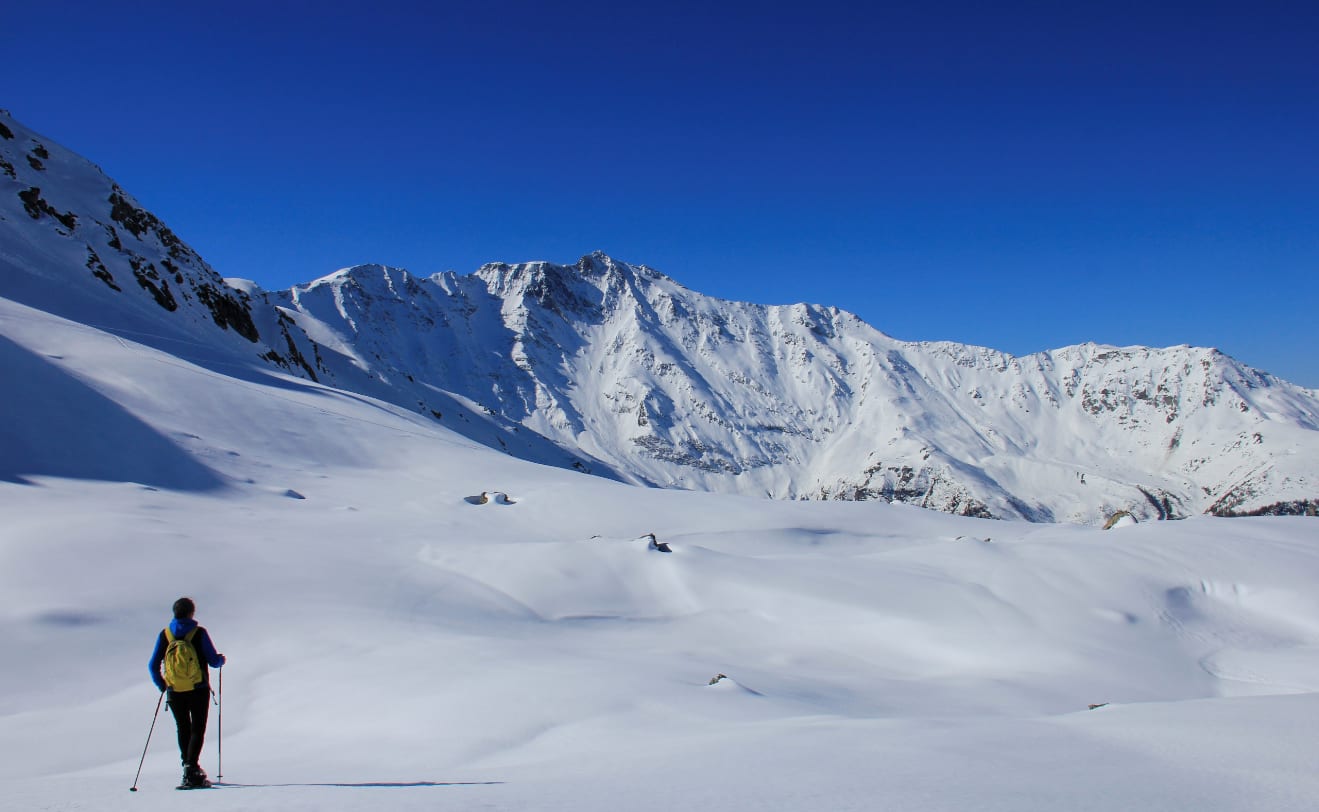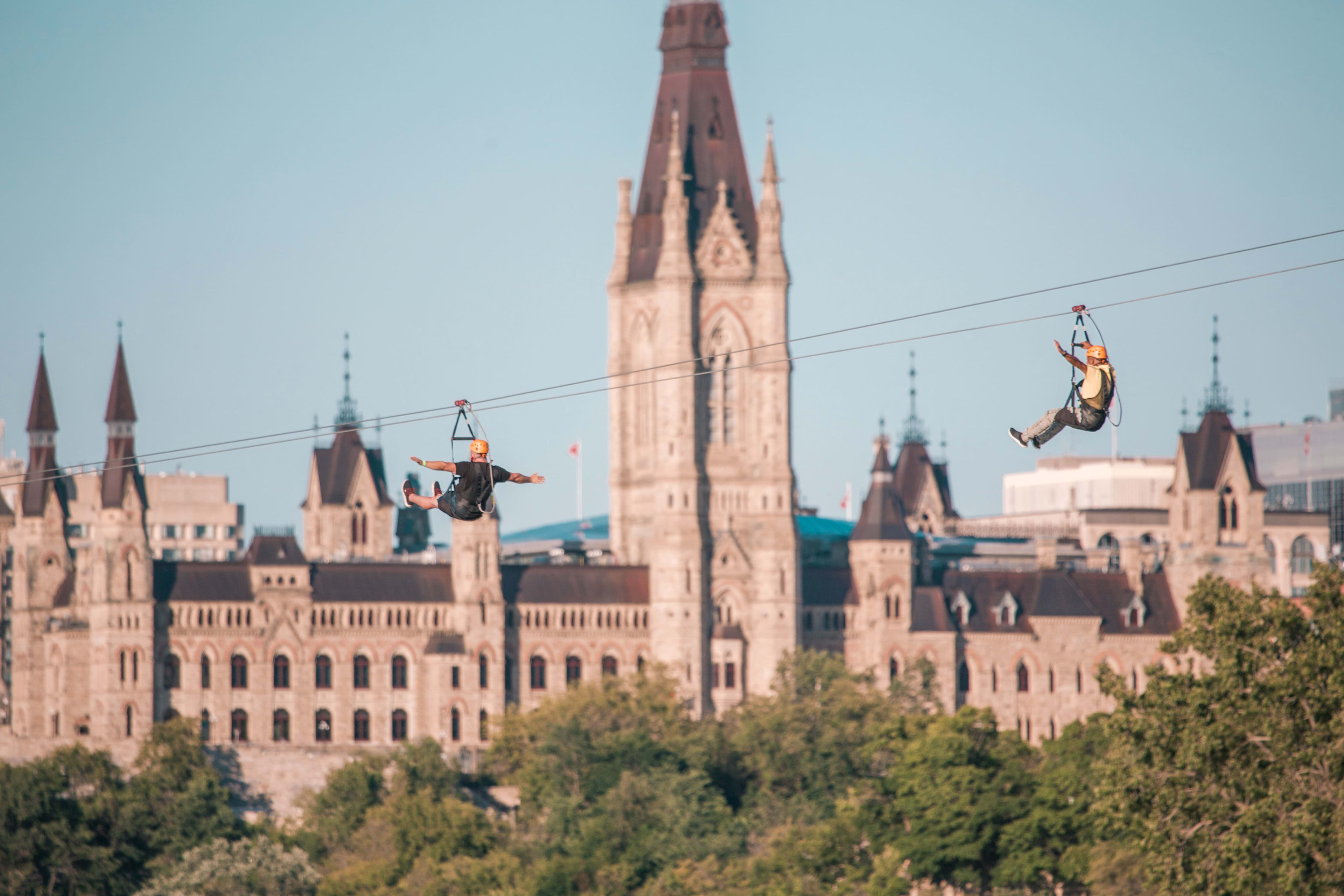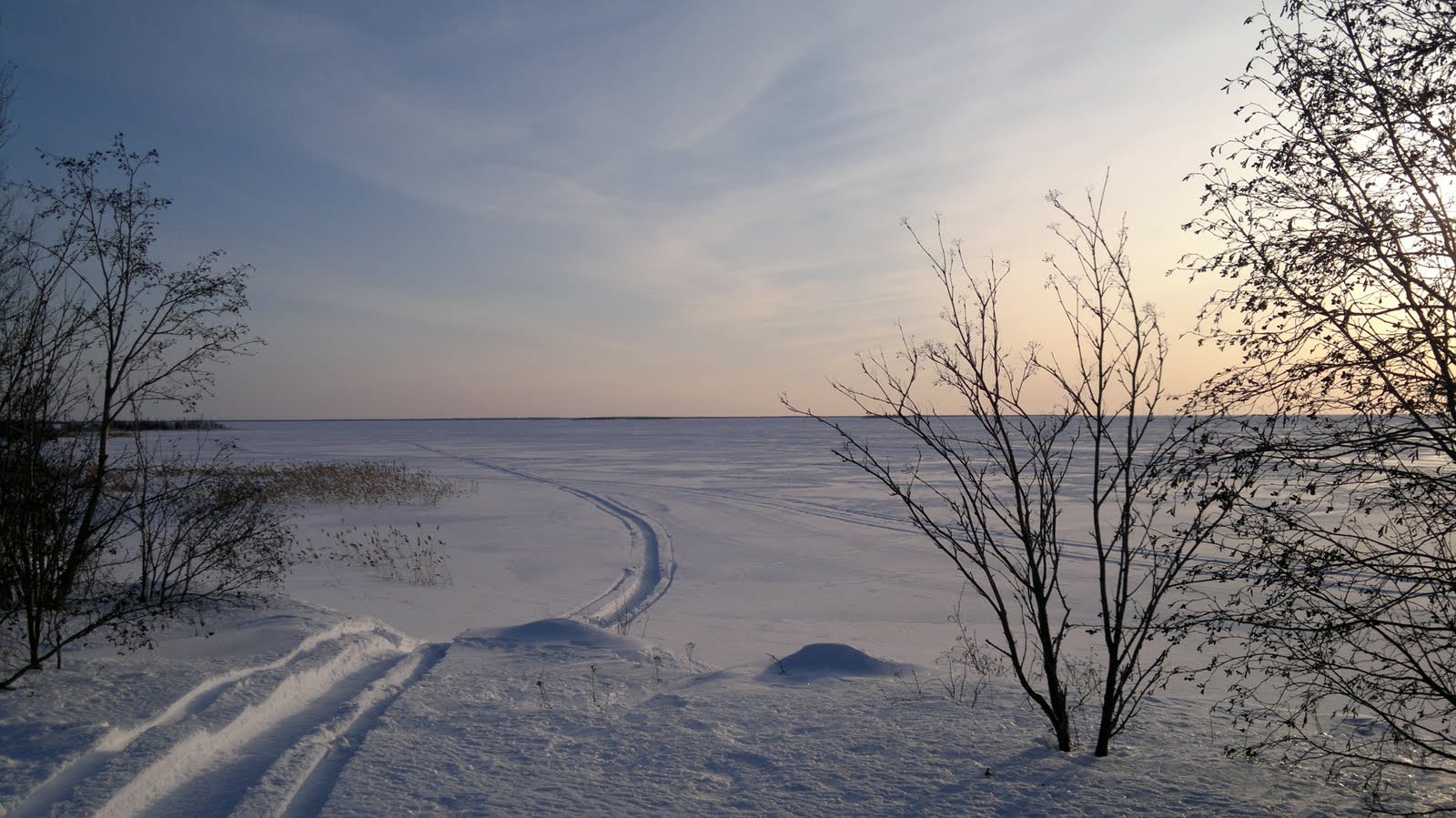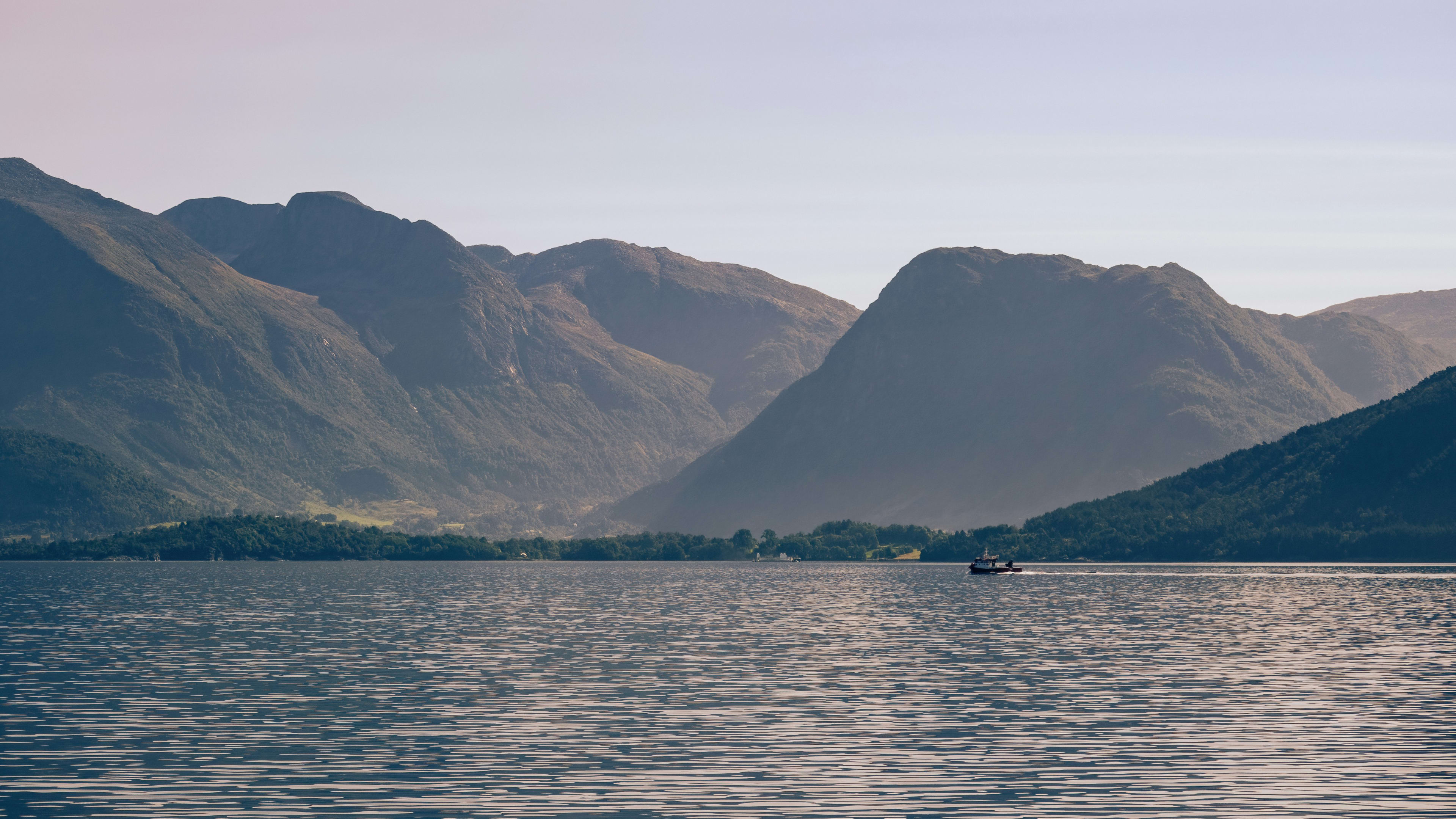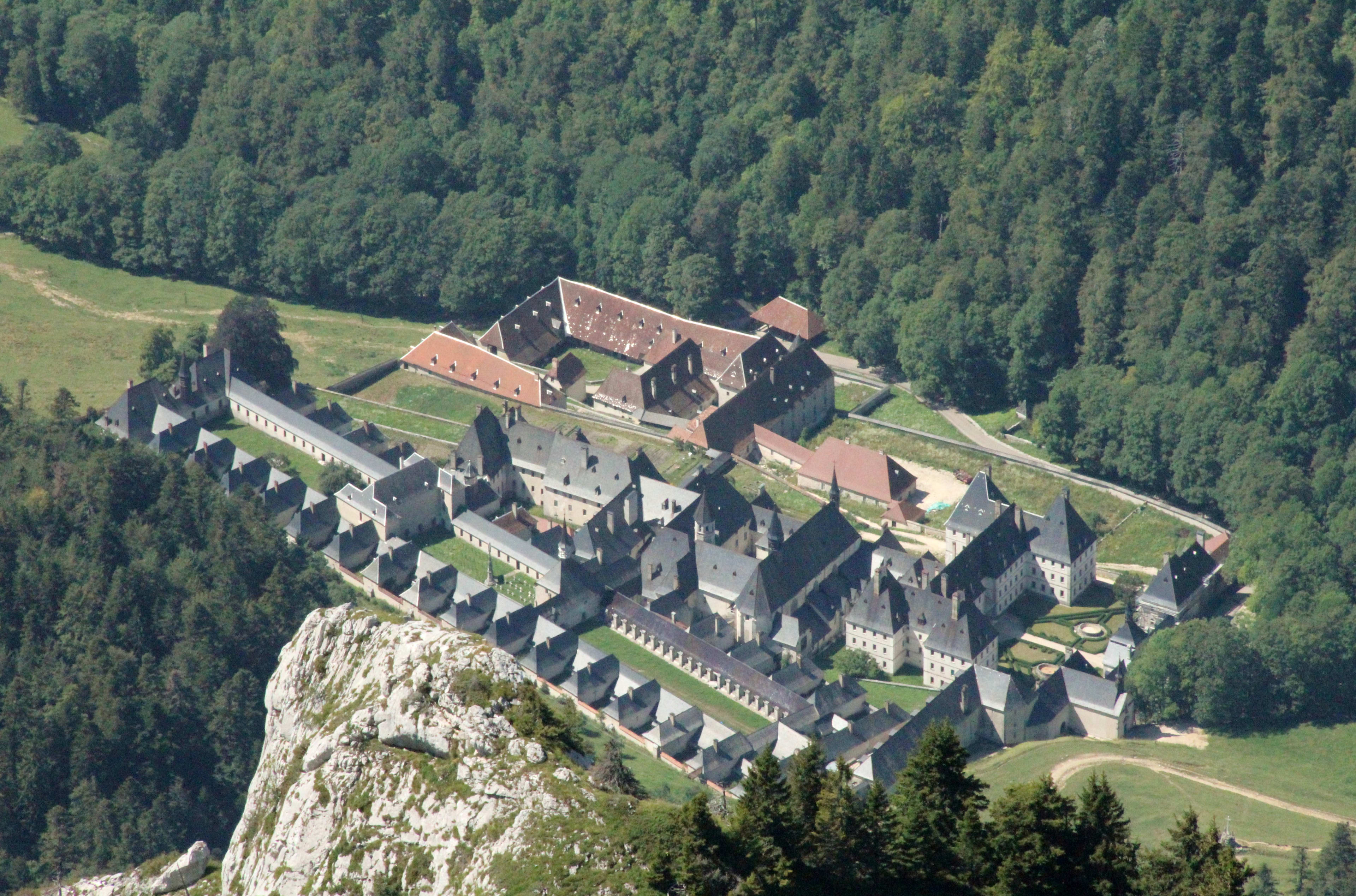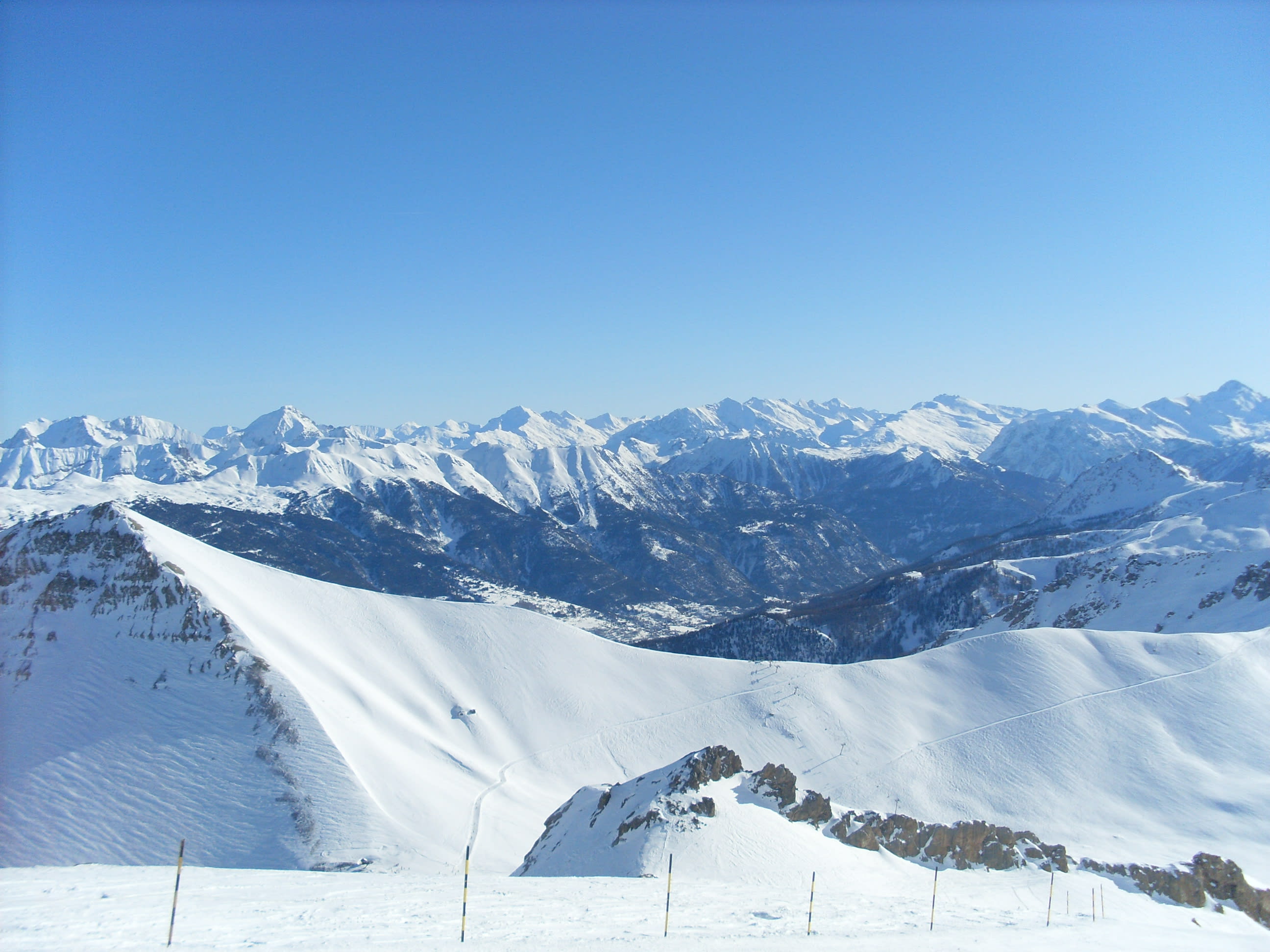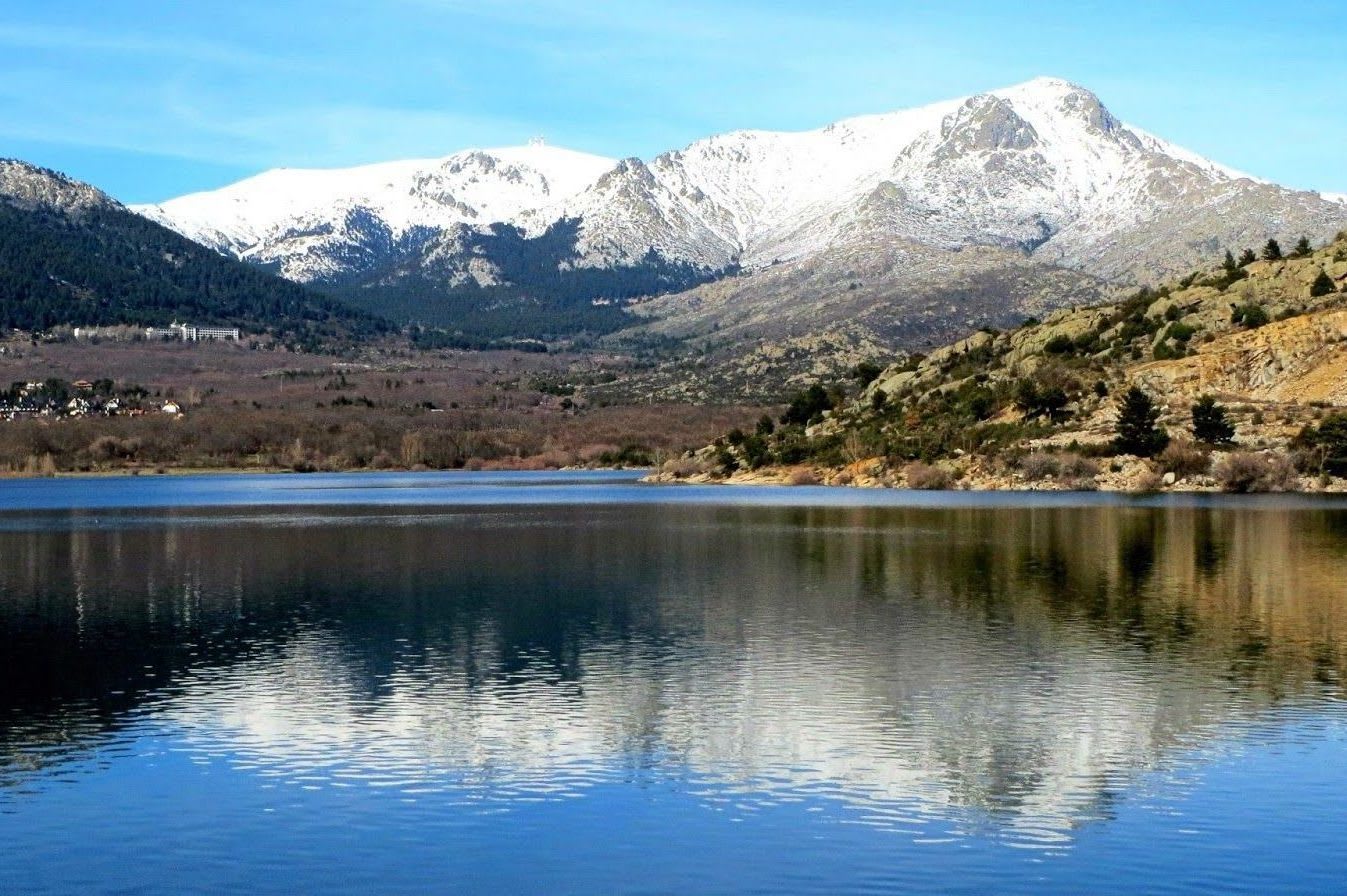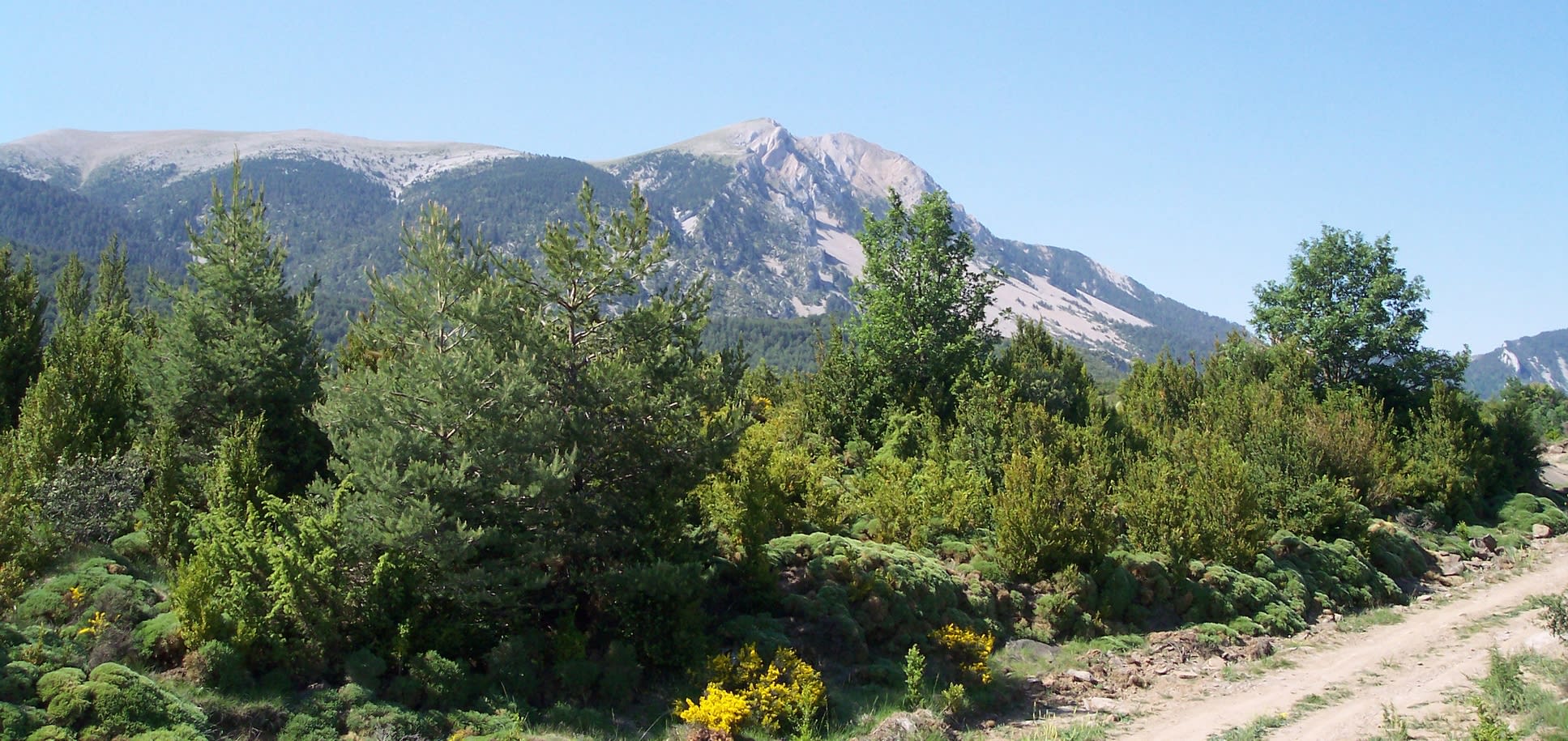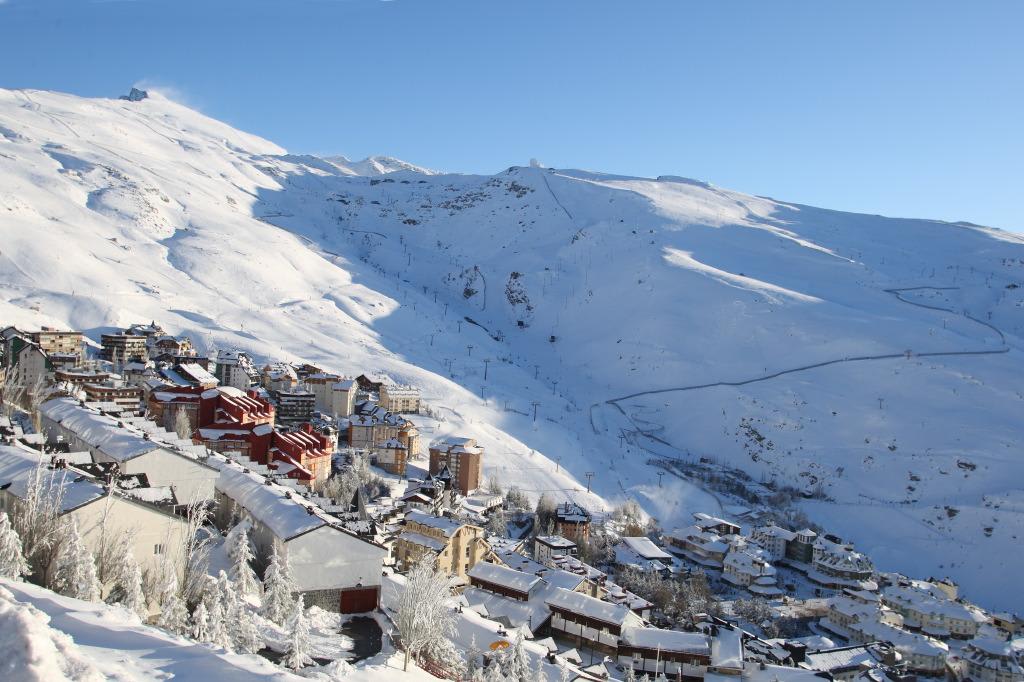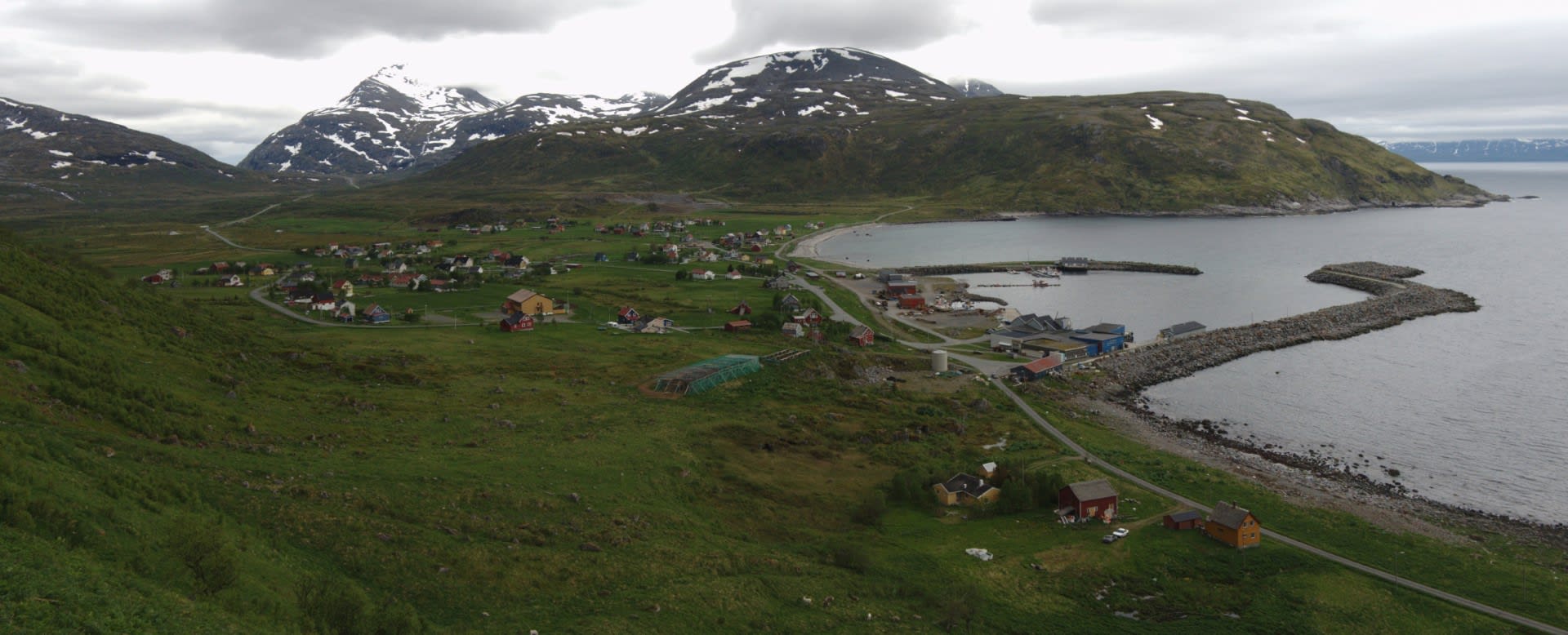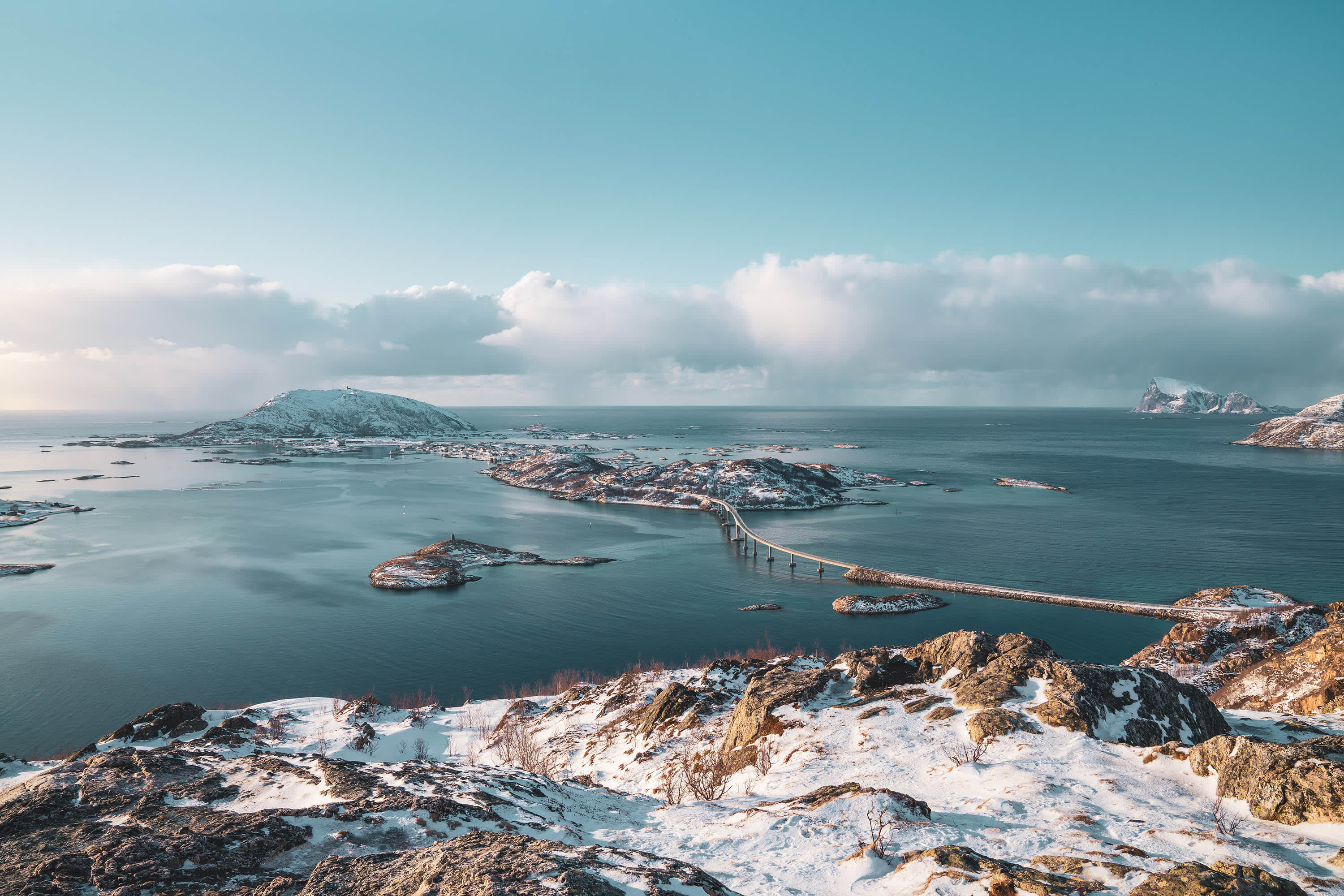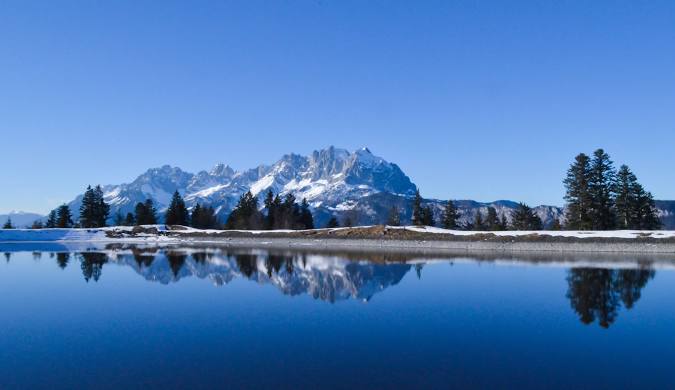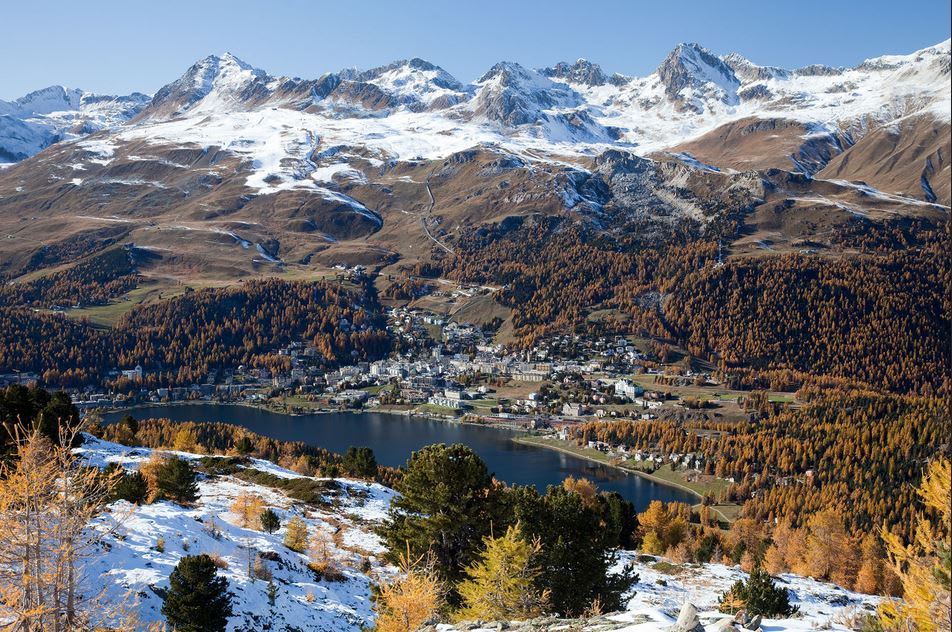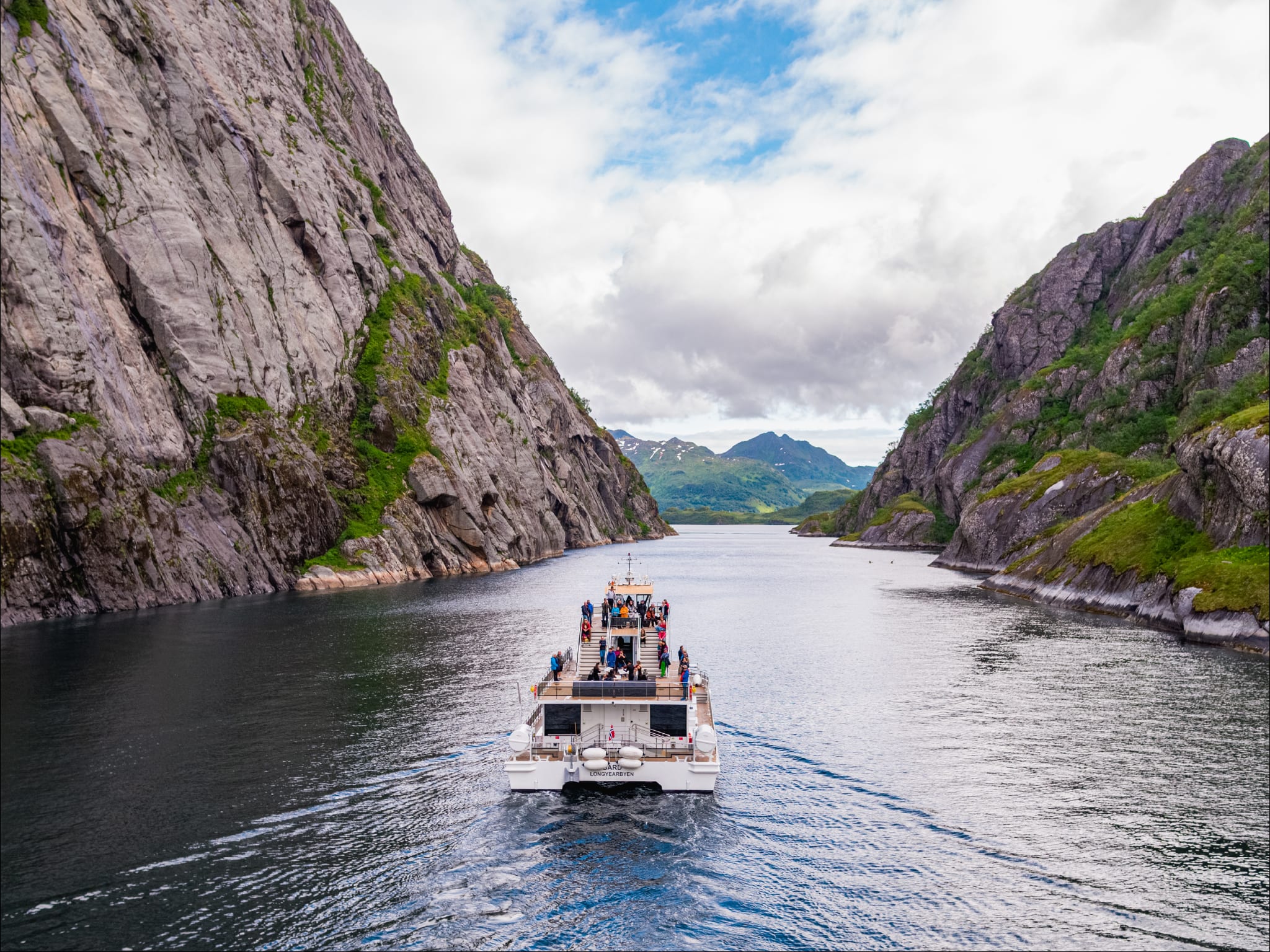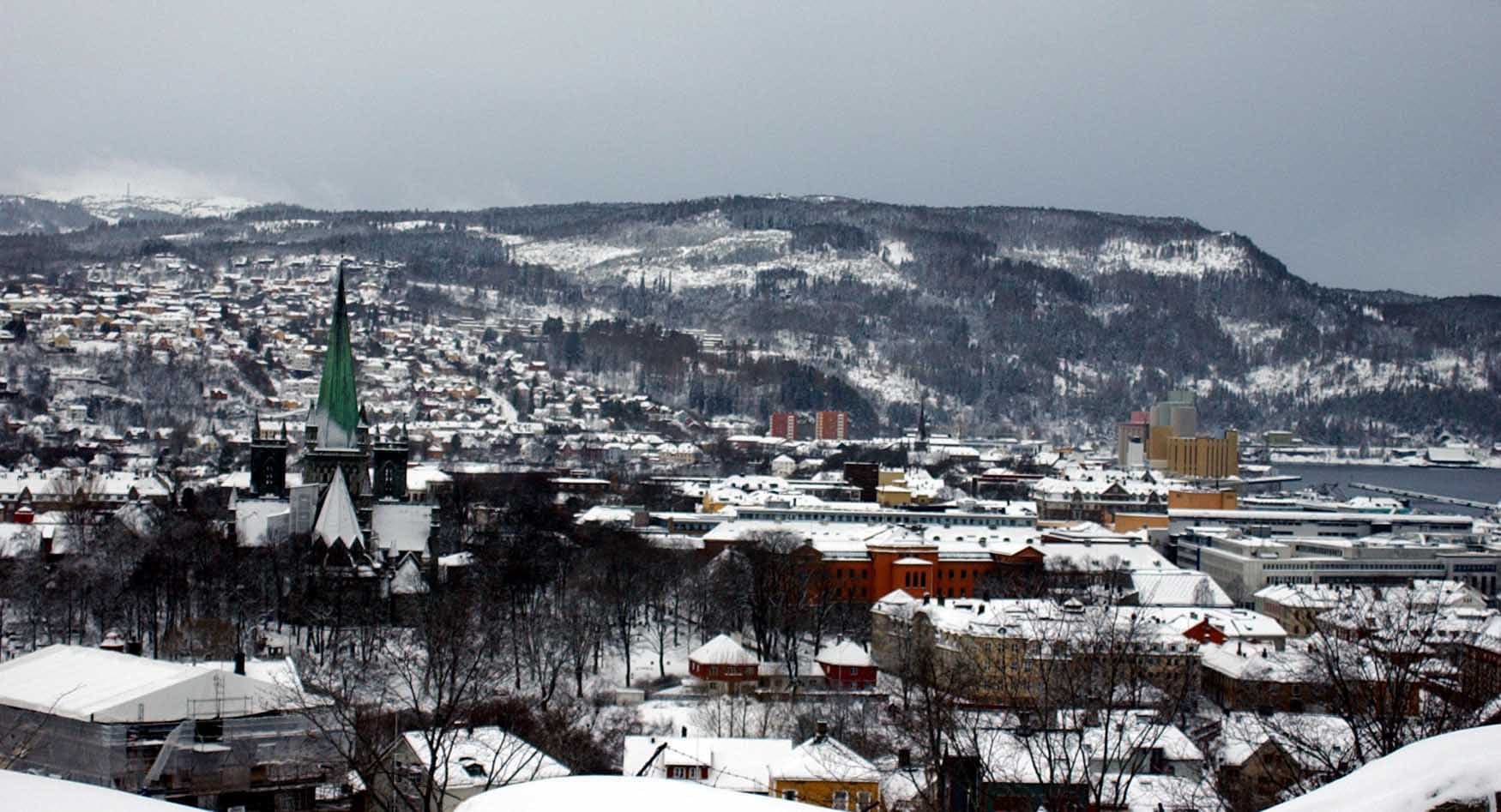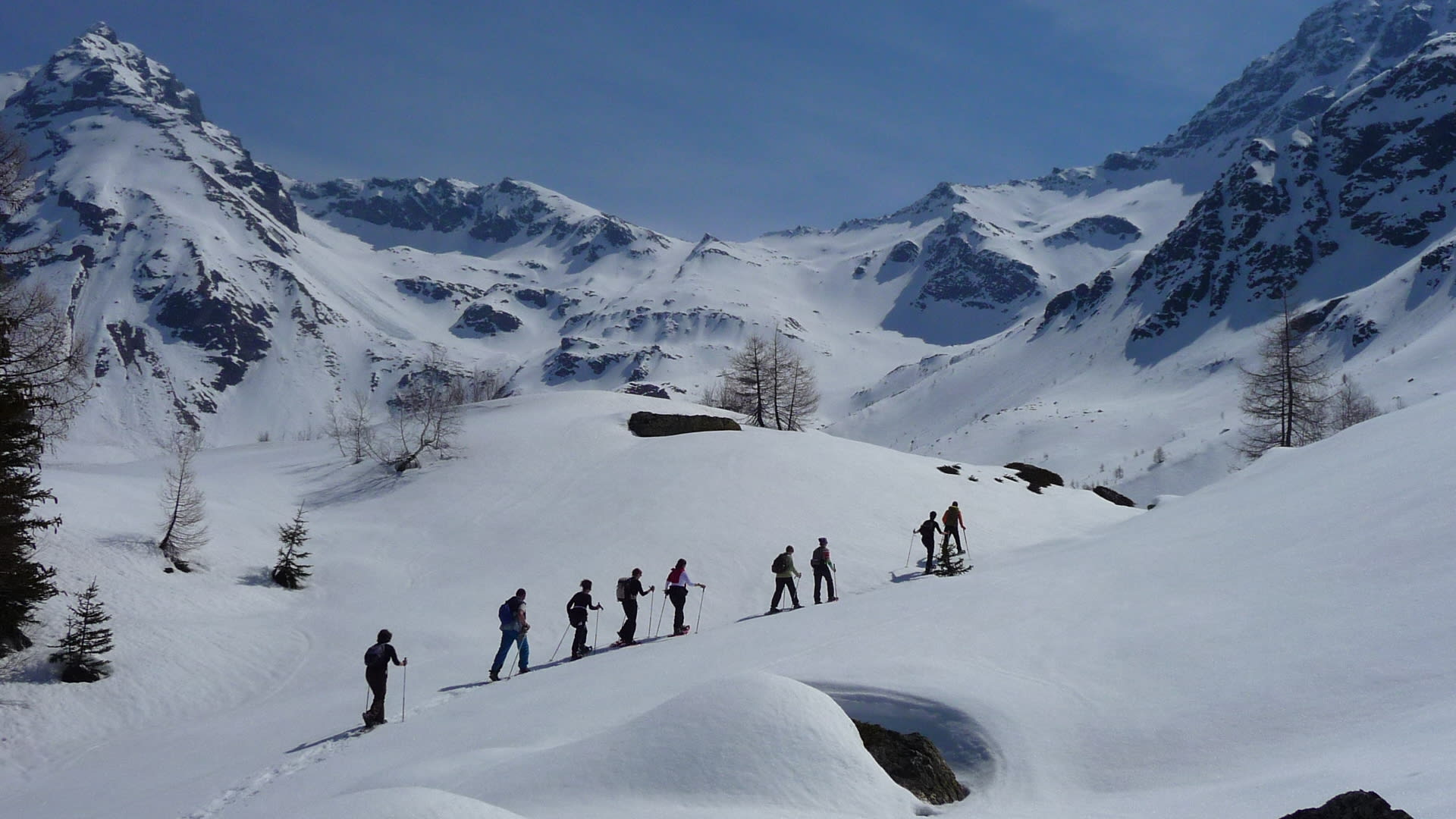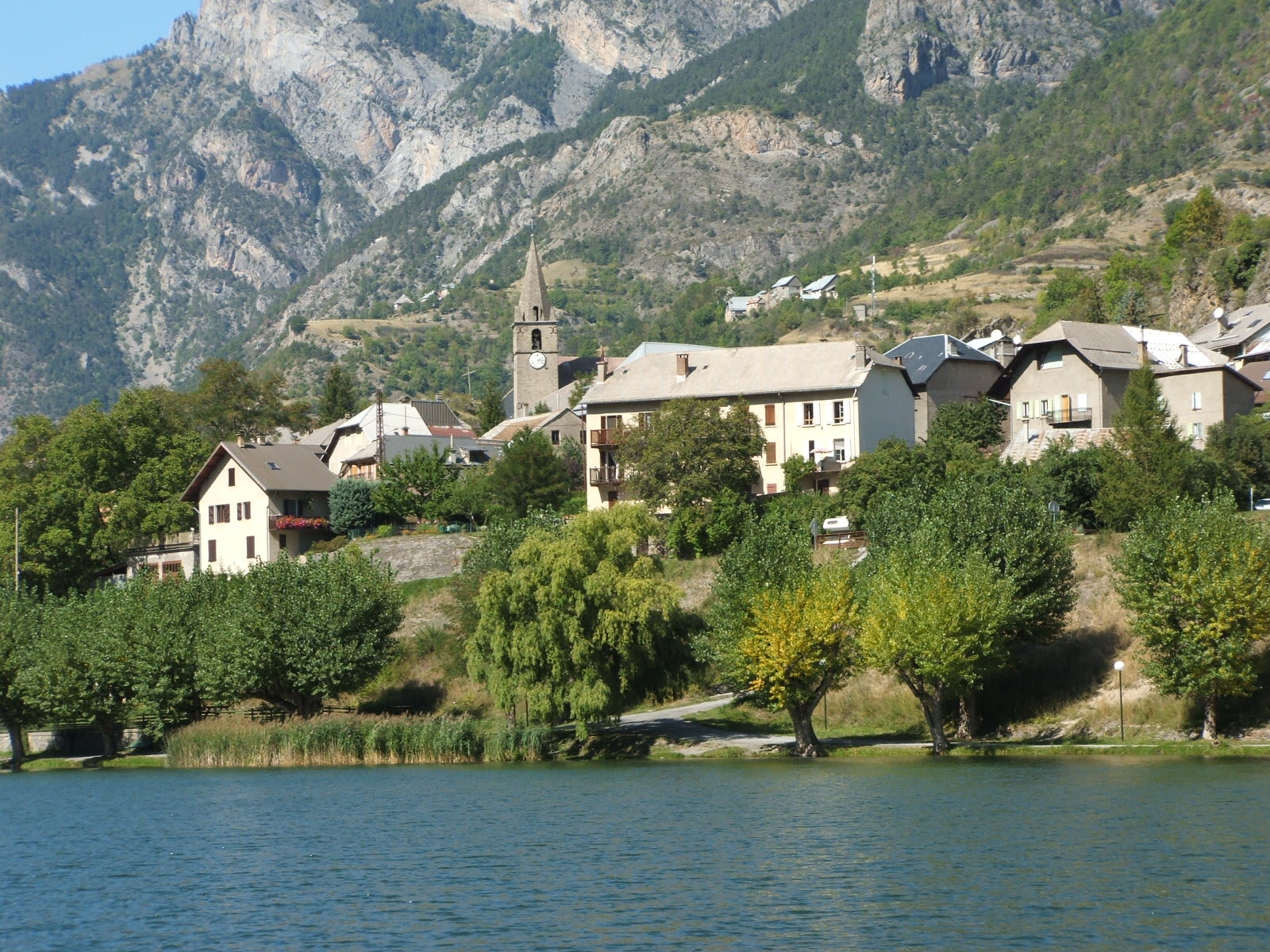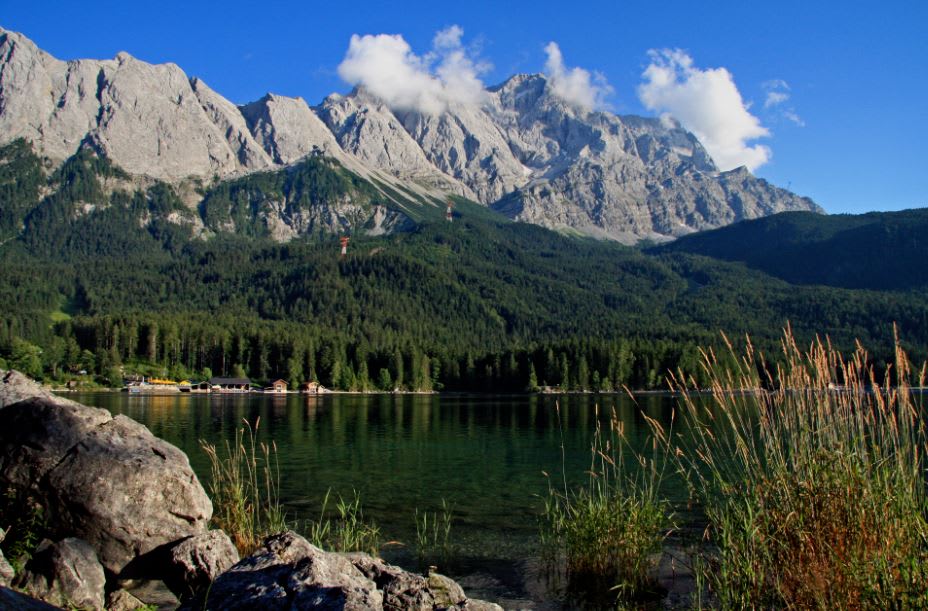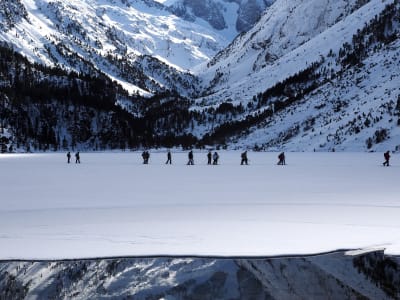
The best Snowshoeing activities
All our Snowshoeing activities

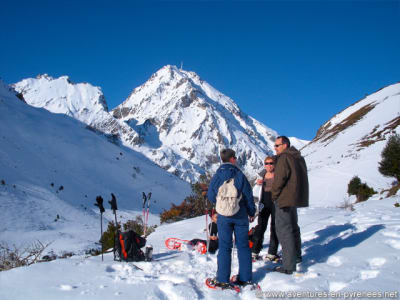
Snowshoeing excursion in Campan valley from La Mongie
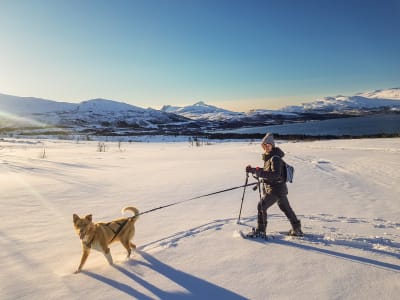
Snowshoe Hike with Huskies in Kvaløya from Tromsø
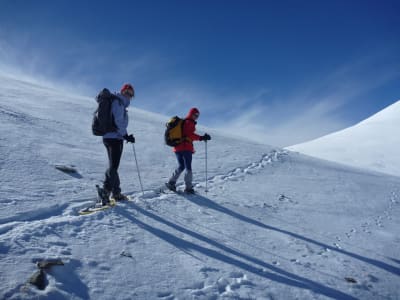
Guided snowshoe hike from Mont-Louis, Font Romeu
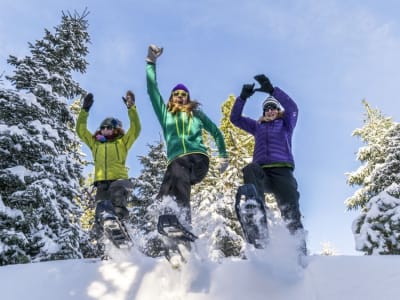
Snowshoeing in Lapland near Rovaniemi
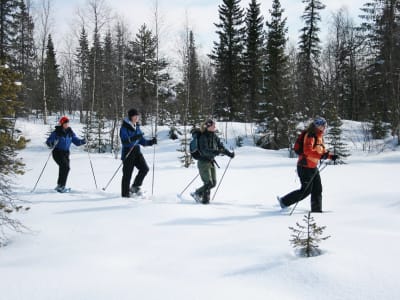
Snowshoeing Excursion in Kiruna
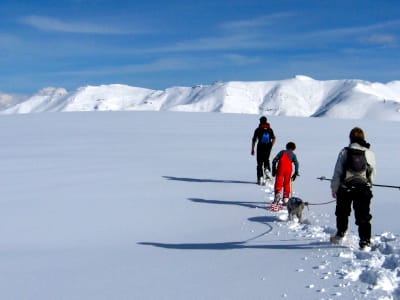
Snowshoeing around Le Lioran, Cantal Massif
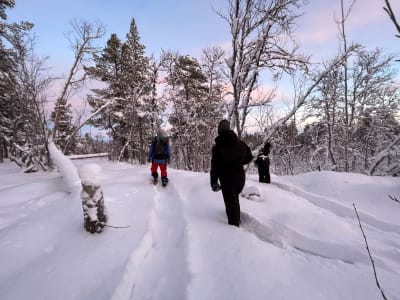
Snowshoeing Excursion from Kiruna
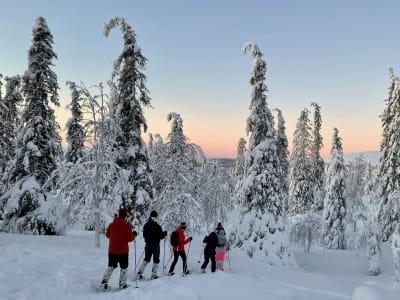
Snowshoeing Excursion in Pallas-Ylästunturi National Park from Levi
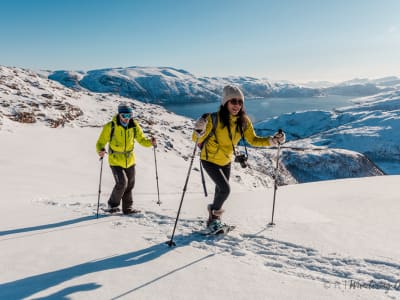
Arctic Wilderness Snowshoe Excursion from Tromsø
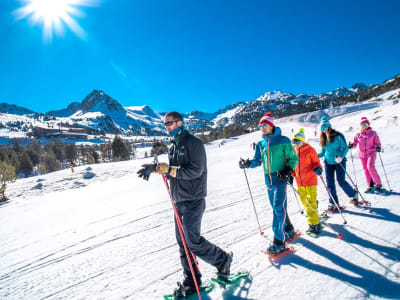
Snowshoeing Excursions in Grandvalira, Andorra
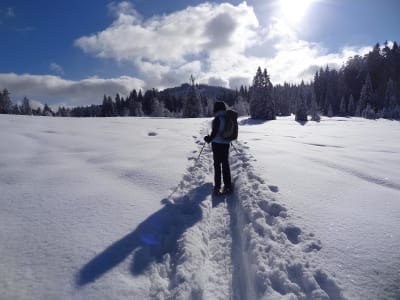
Snowshoeing Excursion in Chamonix near Mont Blanc

Snowshoeing to Gaube Lake from Cauterets

Snowshoeing excursion in Campan valley from La Mongie

Snowshoe Hike with Huskies in Kvaløya from Tromsø

Guided snowshoe hike from Mont-Louis, Font Romeu

Snowshoeing in Lapland near Rovaniemi

Snowshoeing Excursion in Kiruna

Snowshoeing around Le Lioran, Cantal Massif

Snowshoeing Excursion from Kiruna

Snowshoeing Excursion in Pallas-Ylästunturi National Park from Levi

Arctic Wilderness Snowshoe Excursion from Tromsø

Snowshoeing Excursions in Grandvalira, Andorra

Snowshoeing Excursion in Chamonix near Mont Blanc
Snowshoeing: Embrace Winter's Beauty with Every Step
Snowshoeing is one of the most accessible and enjoyable winter activities for outdoor enthusiasts of all levels. Imagine walking through pristine, snowy landscapes, breathing in the crisp winter air, and hearing the crunch of snow underfoot. With snowshoes, you can explore untouched trails, glide across snow-covered meadows, and venture into forests blanketed in white. Whether you're a beginner or a seasoned adventurer, snowshoeing allows you to reconnect with nature, offering peace, tranquillity, and a sense of adventure that few other winter sports can match.
From quiet woodland hikes to challenging alpine treks, snowshoeing is a versatile sport for anyone wanting to explore winter landscapes. Even better, it requires no special skills – if you can walk, you can snowshoe! Plus, snowshoeing is an excellent way to stay fit during the winter months, combining aerobic exercise with stunning views of snowy mountains, forests, and frozen lakes.
The History and Origins of Snowshoeing
Snowshoeing is one of the oldest methods of transportation in snowy regions, with roots stretching back over 6,000 years. Originally used by Indigenous peoples in North America, Asia, and Europe, snowshoes were vital for survival, allowing hunters and traders to travel across deep snow without sinking. Early snowshoes were made from wooden frames laced with rawhide or leather, mimicking the feet of animals like hares and reindeer, which naturally distribute their weight over the snow.
As a crucial survival tool, snowshoes allowed early people to follow game, reach distant settlements, and carry supplies across long distances. Various cultures developed different snowshoe designs suited to their local terrain. In North America, for instance, the Indigenous Cree and Inuit peoples created large, oval-shaped snowshoes ideal for open plains and deep snow, while the Huron and Iroquois tribes favoured smaller, more agile designs for navigating forests.
Over time, snowshoeing evolved from a practical necessity into a recreational activity. In the late 19th and early 20th centuries, European settlers and adventurers in Canada and the United States began to appreciate the sport for leisure and fitness. Today, snowshoeing is enjoyed worldwide as a popular winter pastime, with modern materials and designs making it easier and more comfortable than ever.
The Different Types of Snowshoeing
Snowshoeing can be as easy or as challenging as you make it, depending on where and how you want to explore. From leisurely strolls through snowy woods to extreme mountain treks, there’s a snowshoeing experience for everyone.
Recreational Snowshoeing
Recreational snowshoeing is ideal for beginners and casual hikers who want to enjoy the beauty of winter without too much exertion. It typically involves walking on flat or gently rolling terrain, such as snow-covered meadows, frozen lakes, or well-maintained trails in forests and parks. This type of snowshoeing is perfect for families, couples, or solo adventurers who want to relax, take in the scenery, and experience the peacefulness of winter landscapes.
Backcountry Snowshoeing
For those looking for more of a challenge, backcountry snowshoeing offers an exhilarating experience in more rugged, unmarked terrain. Backcountry trails often take you through mountainous areas, across steep slopes, and into deep, untouched snow. It requires a bit more skill, endurance, and preparation, but the rewards are unmatched – breathtaking views, remote wilderness, and a true sense of adventure. If you're interested in exploring the backcountry, it’s essential to have a good understanding of snow safety, avalanche risks, and navigation.
Snowshoe Running
Snowshoe running is a growing sport that combines the endurance of running with the challenge of navigating through snowy terrain. Special lightweight snowshoes are designed for runners, offering better mobility and speed on packed snow. Snowshoe running can be done on trails, in races, or as a solo activity for fitness enthusiasts who want to stay active in winter. It’s a high-energy workout that tests your endurance, balance, and coordination.
Alpine or Mountaineering Snowshoeing
Alpine snowshoeing takes the sport to new heights – literally. It involves snowshoeing in mountainous regions with steep ascents and descents, often combined with winter hiking or mountaineering. This type of snowshoeing requires specialised equipment, including crampons and trekking poles, to navigate icy, challenging terrain. For experienced adventurers, alpine snowshoeing offers the chance to explore high-altitude landscapes and access remote areas that would be impossible to reach in winter otherwise.
Essential Equipment for Snowshoeing
Unlike some winter sports that require expensive gear and technical expertise, snowshoeing is refreshingly simple. All you need are the right snowshoes, a pair of sturdy boots, and a sense of adventure. However, choosing the correct equipment is crucial for a safe and enjoyable experience, especially if you're venturing into different types of terrain.
Snowshoes
The most important piece of equipment, snowshoes come in different shapes and sizes, depending on the type of snowshoeing you plan to do. Here are the key features to consider:
Frame size and shape: Larger snowshoes provide better flotation on deep snow, while smaller snowshoes offer more manoeuvrability on packed or steep terrain.
Bindings: These secure your boots to the snowshoes. Most bindings are adjustable to fit various boot sizes and provide a snug, comfortable fit.
Crampons and Traction: If you plan to tackle icy or hilly terrain, look for snowshoes with aggressive crampons (metal teeth) on the bottom to provide traction and prevent slipping.
For beginners or recreational snowshoers, lightweight models designed for flat terrain are perfect. If you're heading into the backcountry or mountainous regions, opt for sturdier, more durable models with enhanced traction features.
Footwear
Since snowshoeing often involves walking through deep snow, your choice of footwear is critical. Waterproof winter boots with good insulation are ideal, as they’ll keep your feet warm and dry. Make sure your boots are also compatible with snowshoe bindings. Some snowshoers prefer wearing gaiters (protective coverings) to keep snow out of their boots, especially in deep powder.
Clothing
Dressing in layers is the key to staying comfortable while snowshoeing. Since the activity can be quite physical, you’ll want to wear moisture-wicking base layers to prevent sweat from chilling you. On top of that, wear insulating layers, such as fleece or down, followed by a waterproof and windproof shell jacket. Be sure to bring gloves, a hat, and sunglasses to protect yourself from the elements – especially on bright, sunny days when the snow reflects the sun's rays.
Poles
While not absolutely necessary, trekking poles can provide additional stability, especially on uneven terrain or steep slopes. Many snowshoers use poles to help distribute their weight and maintain balance when traversing snowy trails or ascending hills.
Backpack and Safety Gear
If you're heading into the backcountry, a small backpack with essential safety gear is a must. This should include items such as a map, compass or GPS, headlamp, extra clothing layers, snacks, water, and a first-aid kit. For alpine or mountaineering snowshoeing, you may also need an avalanche beacon, probe, and shovel to ensure your safety in case of an avalanche.
Top Snowshoeing Spots Around the World
Snowshoeing offers a wonderful opportunity to explore some of the world’s most beautiful winter landscapes. From the majestic peaks of the Rockies to the serene forests of Scandinavia, here are some of the best places to snowshoe:
Banff National Park, Canada
Located in the heart of the Canadian Rockies, Banff National Park is a snowshoer's paradise. With its towering mountains, frozen lakes, and abundant wildlife, Banff offers a wide range of snowshoeing trails for all skill levels. Some popular routes include the Johnson Lake Trail and the Bow River Loop, both offering stunning views of the surrounding peaks.
The Dolomites, Italy
The Italian Dolomites offer dramatic winter landscapes perfect for alpine snowshoeing. This UNESCO World Heritage site is home to deep valleys, rugged cliffs, and rolling snow-covered hills. Snowshoeing here allows you to experience a peaceful side of the Dolomites, far away from the ski resorts, while enjoying breathtaking views.
Tromsø, Norway
If you’re dreaming of a snowshoeing adventure under the northern lights, Tromsø in Norway is the place to be. Located above the Arctic Circle, this winter wonderland offers incredible snowshoeing experiences, from traversing snowy fjords to climbing mountain peaks. Snowshoeing in Tromsø allows you to explore remote Arctic landscapes while witnessing the magical auroras dancing overhead.
Rocky Mountain National Park, USA
One of the most iconic national parks in the United States, Rocky Mountain National Park in Colorado offers endless snowshoeing opportunities. From beginner-friendly trails around Bear Lake to more challenging routes like the Chasm Lake Trail, snowshoeing in the Rockies lets you discover the park’s hidden beauty in winter.
Chamonix, France
Nestled at the foot of Mont Blanc, Chamonix is world-renowned for its alpine sports, but it’s also an excellent destination for snowshoeing. With trails that wind through snow-covered meadows, across alpine forests, and up to breathtaking mountain viewpoints, Chamonix offers a mix of serene walks and challenging treks for snowshoeing enthusiasts.
Vocabulary and Technical Terms for Snowshoeing
Understanding the basics of snowshoeing jargon can enhance your experience and help you communicate more effectively with guides or fellow snowshoers.
Flotation: The ability of the snowshoe to distribute your weight evenly across the snow, preventing you from sinking too deeply.
Heel lift: A feature on some snowshoes that can be engaged to raise the heel, reducing strain on the calves during uphill climbs.
Binding: The mechanism that secures your boot to the snowshoe. Good bindings should be easy to adjust and provide a snug fit.
Crampon: Metal spikes located on the bottom of snowshoes that provide traction on icy or steep terrain.
The Benefits of Snowshoeing
Snowshoeing is not only a fun and relaxing way to spend time outdoors in winter, but it also offers numerous physical and mental benefits.
Full-Body Workout
Snowshoeing is a low-impact, aerobic exercise that engages your legs, core, and even upper body if you use poles. The resistance of walking through snow provides a more intense workout than regular hiking, helping to build strength and endurance.
Improved Cardiovascular Health
Like most aerobic activities, snowshoeing is excellent for cardiovascular health. The steady pace and physical effort required to traverse snow help to improve heart health, boost metabolism, and burn calories.
Stress Relief
Being outdoors in nature is a proven way to reduce stress, and snowshoeing allows you to immerse yourself in peaceful, wintery surroundings. The rhythmic motion of walking through snow, combined with the beauty of nature, can help clear your mind and promote relaxation.
Tips for Getting Started with Snowshoeing
Ready to try snowshoeing for yourself? Here are some tips to help you get started on the right foot.
Rent Snowshoes First
If you're new to snowshoeing, consider renting snowshoes before buying your own pair. This allows you to try different styles and sizes to see what works best for you. Many outdoor centres and ski resorts offer snowshoe rentals and guided tours, making it easy to get started.
Start on Easy Terrain
Begin with flat, well-groomed trails to get used to walking in snowshoes. Once you feel comfortable, you can gradually move on to more challenging routes.
Dress Appropriately
Layering is key when snowshoeing. Start with a moisture-wicking base layer, followed by an insulating mid-layer, and finish with a waterproof, windproof outer layer. Don’t forget warm gloves, a hat, and sunglasses or goggles to protect your eyes from the glare of the snow.
Stay Safe
If you're venturing into the backcountry or more remote areas, always check the weather forecast, carry essential safety gear, and let someone know your plans. If you're unsure about avalanche risks or navigation, consider going with a guide.
Embrace Winter Adventures: Start Snowshoeing Today!
Snowshoeing is a fun, accessible way to explore the beauty of winter while staying active. Whether you’re seeking a peaceful hike through snowy woods or an adventurous trek in the mountains, this versatile winter sport offers something for everyone. With the right gear and a sense of adventure, snowshoeing can become a new favourite way to embrace the magic of winter. Ready to try it for yourself? Visit Manawa to book your next snowshoeing adventure today!
You're in good hands with Manawa.
We are dedicated to make your outdoor activities extraordinary. Benefit from expert advice, friendly service, and live unforgettable moments with Manawa.
